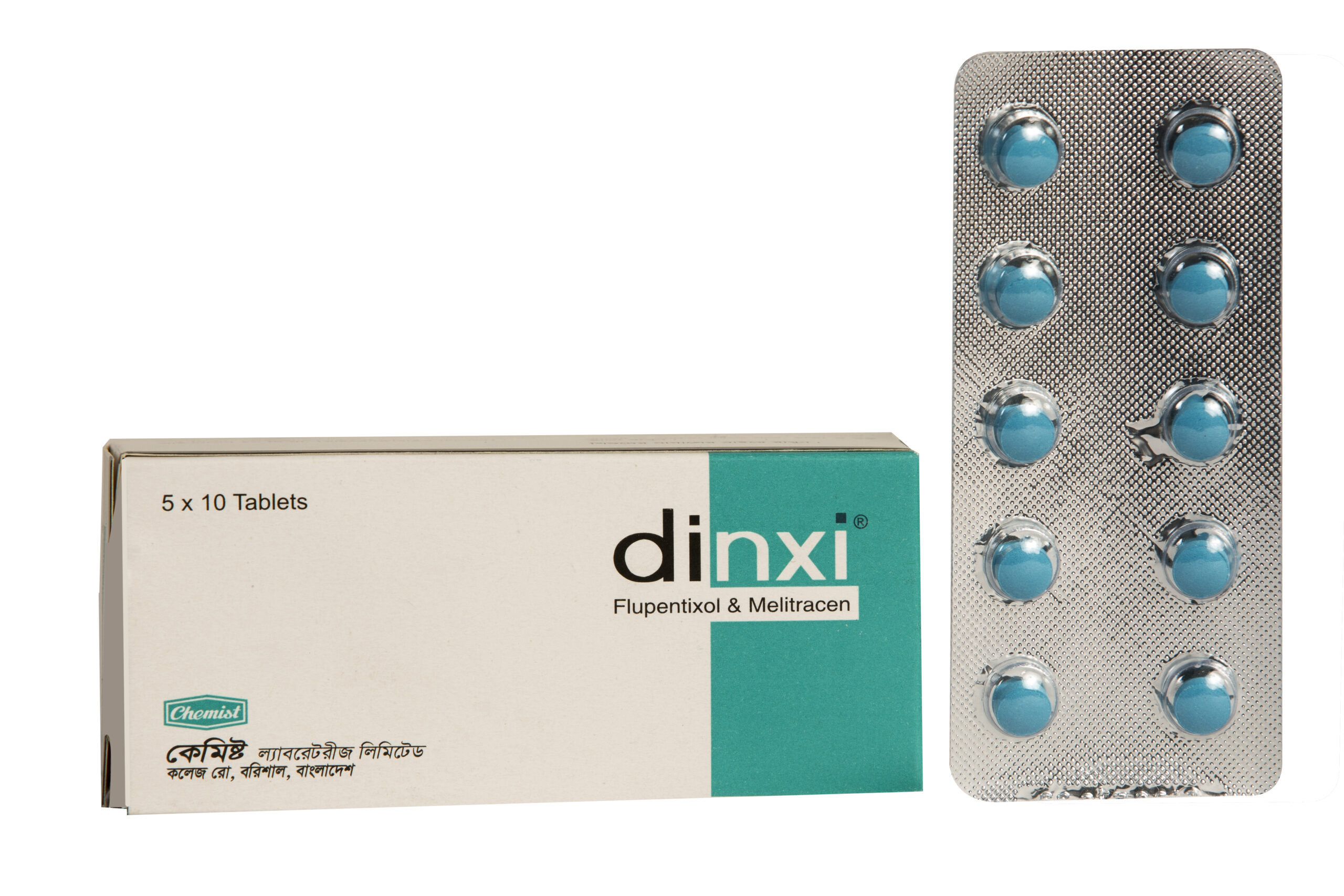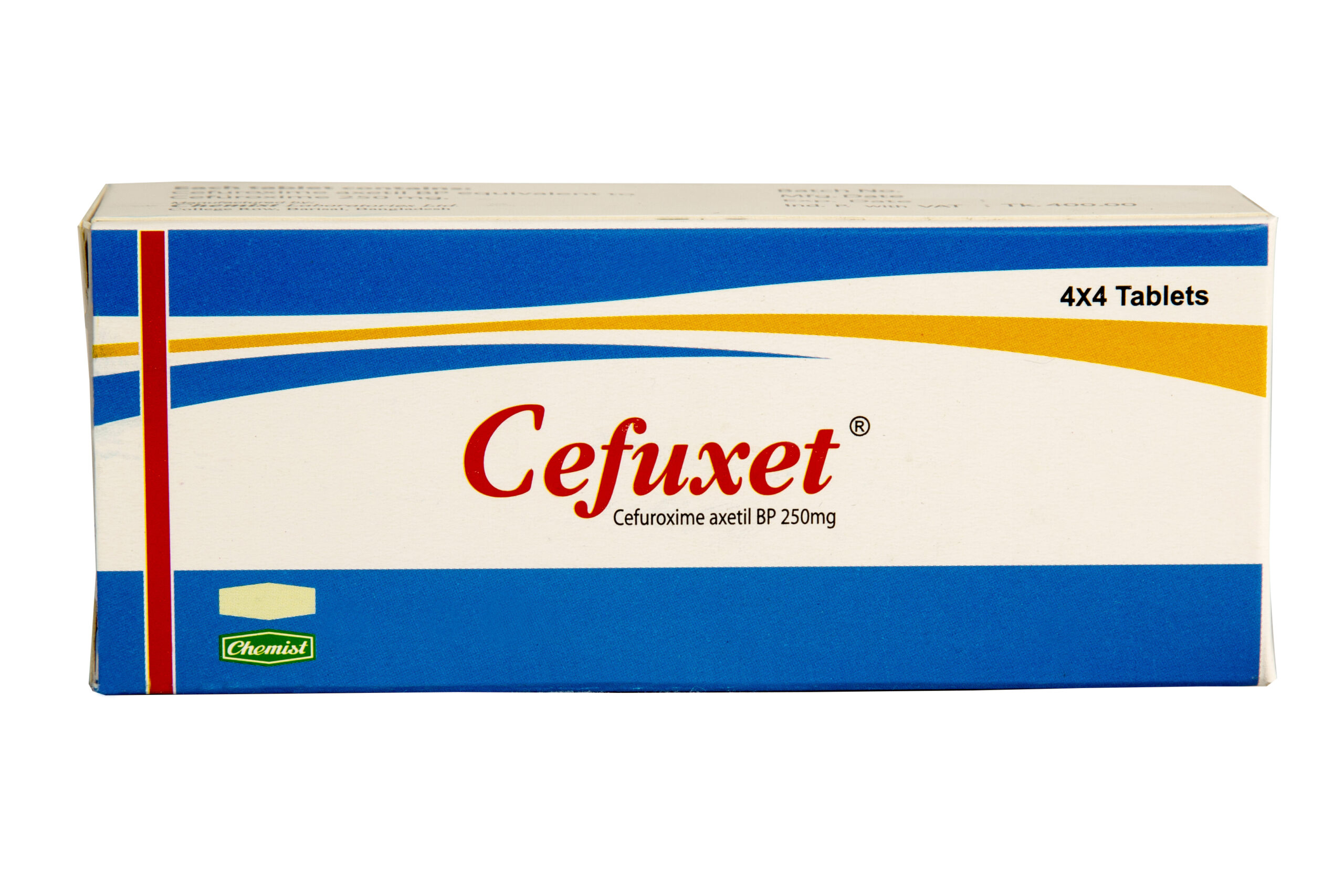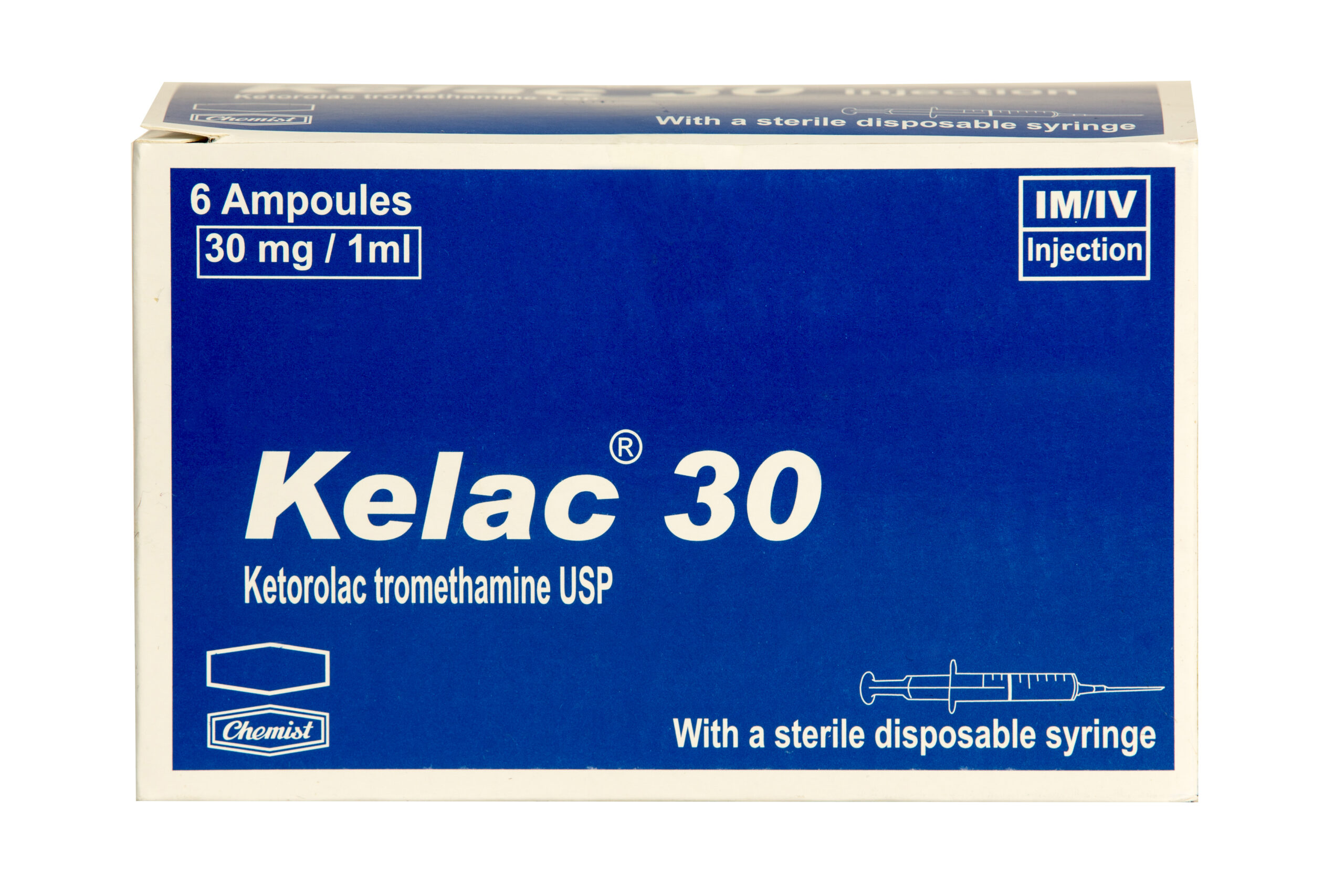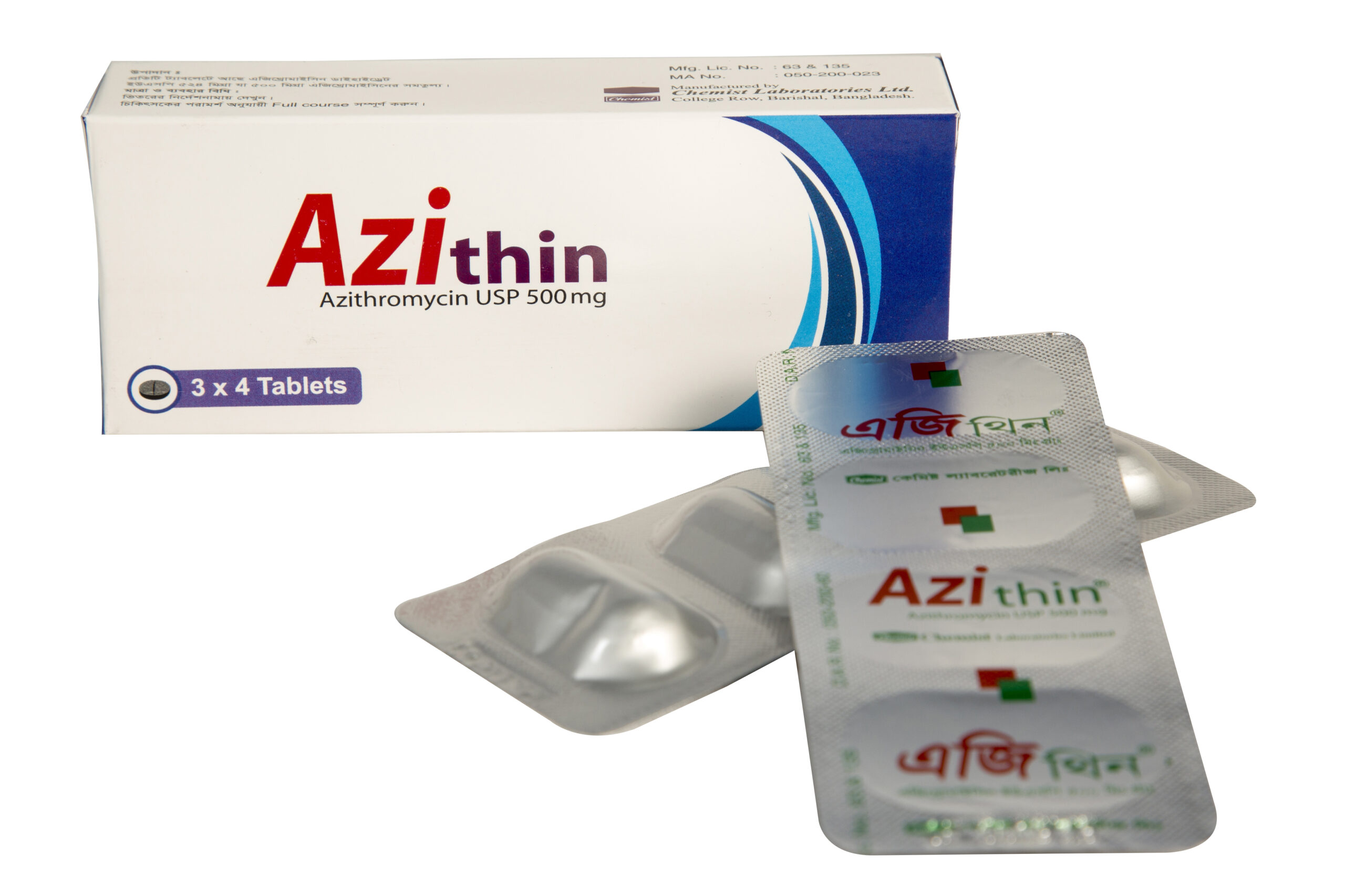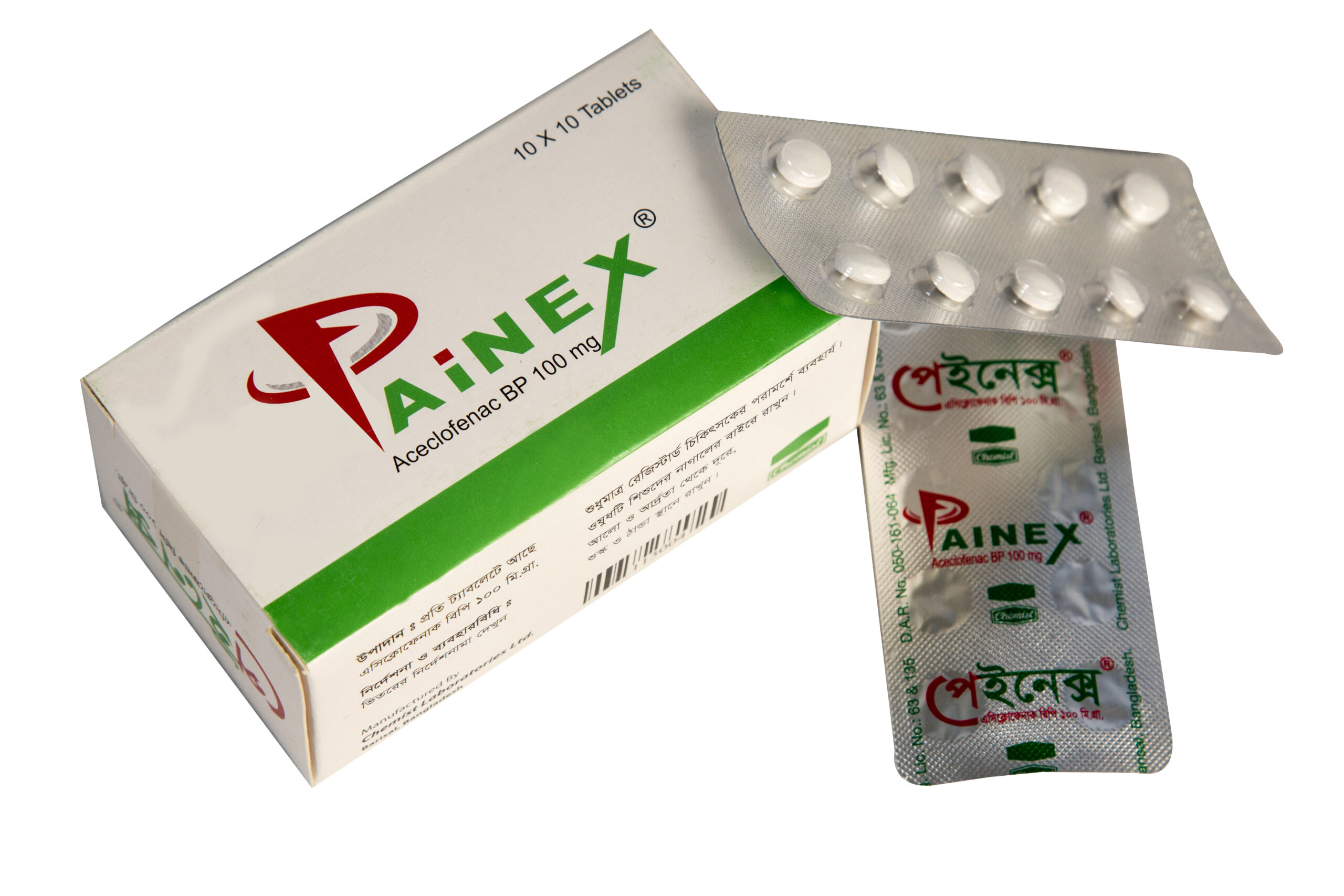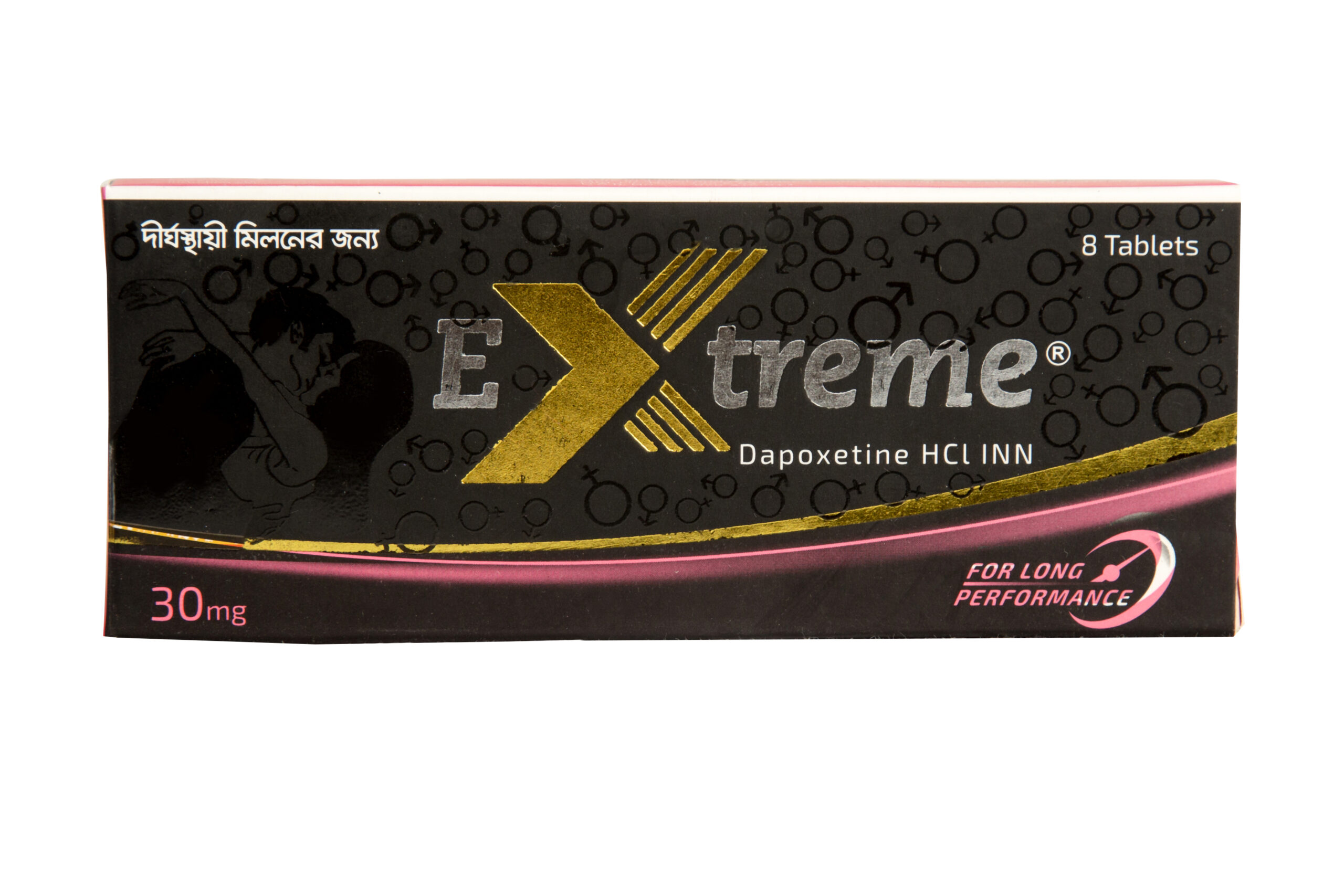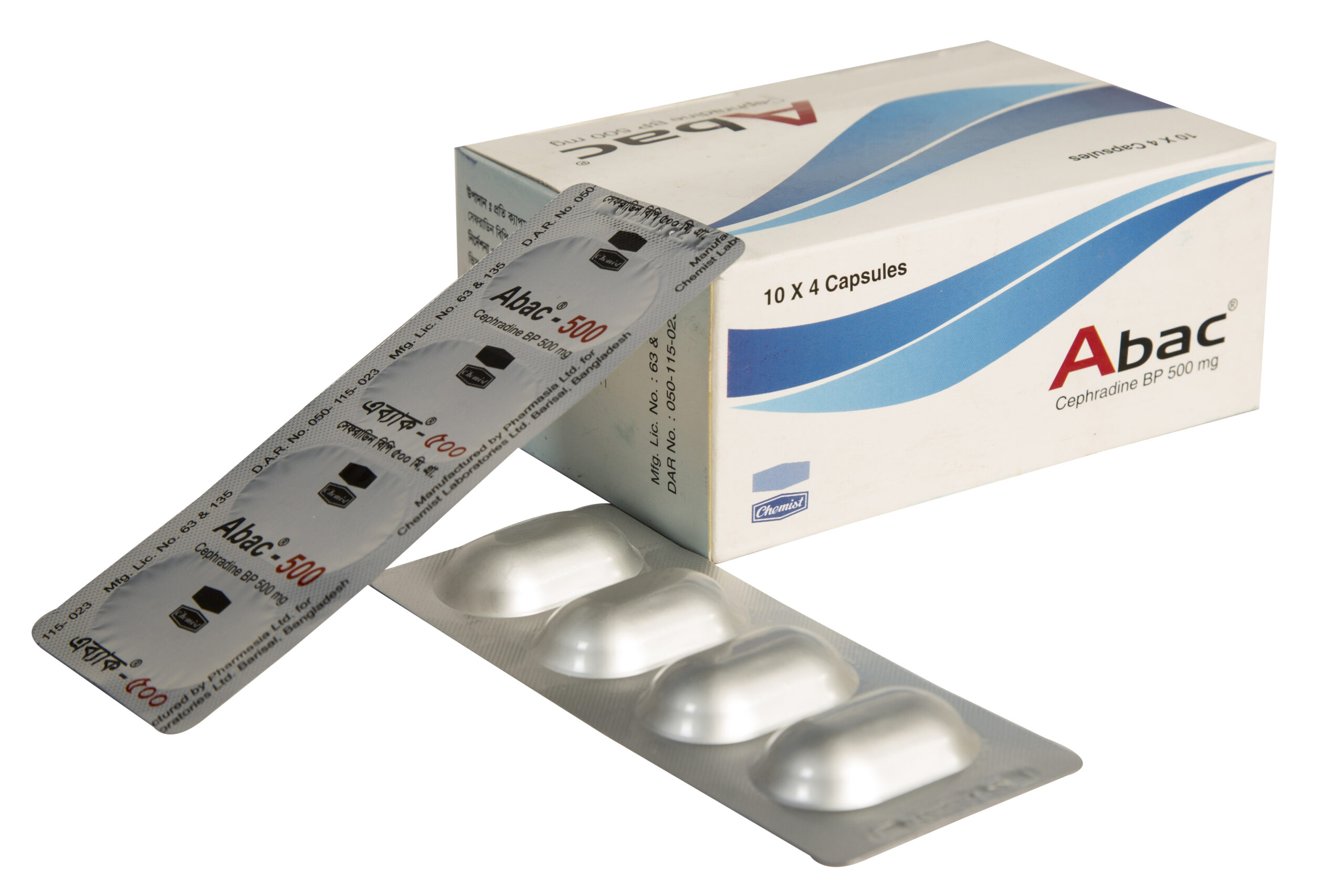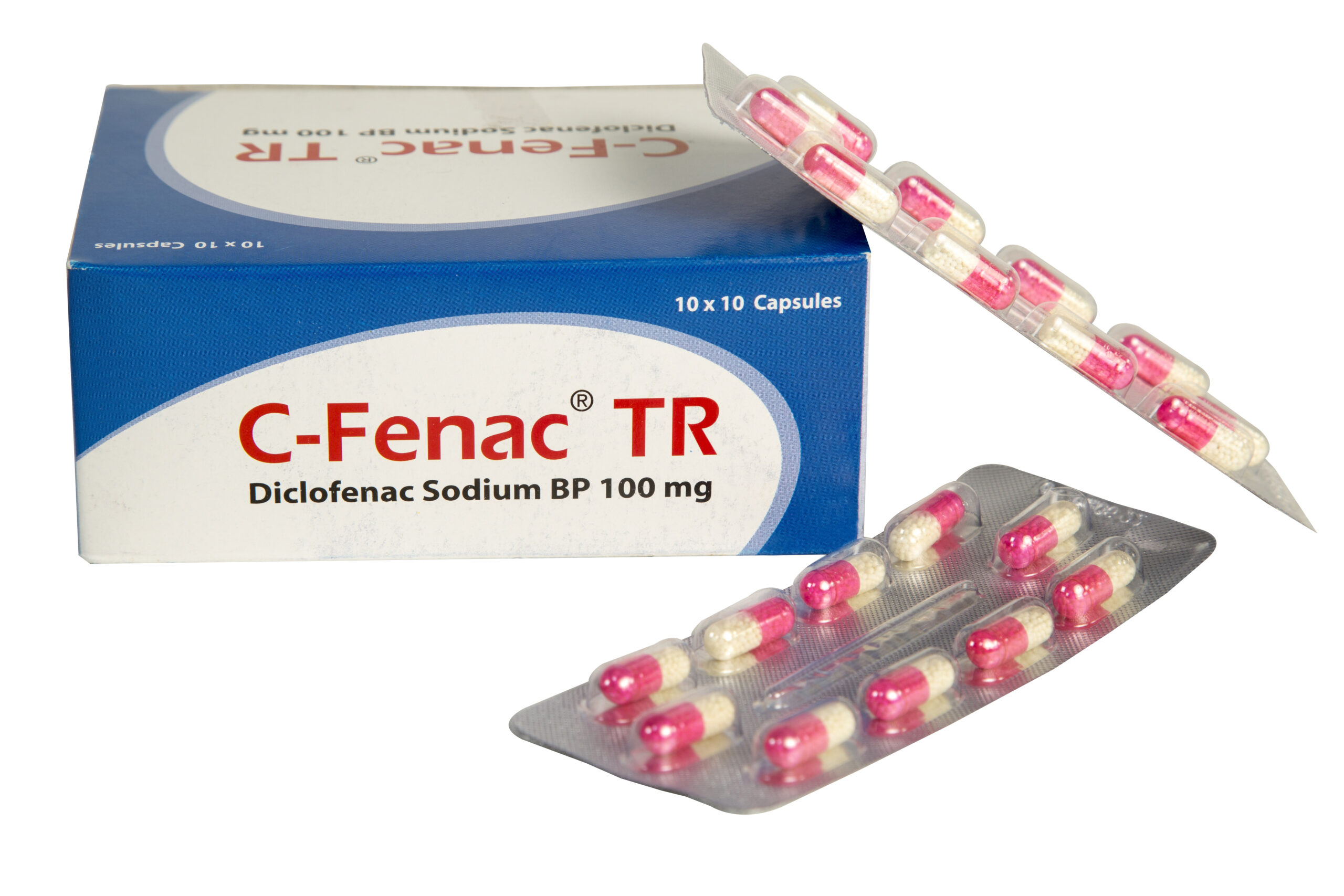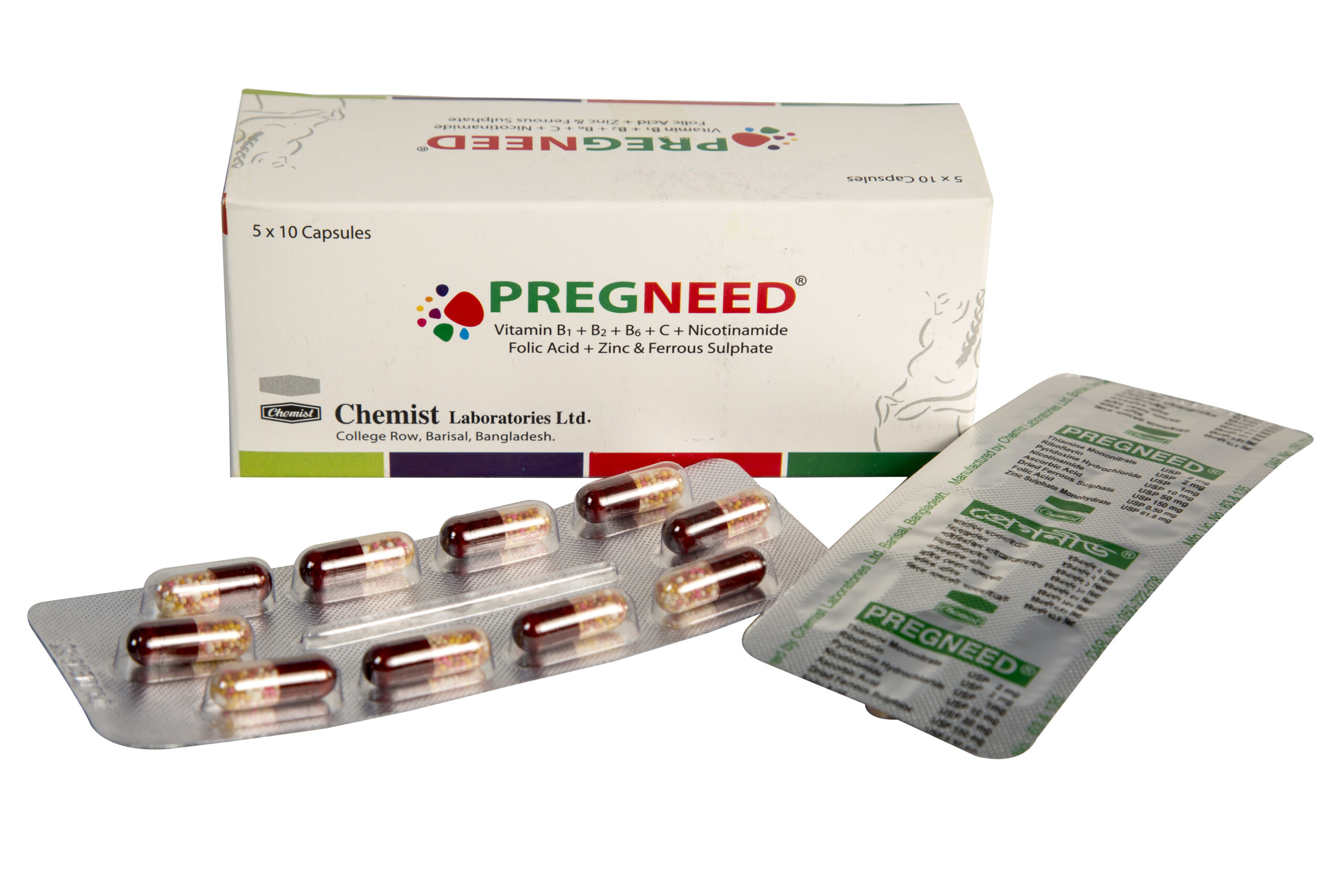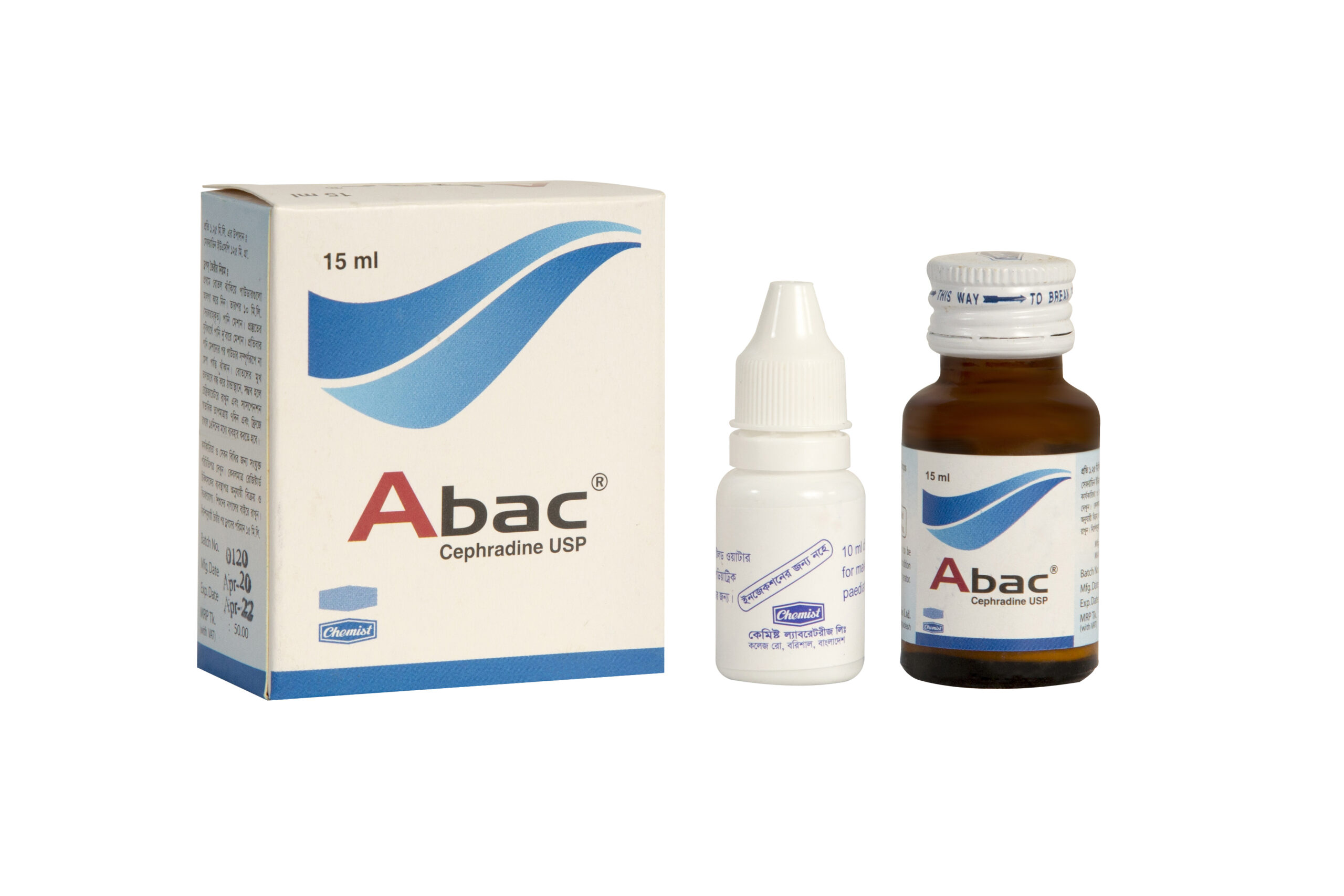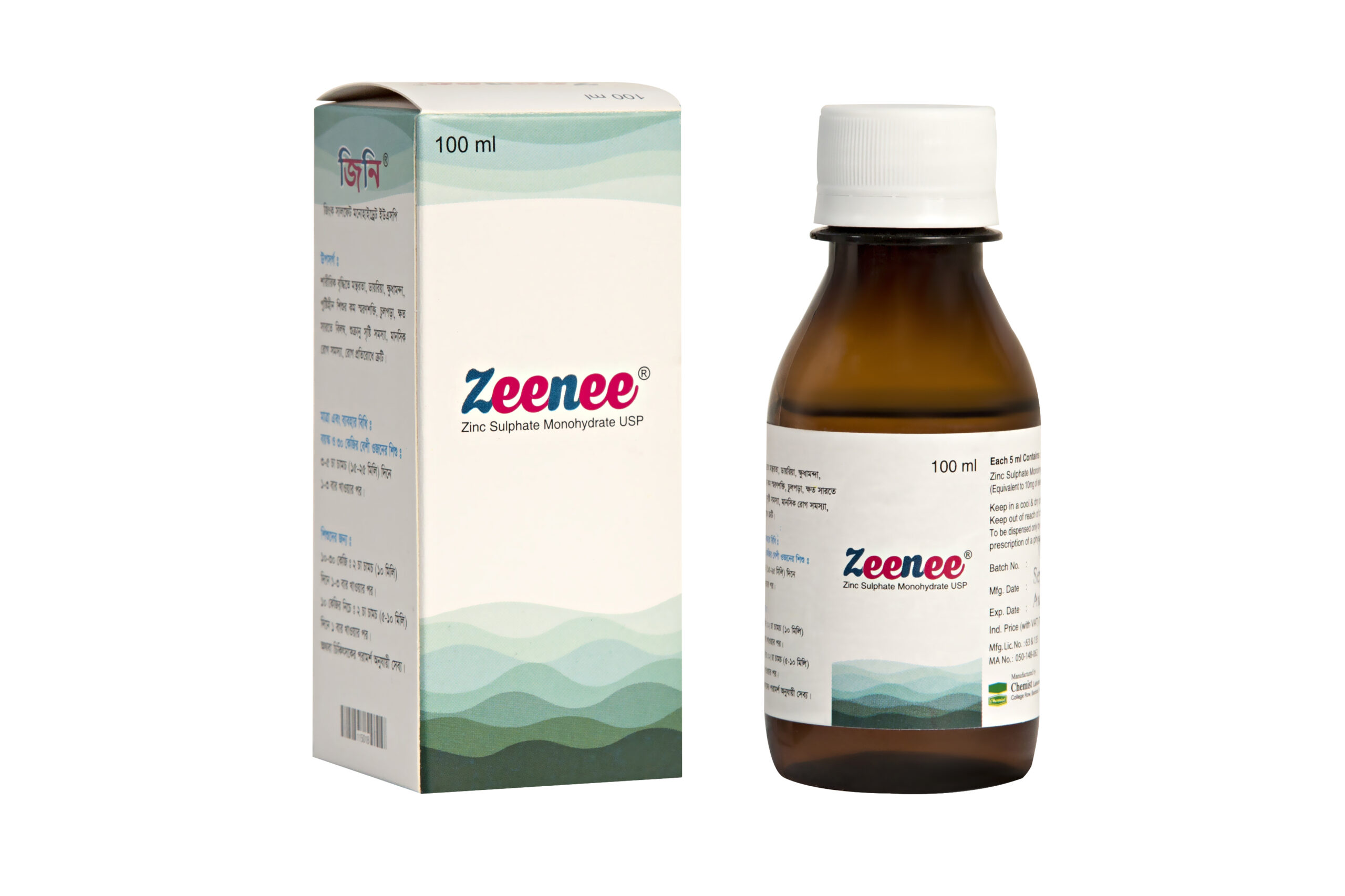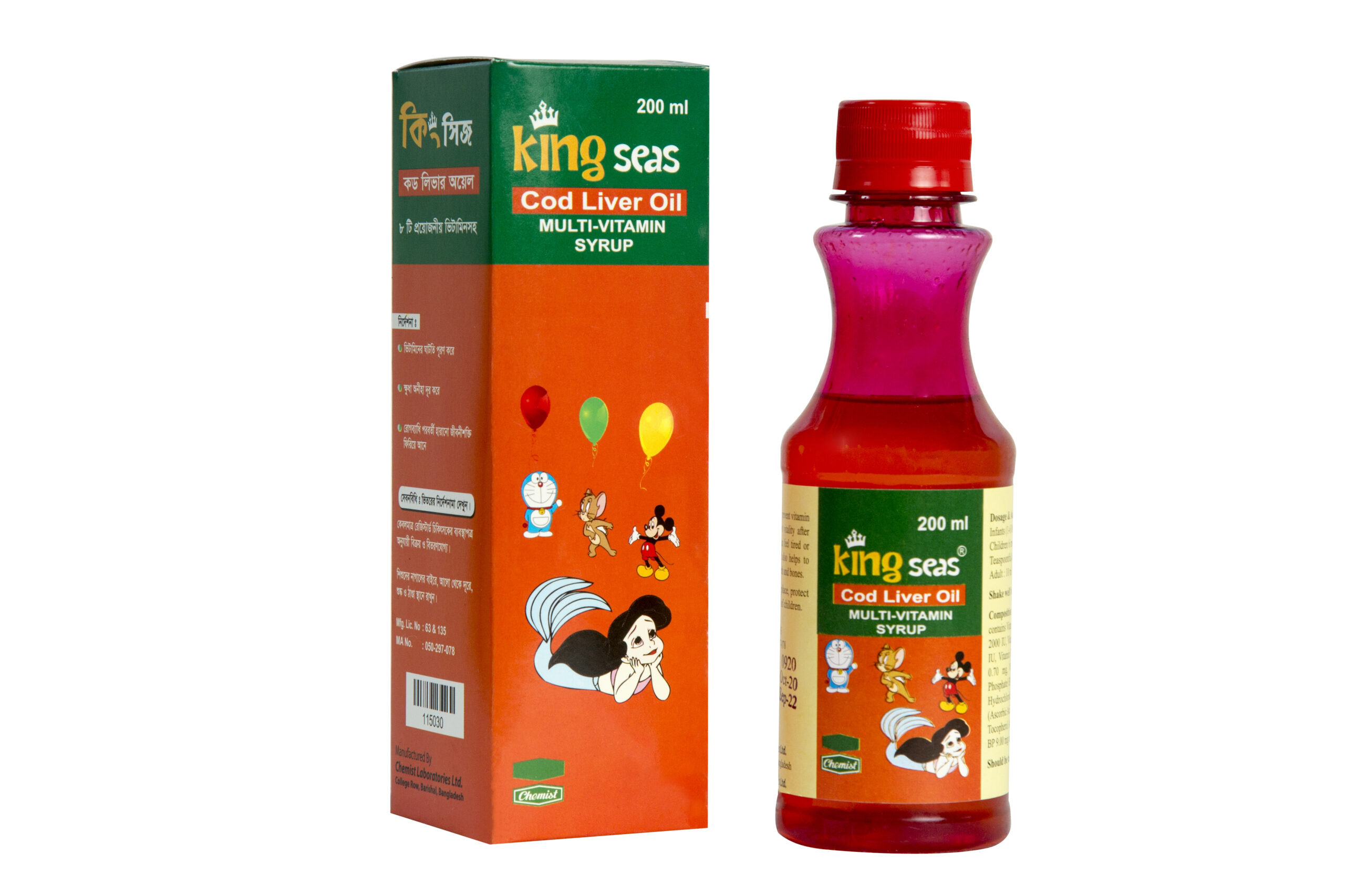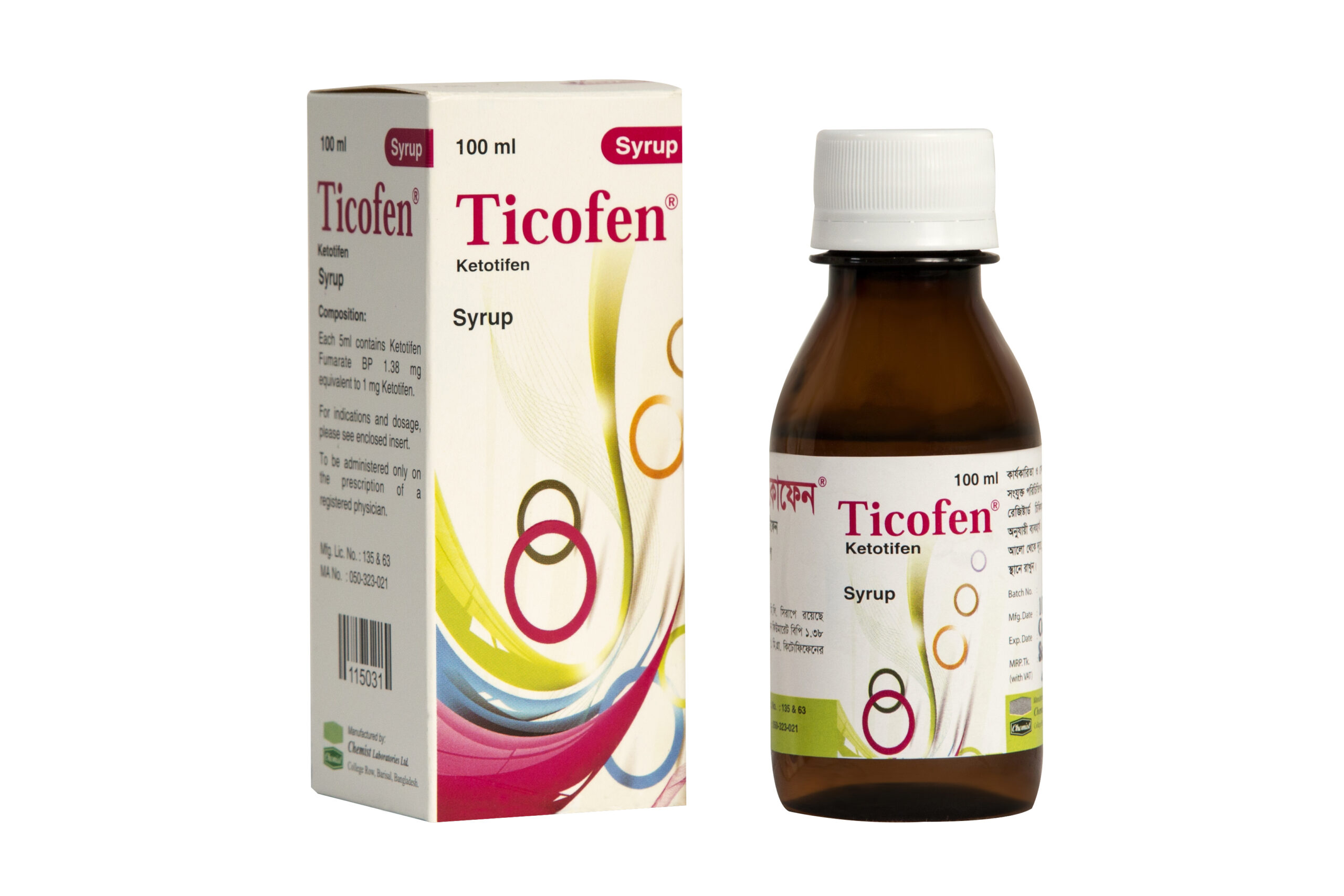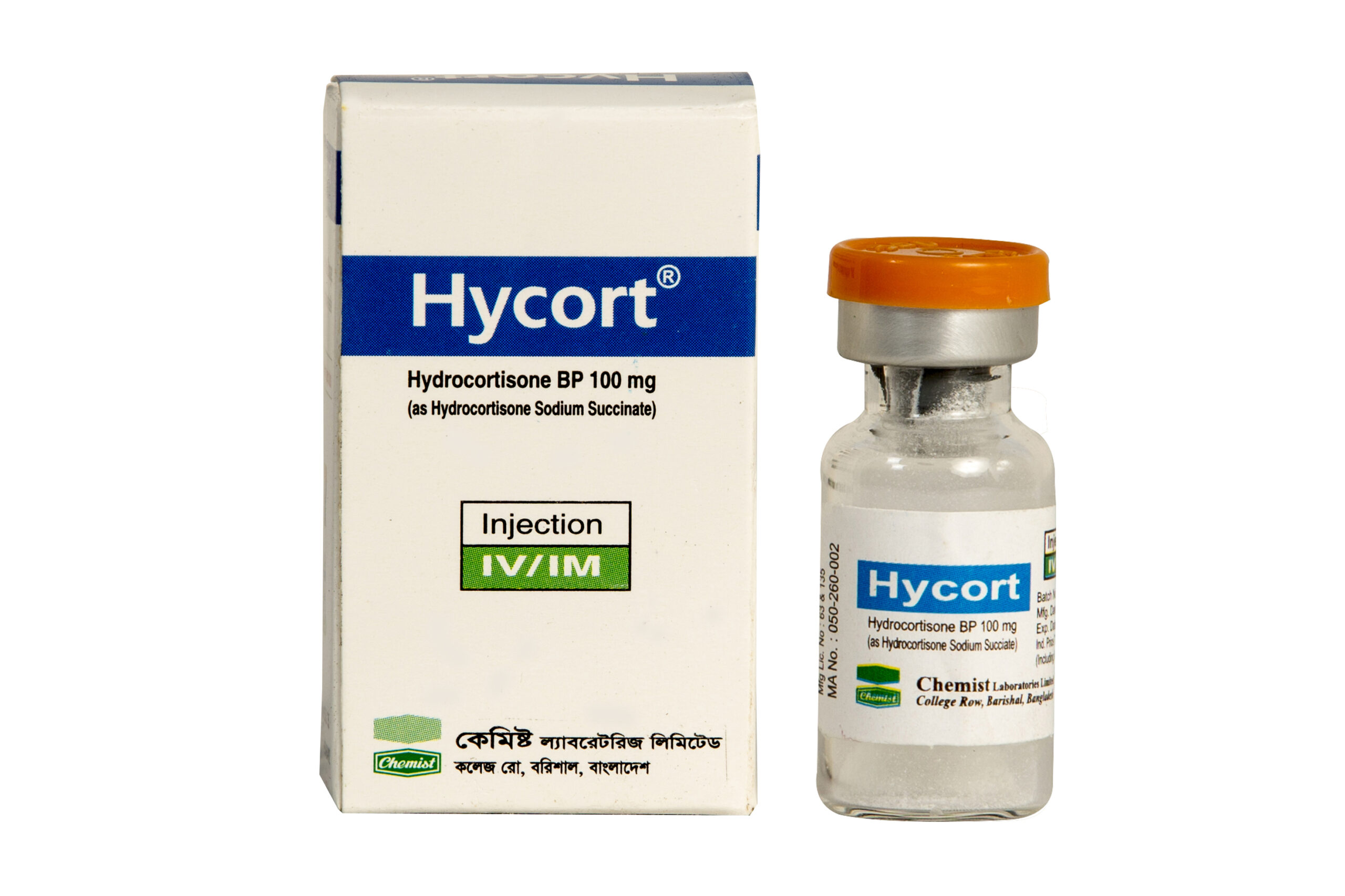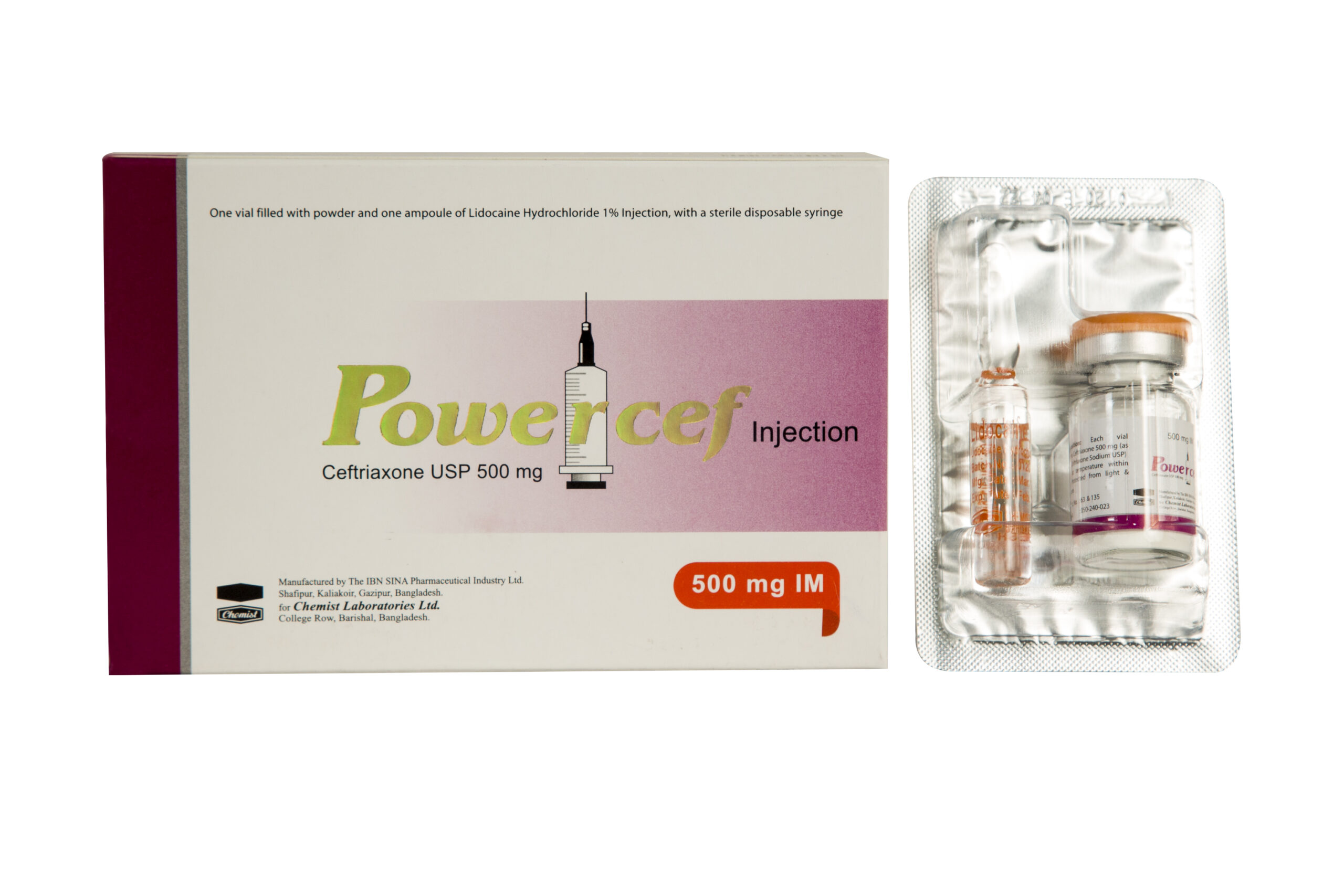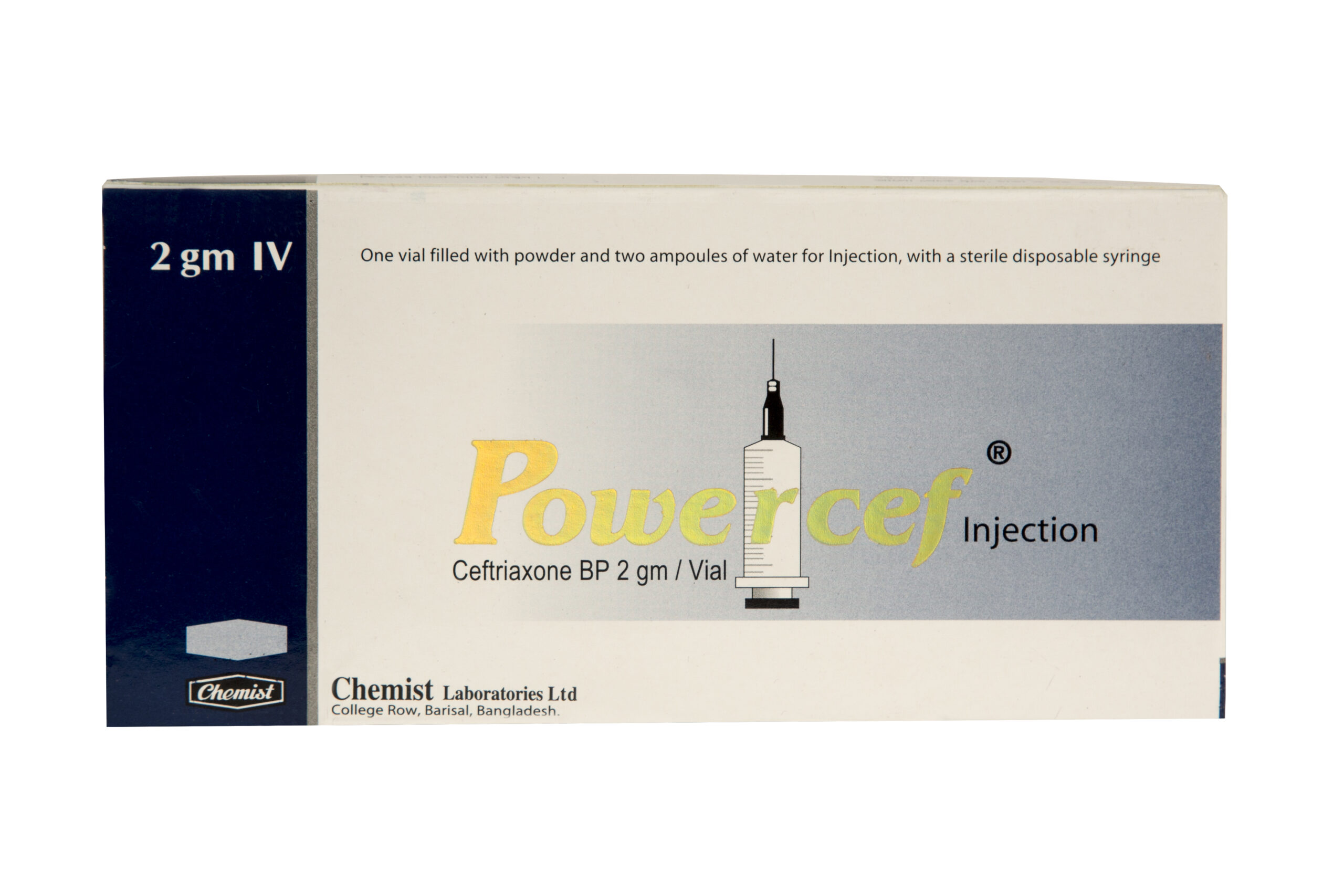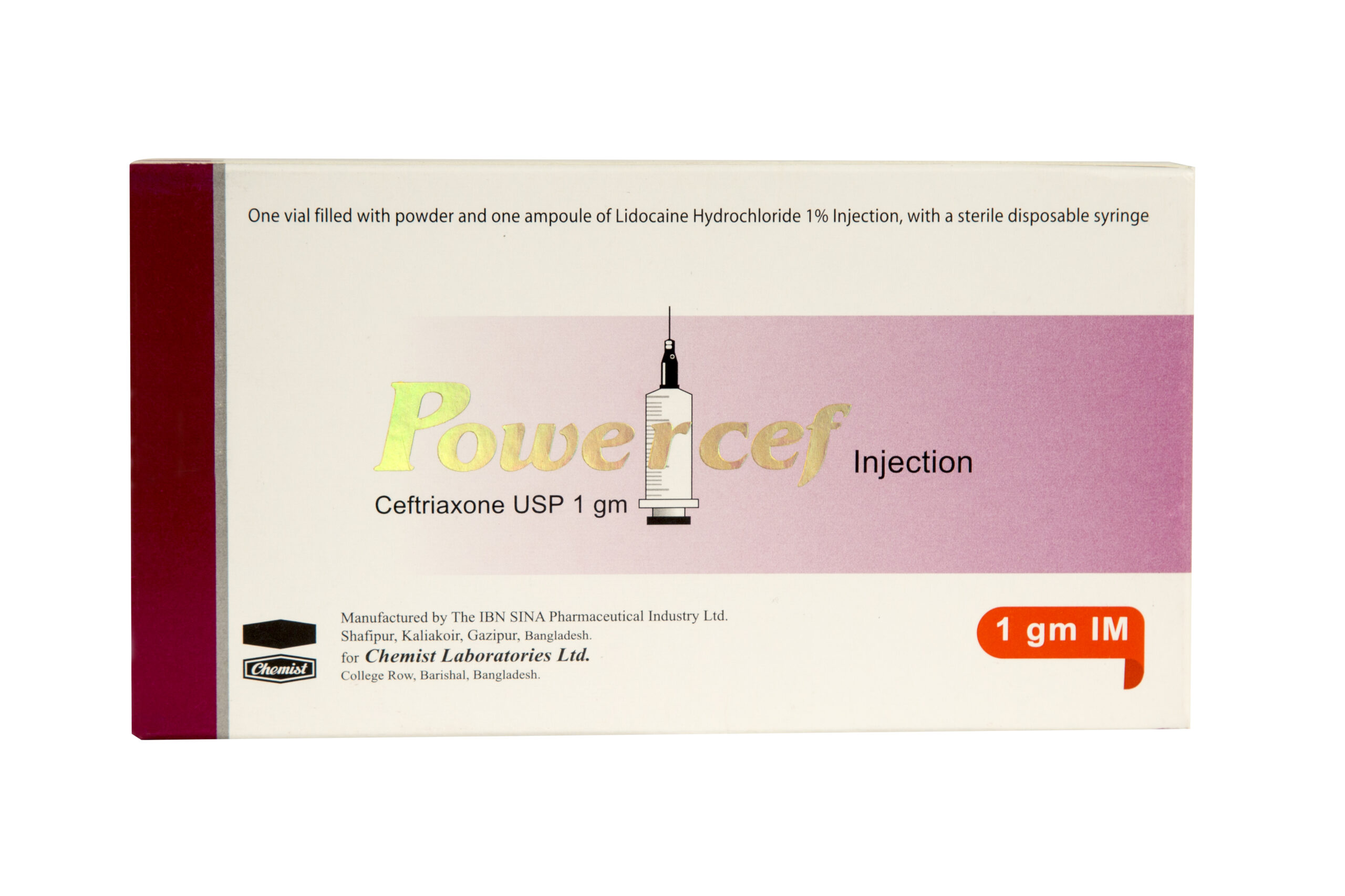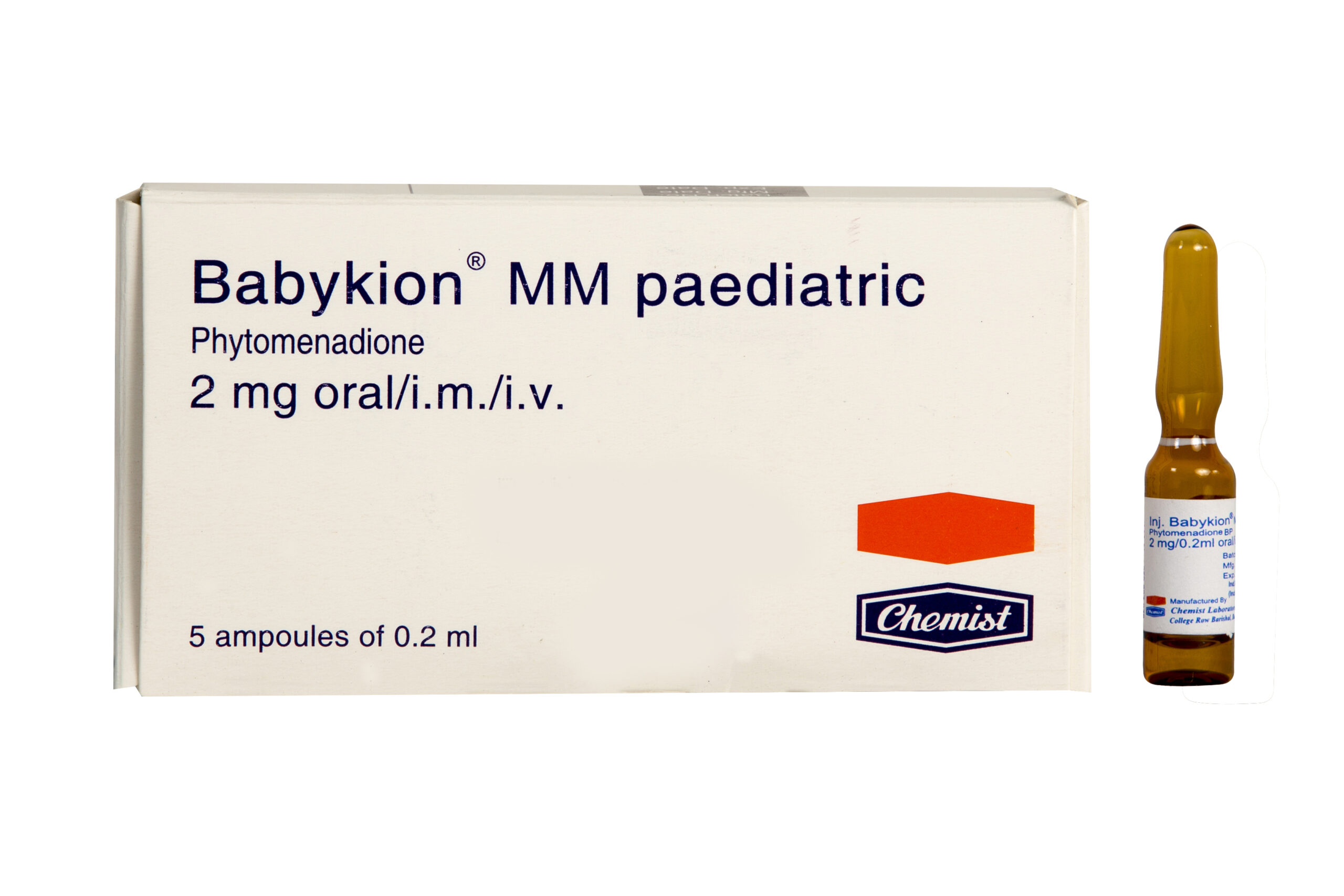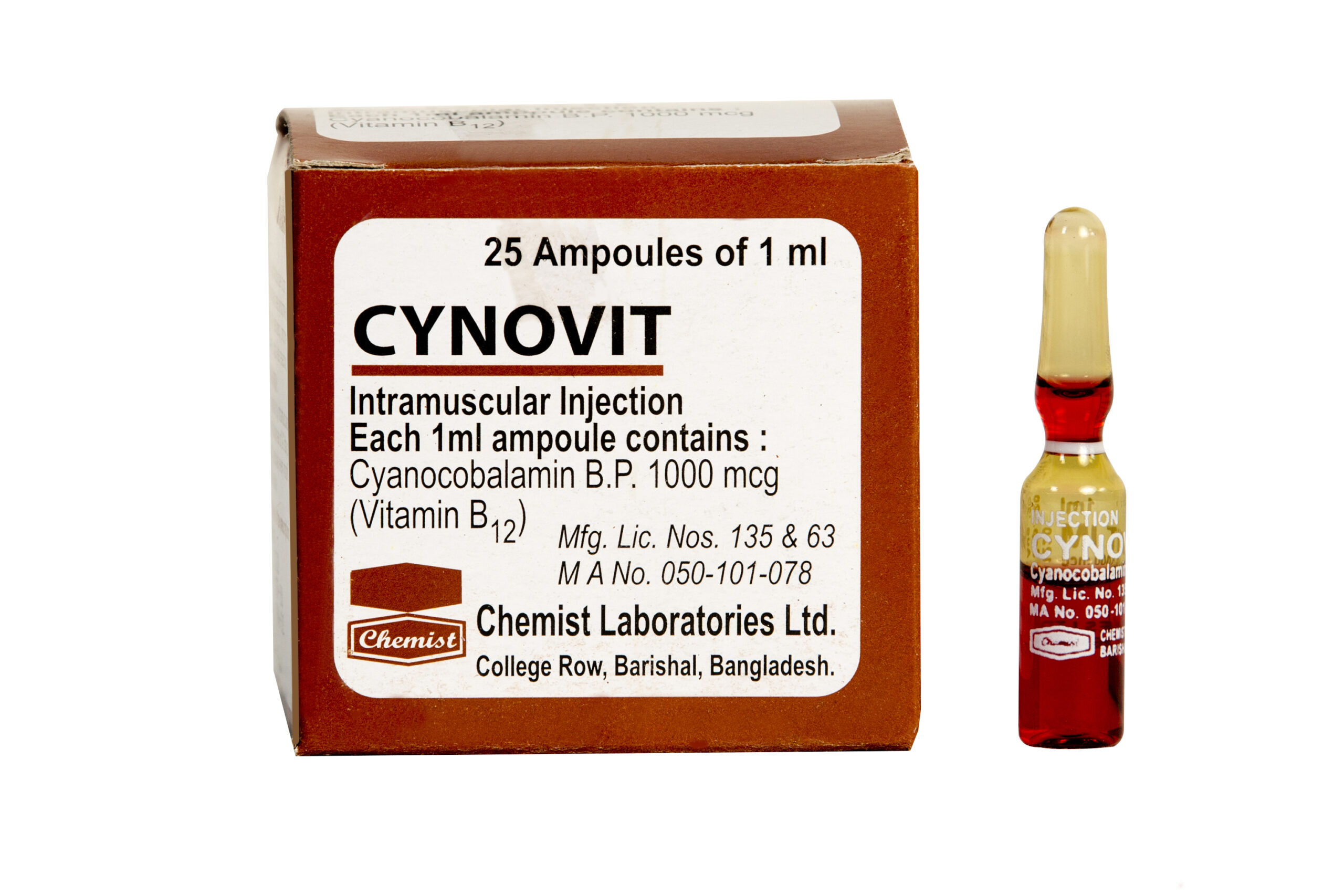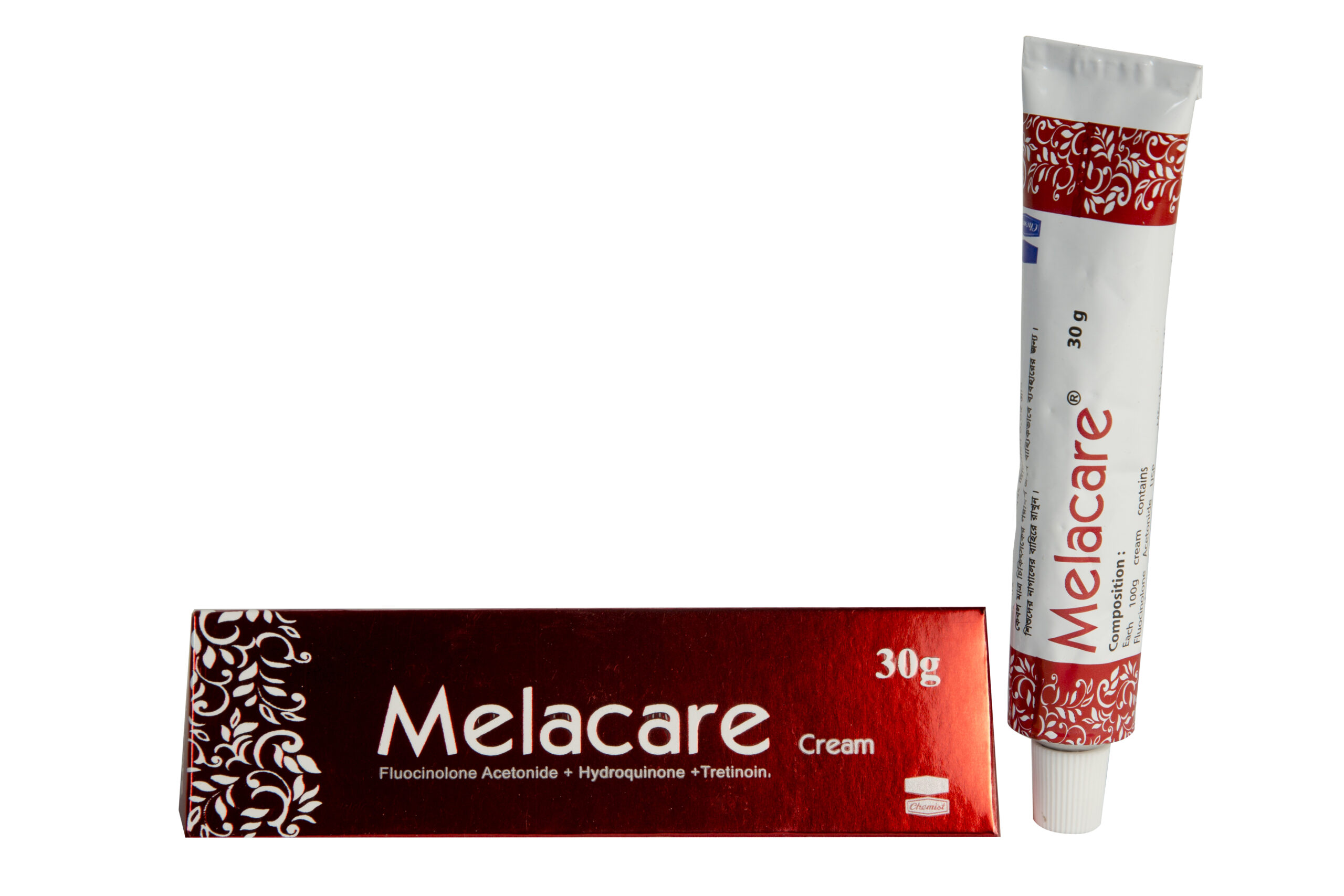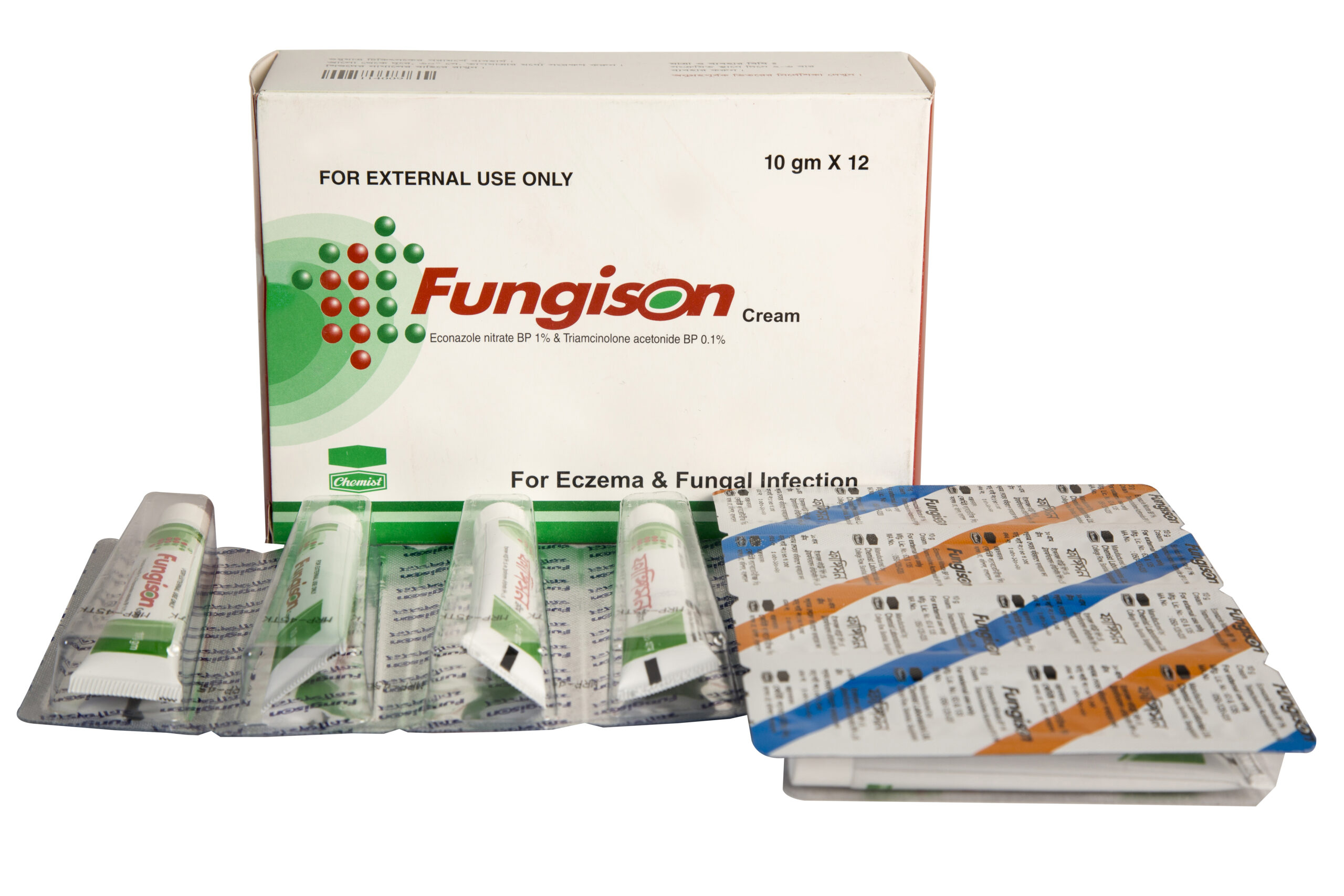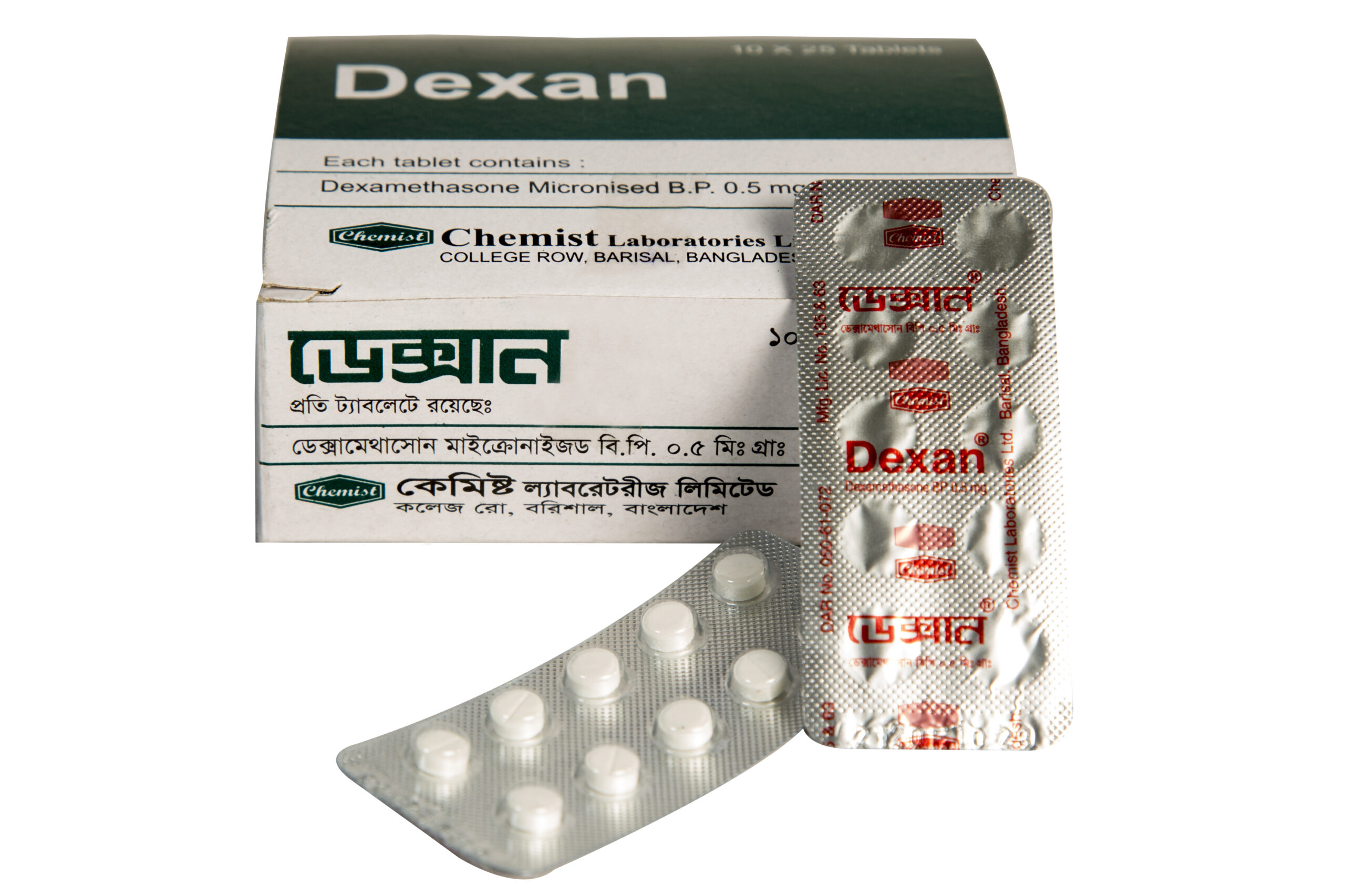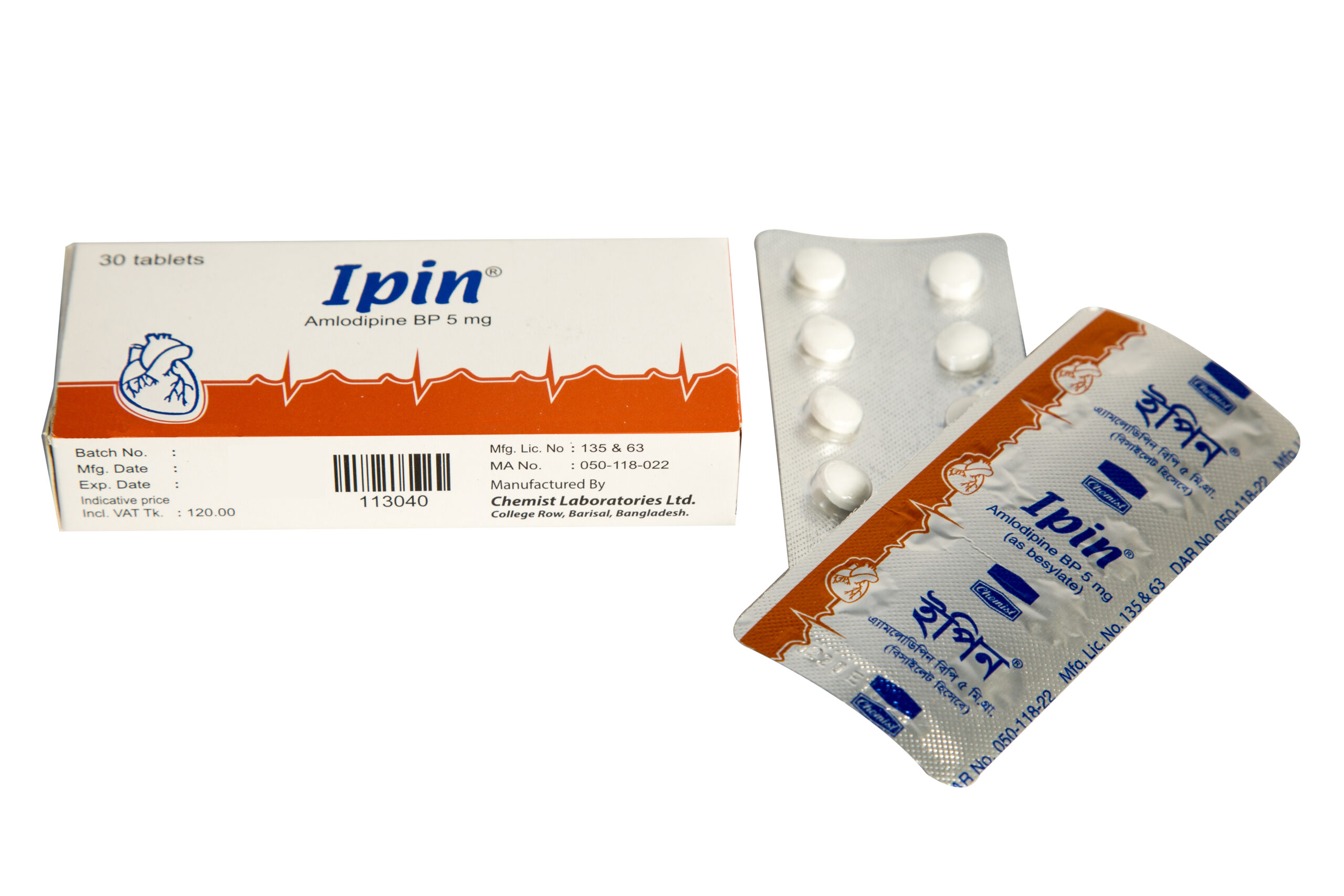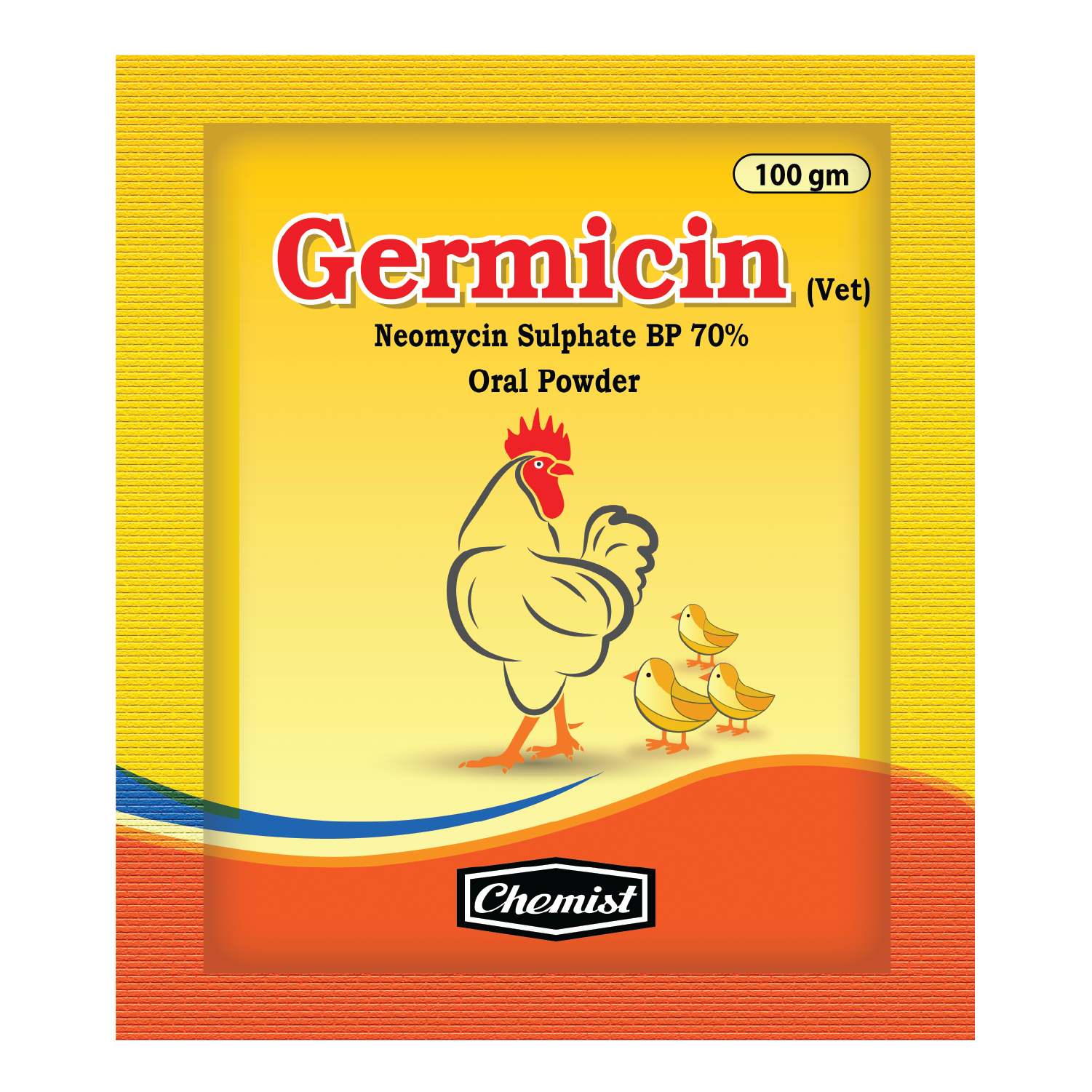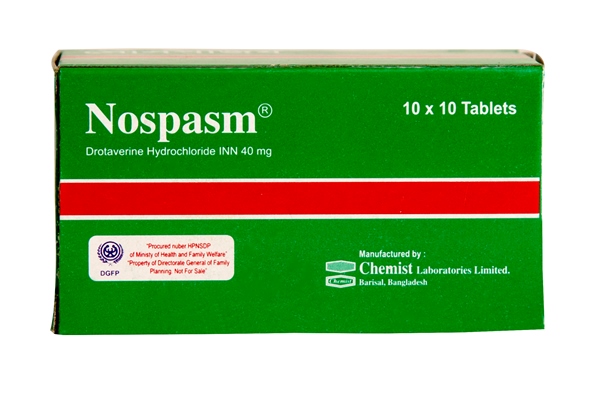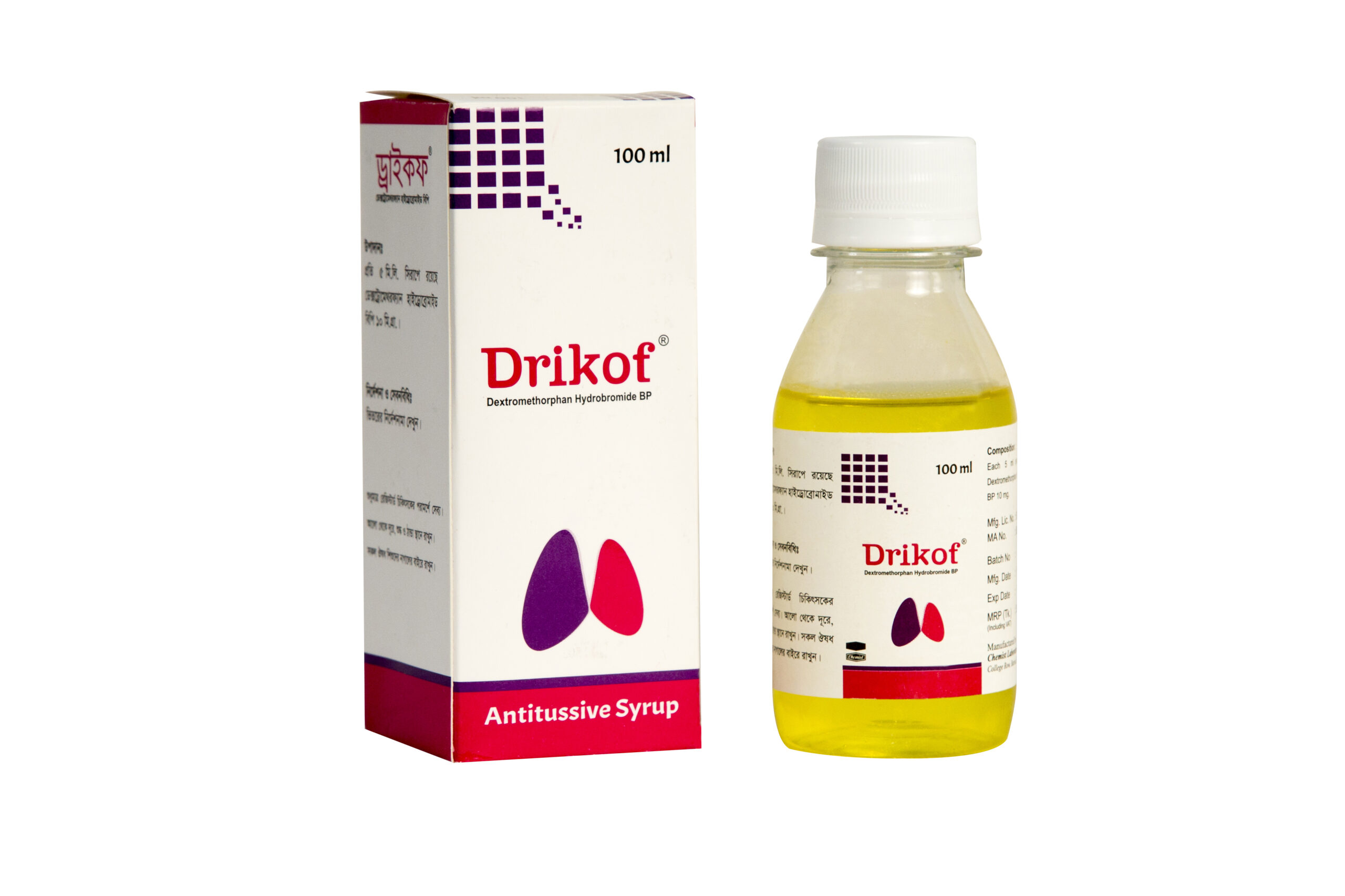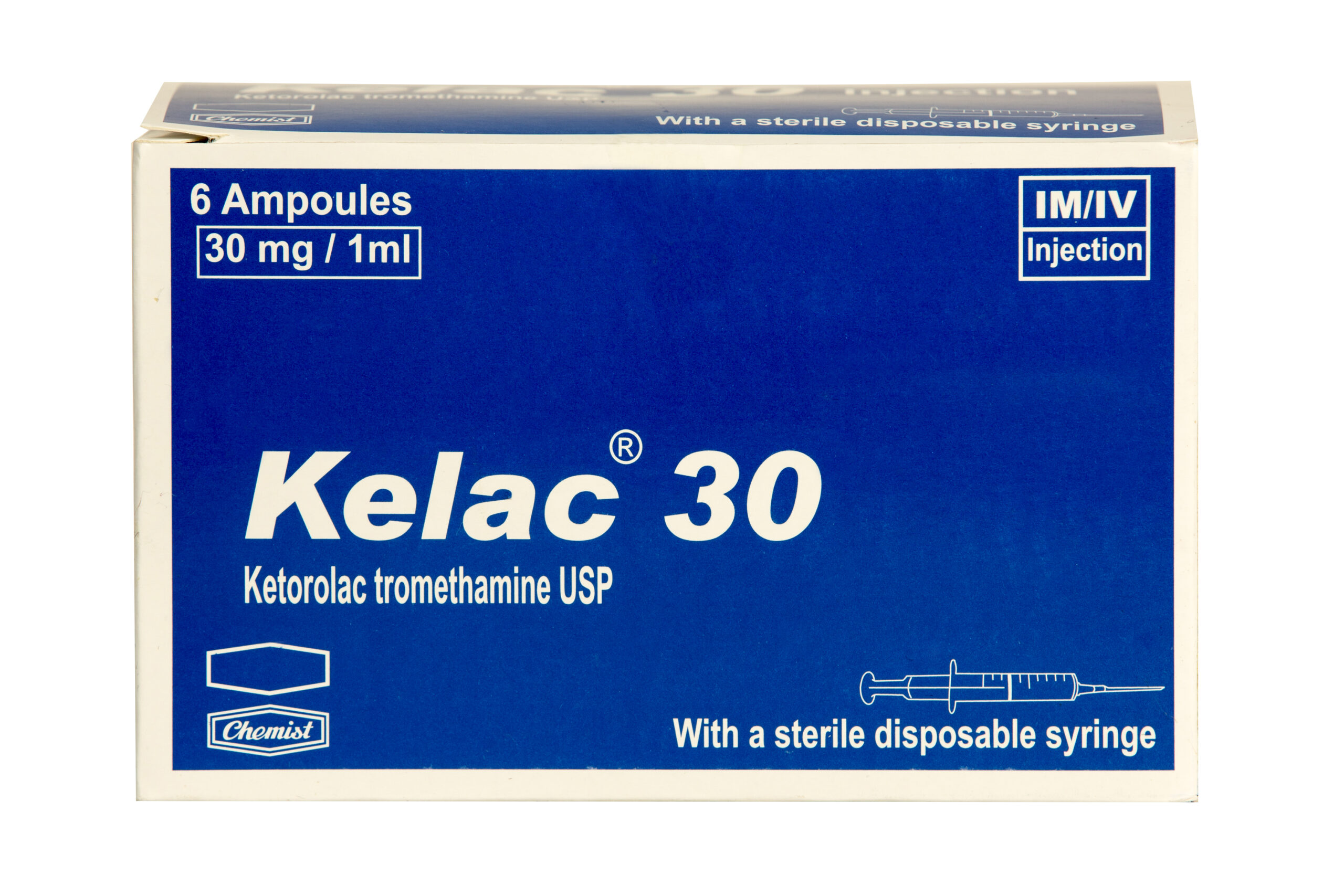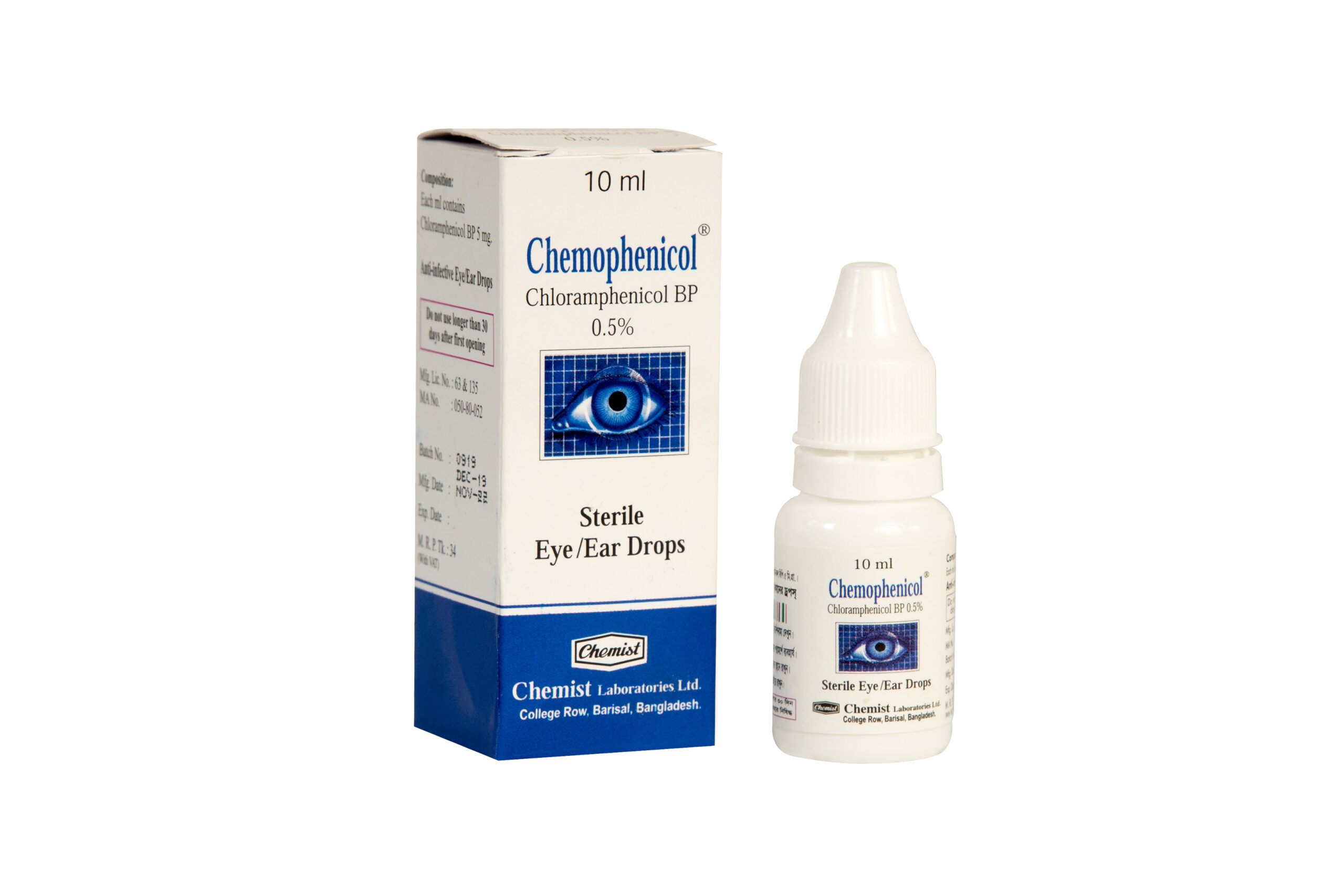BY HUMAN HEALTH
Fluconazole 50 mg
Business Unit: Human
Medicine Type: Tablet
Generic Name: Fluconazole 50 mg
Therapeutic Class: Drugs for subcutaneous and mycoses
Indication: Fluconazole is indicated for the treatment of vaginal candidiasis, oropharyngeal & esophageal candidiasis and cryptococcal meningitis. It is also effective for the treatment of urinary tract infection caused by candida, peritonitis and systemic candida infections (including candidemia, disseminated candidiasis and pneumonia).
Dosage & Administration: Adult (oral)- Vaginal candidiasis: 150 mg as a single dose. Oropharyngeal candidiasis: 200 mg on the first day, followed by 100 mg once daily. Clinical evidence of this infection generally resolves within several days, but treatment should be continued for at least 2 weeks to decrease the likelihood of relapse. Esophageal candidiasis: 200 mg on the first day, followed by 100 mg once daily. Doses up to 400 mg/day may be used. Patients should be treated for a minimum of three weeks and for at least two weeks following resolution of symptoms. Systemic candida infections: Optimal therapeutic dosage and duration of therapy have not been established. Sometimes, doses of up to 400 mg daily have been used. Urinary tract infections caused by candida and peritonitis: 50-200 mg daily have been used. Cryptococcal meningitis: 400 mg on the first day, followed by 200 mg once daily. Prophylaxis in patients undergoing bone marrow transplantation: 400 mg once daily. Child (oral): Doses of 3-6 mg/kg daily have been used. Doses up to 12 mg/kg is recommended. Intravenous- Adult: Invasive candidal infections including candidaemia and disseminated candidiasis and cryptococcal infections including meningitis, by IV, 400 mg initially then 200 mg daily, increased if necessary to 400 mg daily, treatment continued according to response (at least 6-8 weeks for cryptococcal meningitis) Child: 6-12 mg/kg daily (every 72 hours in neonate up to 2 weeks old, every 48 hours in neonate 2-4 weeks old); maximum 400 mg daily. Prevention of relapse of cryptococcal meningitis, by IV, 100-200 mg daily.
Preparation: 2x10 Tablets
Flupentixol 0.5 mg + Melitracen 10 mg
Business Unit: Human
Medicine Type: Tablet
Generic Name: Flupentixol 0.5 mg + Melitracen 10 mg
Therapeutic Class: Combined anxiolytics & anti-depressant drugs
Indication: Dinxi is a teblet preparation of flupentixol dihydrochloride & melitracen hydrochloride. Flupentixol and Melitracen tablet is indicated in- 1. Anxiety 2. Depression 3. Apathy 4. Psychogenic depression. 5. Depressive neurosis. 6. Masked depression. 7. Psychosomatic affections accompanied by anxiety and apathy. 8. Menopausal depressions. 9. Dysphoria and depression in alcoholics and drug addicts.
Dosage & Administration: By mouth : Adults: Usually 2 tablets daily; morning and noon . In severe cases the morning dose may be increased to 2 tablets. Elderly patients: 1 tablet in the morning. Maintenance dose: Usually 1 tablet in the morning. In cases of insomnia or severe restlessness additional treatment with a sedative is recommended.
Preparation: 10 x 5 Tablet
Cefuroxime axetil
Business Unit: Human
Medicine Type: Tablet
Generic Name: Cefuroxime axetil
Therapeutic Class: Second generation Cephalosporins
Indication: Cefuxet is a preparation of Cefuroxime. Cefuroxime is one of the bactericidal second generation cephalosporin antibiotic which is active against a wide range of Gram-positive and Gram-negative susceptible organisms including many beta-lactamase producing strains. It is indicated for the treatment of infections caused by sensitive bacteria like, Acute otitis media, acute maxillary sinusitis, RTI, UTI etc.
Dosage & Administration: Tablet or Suspension- Adolescents and adults (13 years and older)- Pharyngitis/tonsillitis: 250 mg b.i.d. for 5-10 days Acute bacterial maxillary sinusitis: 250 mg b.i.d. for 10 days Acute bacterial exacerbation of chronic bronchitis: 250-500 mg b.i.d. for 10 days Secondary bacterial infections of acute bronchitis: 250-500 mg b.i.d. for 5-10 days Uncomplicated skin and skin structure infections: 250-500 mg b.i.d. for 10 days Uncomplicated urinary tract infections: 250 mg b.i.d. for 7-10 days Uncomplicated Gonorrhoea: 1000 mg Single dose Community acquired pneumonia: 250-500 mg b.i.d. for 5-10 days MDR Typhoid Fever: 500 mg b.i.d. for 10-14 days Early Lyme disease: 500 mg b.i.d. for 20 days Paediatric Patients (3 months to 12 years)- Pharyngitis/Tonsillitis: 20 mg/kg/day b.i.d for 5-10 days Acute otitis media: 30 mg/kg/day b.i.d for 10 days Acute bacterial maxillary sinusitis: 30 mg/kg/day b.i.d for 10 days Impetigo: 30 mg/kg/day b.i.d for 10 days Parenteral- Adult: 750 mg three times daily by IM or IV injection. In severe infections, dose can be increased upto 1.5 gm three times daily by IV injection. The frequency may be increased to four times daily, if necessary, giving total daily doses of 3 to 6 gm. Children (above 3 months of age): 30 - 100 mg/kg/day given in 3 or 4 equally divided doses. A dose of 60 mg/kg/day is appropriate for most infections. Neonate: 30 - 100 mg/kg/day given in 2 or 3 equally divided doses. Surgical prophylaxis: 1.5 gm by IV injection at induction of anaesthesia; up to 3 further doses of 750 mg may be given by IV/IM injection every 8 hours for high risk procedures. Pneumonia: 1.5 gm IV injection twice daily for 2-3 days, followed by 500 mg twice daily (oral) for 7-10 days. Acute exacerbations of chronic bronchitis: 750 mg twice daily (IM or IV injection) for 2-3 days, followed by 500 mg twice daily (oral) for 5-10 days. (Duration of both parenteral and oral therapy is determined by the severity of the infection and the clinical status of the patient.) In Gonorrhoea: Adult: 1.5 gm as a single dose (as 2 x 750mg injections intramuscularly with different sites, e.g. each buttock). In Meningitis: Adult: 3 gm IV injection three times daily. Children (above 3 months of age): 200-240 mg/kg/day by IV injection in 3 or 4 divided doses reduced to 100 mg/kg/day after 3 days or on clinical improvement. Neonate: 100 mg/kg/day by IV injection at initial dose, reduced to 50 mg/kg/day, When clinically indicated. In bone and joint infections: Adult: 1.5 gm IV injection four times daily. Children (above 3 months of age): 150 mg/kg/day (not to exceed the maximum adult dose) in equally divided doses every 8 hours.
Preparation: 4 x 4 Tablet
Ketorolac Tromethamine
Business Unit: Human
Medicine Type: Tablet
Generic Name: Ketorolac Tromethamine
Therapeutic Class: Non-Opioid Analgesics
Indication: Kelac is a preparation of Ketorolac Tromethamine. Ketorolac Tromethamine is a Nonsteroidal Anti-Inflammatory Drug (NSAID) that inhibits synthesis of prostaglandins and may be considered as a peripherally acting analgesic. Kelac is indicated for the short-term (<5 days) management of moderately severe acute pain i,e; postoperative pain, severe back pain, dental pain etc.
Dosage & Administration: By mouth The recommended oral dose of Kelac -10 is 10 mg (One tablet) every 4 to 6 hours for pain as required. Doses exceeding 40 mg per day are not recommended . Kelac 10 tablets are recommended for short term us only (Up to 7 days) . Dosage should be adjusted according to the severity of the pain and the patient response.
Preparation: 10x2 Tablet
Allylestrenol 5mg
Business Unit: Human
Medicine Type: Tablet
Generic Name: Allylestrenol 5mg
Therapeutic Class: Female Sex hormones
Indication: Nidagest is a tablet preparation of Allylestrenol which is a synthetic progestogen (Female Sex hormone). Nidagest is used for Management of Threatened abortion, Habitual abortion, Threatened premature labour, Intra Uetrine Growth Retardation (IUGR).
Dosage & Administration: By Mouth Threatened Abortion : 5 mg (one tablet) 3 times daily for 5-7 days. If necessary, the treatment period may be extended. After disappearance of the symptoms the dosage should be gradually reduced unless symptoms return. Intra Uterine Growth Retardation (IUGR): 5 mg ( 1 tablet) 3 times daily at least 2 months. Dose may reduce if symptoms improve. Habitual Abortion : 5-10 mg ( 1-2 tablets ) daily with the confirmation of pregnancy. Administration should be continued until at least 1 month after critical period. Threatened Premature Labour : 40mg ( 8 tablets) daily until symptoms improve. Failure of Nidation: 10-20 mg ( 2-4 tablets) daily from 16th to 26th day of the cycle until conception is achieved.
Preparation: 3x10 Tablet
Azithromycin USP 500mg
Business Unit: Human
Medicine Type: Tablet
Generic Name: Azithromycin USP 500mg
Therapeutic Class: Macrolide Antibiotic
Indication: Azithromycin is an azalide antibiotic, subclass of the macrolide class of antibiotics. Azithromycin acts by binding to the 50s ribosomal subunit of susceptible organisms and thus interferes with microbial protein synthesis. Azithin is indicated for infections (caused by susceptible organisms) in lower respiratory tract infections including bronchitis and pneumonia, in upper respiratory tract infections including sinusitis and pharyngitis/tonsillitis, in otitis media, and in skin and soft tissue infections. In sexually transmitted diseases in men and women, Azithin is also indicated in the treatment of non-gonococcal urethritis and cervicitis due to Chlamydia trachomatis.
Dosage & Administration: Adult: 500 mg Once daily orally for 7 days or more depending on the indication. For STDs: 1 gm orally as a single dose. Children's (Over 6 months): 10 mg/kg orally once daily for 5 to 7 days.
Preparation: 3x4 Tablet
Tiemonium Methylsulphate 50mg
Business Unit: Human
Medicine Type: Tablet
Generic Name: Tiemonium Methylsulphate 50mg
Therapeutic Class: Anticholinergics - antispasmodic
Indication: Tienum is a preparation of Tiemonium Methylsulphate. Tiemonium Methylsulphate is an antispasmodic drug that reduces muscles spasm of the intestine, biliary system, bladder and uterus. Tienum is used in the symptomatic treatment of pain related to functional disorders of the digestive tract and biliary system. It is also indicated for the treatment of spasm and pain in urological and gynecological diseases.
Dosage & Administration: The usual dosages of Tienum are 2 to 6 tablets (100 - 300 mg) daily in divided doses as required.
Preparation: Each box contains 5 X10 Tablets.
Cefuroxime axetil 500 mg
Business Unit: Human
Medicine Type: Tablet
Generic Name: Cefuroxime axetil 500 mg
Therapeutic Class: Second generation Cephalosporins
Indication: Cefuxet (Cefuroxime axetil) is a second generation semi-synthetic, broad-spectrum oral cephalosporin antibiotic for oral & parenteral administration. It is indicated for Lower RTI, Upper RTI,SSTI,Urinary Tract Infection, Lyme Disease etc.
Dosage & Administration: Adolescents and adults (13 years and older)- • Pharyngitis/tonsillitis: 250 mg b.i.d. for 5-10 days • Acute bacterial maxillary sinusitis: 250 mg b.i.d. for 10 days • Acute bacterial exacerbation of chronic bronchitis: 250-500 mg b.i.d. for 10 days • Secondary bacterial infections of acute bronchitis: 250-500 mg b.i.d. for 5-10 days • Uncomplicated skin and skin structure infections: 250-500 mg b.i.d. for 10 days • Uncomplicated urinary tract infections: 250 mg b.i.d. for 7-10 days • Uncomplicated Gonorrhoea: 1000 mg Single dose • Community acquired pneumonia: 250-500 mg b.i.d. for 5-10 days • MDR Typhoid Fever: 500 mg b.i.d. for 10-14 days • Early Lyme disease: 500 mg b.i.d. for 20 days
Preparation: 3x4 Tablet
Naproxen 500 mg & Esomeprazole 20 mg
Business Unit: Human
Medicine Type: Tablet
Generic Name: Naproxen 500 mg & Esomeprazole 20 mg
Therapeutic Class: Non-steroidal Anti-inflammatory Drugs (NSAIDs)
Indication: Twist is a Tablet preparation of Naproxen & Esomeprazole. Naproxen is an NSAID that inhibits COX in the prostaglandin synthesis pathway, ultimately lead to relief of pain. Naproxen is the best choice of drug for chronic pain management i,e; Osteoarthritis, Rheumatoid arthritis & Ankylosing Spondylitis. However, the most common side effect of Naproxen is gastric ulcer, that's why an anti-ulcer drug Esomeprazole is combined with Naproxen as a single dosage form.
Dosage & Administration: One tablet orally twice daily at least 30 minutes before meal. The tablet should be swallowed whole with liquid and should not be split, chewed, crushed or dissolved.
Preparation: Each box contains 6 X10 Tablets.
Aceclofenac 100 mg
Business Unit: Human
Medicine Type: Tablet
Generic Name: Aceclofenac 100 mg
Therapeutic Class: Non-steroidal Anti-inflammatory Drugs (NSAIDs)
Indication: Aceclofenac is a non-steroidal anti-inflammatory drug with analgesic properties. It is a potent inhibitor of the enzyme cyclooxygenase, which is involved in the production of prostaglandin. Painex is indicated for the relief of pain and inflammation in osteoarthritis, rheumatoid arthritis, ankylosing spondylitis, toothache, trauma and lumbago.
Dosage & Administration: Adults: The maximum recommended dose is 200 mg daily, taken as two separate 100 mg doses, one tablet in the morning and one in the evening. Children: There is no clinical data on the use of aceclofenac in children. Elderly: The pharmacokinetics of aceclofenac are not altered in elderly patients, therefore it is not considered necessary to modify the dose and dose frequency.Renal insufficiency: There is no evidence that the dosage of aceclofenac needs to be modified in patients with mild renal impairment.Hepatic insufficiency: The dose of aceclofenac should be reduced in patients with hepatic impairment. An initial daily dose of 100 mg should be administered.
Preparation: 10x15 Tablets
Vitamin B1 + Vitamin B6+ Vitamin B12
Business Unit: Human
Medicine Type: Tablet
Generic Name: Vitamin B1 + Vitamin B6+ Vitamin B12
Therapeutic Class: Specific combined vitamin preparations
Indication: Nurobix Plus is a special preparation of vitamin B1, B6 and B12. The vitamins B1, B6 and B12 are indispensable for a normal course of the nervous metabolism. Nurobix Plus is indicated for the treatment of B1, B6 and B12 deficiency syndrome. It is indicated in the treatment of: Diabetic neuropathy, Sciatica, Peripheral neuralgia , Facial neuralgia, Lumbago, Intercostal neuralgia, Myalgia, Spinal pain etc.
Dosage & Administration: Tablet: 1-3 Tablets per day or as advised by the physician. Injection: In severe (acute) cases: 1 injection daily until the acute symptoms subside or taken as advised by the physician. In mild cases: 1 injection 2-3 times per week. Ampoules are preferably injected intramuscularly. Use in children: There is no information on the use of this drug in children.
Preparation: 1x30 Tablets
Montelukast 5 mg
Business Unit: Human
Medicine Type: Tablet
Generic Name: Montelukast 5 mg
Therapeutic Class: Leukotriene receptor antagonists
Indication: Monofast is a preparation of Montelukast. Montelukast is a selective and orally active leukotriene receptor antagonist that inhibits the cysteinyl leukotriene CysLT1 receptor. Cysteinyl leukotrienes and leukotriene receptor occupation have been correlated with the pathophysiology of asthma. Montelukast is indicated for the prophylaxis and chronic treatment of asthma in adults and pediatric patients from 6 months of age and older.
Dosage & Administration: Adults & adolescents (15 years & older)- Asthma & Allergic Rhinitis: 10 mg/day Exercise-Induced Bronchoconstriction: 10 mg/day Pediatric patients (6 to 14 years)- Asthma & Allergic Rhinitis: 5 mg/day Exercise-Induced Bronchoconstriction: 5 mg/day Pediatric patients (6 months to 5 years)- Asthma & Allergic Rhinitis: 4 mg/day Exercise-Induced Bronchoconstriction: Not recommended Patients with both asthma and allergic rhinitis should take only one dose daily in the evening. For prevention of Acute prevention of Exercise-Induced Bronchoconstriction, a single dose should be taken at least 2 hours before exercise. Route of administration: Oral. Montelukast may be taken with or without food or as directed by the physician.
Preparation: 10x3 Tablets
Cefuroxime Axetil 500 mg & Clavulanic Acid 125 mg
Business Unit: Human
Medicine Type: Tablet
Generic Name: Cefuroxime Axetil 500 mg & Clavulanic Acid 125 mg
Therapeutic Class: Second generation Cephalosporins
Indication: Cefuxet plus is a tablet which is combination of cefuroxim axetil and clavulanic acid. Cefuroxime is one of the bactericidal second generation cephalosporin antibiotics. The presence of clavulanic acid in Cefuxet plus protects Cefuroxime from degradation by beta-lactamase enzymes and effectively extends the antibacterial spectrum of Cefuroxime. It is frequently used in post surgical infection. Other uses of cefuxet plus is Acute otitis media, Tonsilitis, SSTI, Early lyme disease. Maxillary sinusitis etc.
Dosage & Administration: By Mouth The usual course of therapy is seven days (Range 5 – 10 days). Cefuroxime axetil should be taken after food for optimum absorption
Preparation: 2x4 Tablet
Calcium Orotate 400 mg
Business Unit: Human
Medicine Type: Tablet
Generic Name: Calcium Orotate 400 mg
Therapeutic Class: Minerals in bone formation, Specific mineral preparations
Indication: Easycal contains Calcium Orotate which is a calcium supplement. with a functional amino acid chelating ligand - orotic acid. Orotic acid facilitates the intracellular uptake of calcium, particularly in bone. Calcium Orotate also helps in the maintenance of healthy cartilage. Furthermore, Orotate is involved in the synthesis of DNA (deoxyribonucleic acid) and RNA (ribonucleic acid). Calcium Orotate has the ability to penetrate complex cell membranes and it can be metabolized in cartilage. This medication is used to prevent or treat low blood calcium levels in people who do not get enough calcium from their diets. To fulfill the calcium deficiency or meet extra need of calcium, it may be used in conditions like osteoporosis osteomalacia, rickets, latent tetany, postmenopausal osteoporosis, senile osteoporosis, juvenile osteoporosis, drug (phenytoin, phenobarbital, or prednisone) induced osteoporosis, pregnancy and lactation, premenstrual syndrome (PMS), hypoparathyroidism and hip joint plastic surgery. Calcium Orotate acts against a number of inflammatory diseases like arthritis, psoriasis, lupus, spondylitis, various cardiovascular ailments, encephalitis, retinitis, phlebitis, colitis, and multiple sclerosis. Calcium Orotate helps in controlling weight by suppressing the habit of frequent appetite of chronic overeaters. It is also beneficial in reducing the effects of mood swings and is proved to be quite effective in cognitive enhancement. Calcium Orotate protects the heart by enhancing the efficiency of cardiac muscles. Recent studies on calcium orotate indicate its potential to minimize the risk of colon cancer.
Dosage & Administration: As an addition to the daily diet, 2-3 tablets are usually recommended with meal or as directed by health care professional.
Preparation: 3 x 10 Tablet
Dapoxetine HCL INN 30 mg
Business Unit: Human
Medicine Type: Tablet
Generic Name: Dapoxetine HCL INN 30 mg
Therapeutic Class: Drugs for Erectile Dysfunction
Indication: Extreme is a tablet preparation of Dapoxetine which is a short-acting selective serotonin-reuptake inhibitor (SSRI). Indicated for the treatment of premature ejaculation (PE) in men 18 to 64 years of age, who have all of the following: 1. Persistent or recurrent ejaculation with minimal sexual stimulation before, on or shortly after penetration and before the patient wishes. 2. Marked personal distress or interpersonal difficulty as a consequence of PE and poor control over ejaculation.
Dosage & Administration: By Mouth It should only be prescribed to patients who meet all the following criteria: • An intravaginal ejaculatory latency time (IELT) of less than two minutes; and • Persistent or recurrent ejaculation with minimal sexual stimulation before, on, or shortly after penetration and before the patient wishes; and • Marked personal distress or interpersonal difficulty as a consequence of PE; and • Poor control over ejaculation; and • A history of premature ejaculation in the majority of intercourse attempts over the prior 6 months. Dapoxetin should be administered only as on-demand treatment before anticipated sexual activity. It should not be prescribed to delay ejaculation in men who have not been diagnosed with PE. Adult (18 to 64 years of age): The recommended starting dose for all patients is 30 mg, taken as needed approximately 1 to 3 hours prior to sexual activity. If the effect of 30 mg is insufficient and the side effects are acceptable, the dose may be increased to the maximum recommended dose of 60 mg. The maximum recommended dosing frequency is one dose every 24 hours.
Preparation: 1 x 8 Tablet
Montelukast 10 mg
Business Unit: Human
Medicine Type: Tablet
Generic Name: Montelukast 10 mg
Therapeutic Class: Leukotriene receptor antagonists
Indication: Monofast is a preparation of Montelukast. Montelukast is a selective and orally active leukotriene receptor antagonist that inhibits the cysteinyl leukotriene CysLT1 receptor. Cysteinyl leukotrienes and leukotriene receptor occupation have been correlated with the pathophysiology of asthma. Montelukast is indicated for the prophylaxis and chronic treatment of asthma in adults and pediatric patients from 6 months of age and older.
Dosage & Administration: Adults & adolescents (15 years & older)- Asthma & Allergic Rhinitis: 10 mg/day Exercise-Induced Bronchoconstriction: 10 mg/day Pediatric patients (6 to 14 years)- Asthma & Allergic Rhinitis: 5 mg/day Exercise-Induced Bronchoconstriction: 5 mg/day Pediatric patients (6 months to 5 years)- Asthma & Allergic Rhinitis: 4 mg/day Exercise-Induced Bronchoconstriction: Not recommended Patients with both asthma and allergic rhinitis should take only one dose daily in the evening. For prevention of Acute prevention of Exercise-Induced Bronchoconstriction, a single dose should be taken at least 2 hours before exercise. Route of administration: Oral. Montelukast may be taken with or without food or as directed by the physician.
Preparation: 10x3 Tablets
Cefixime Trihydrate USP 200 mg & 400mg
Business Unit: Human
Medicine Type: Capsule
Generic Name: Cefixime Trihydrate USP 200 mg & 400mg
Therapeutic Class: 3rd generation cephalosporin antibiotic
Indication: Excef is a formulation of Cefixime trihydrate USP for oral administration which is a broad spectrum third generation bactericidal cephalosporin antibiotic. Cefixime is indicated in the treatment of the following infections when caused by the susceptible strains of the designated microorganisms: 1. Uncomplicated urinary tract infections caused by Escherichia coli and Proteus mirabilis. 2. Otitis Media caused by Haemophilus influenzae, Moraxella catarrhalis and Streptococcus pyogenes. 3. Pharyngitis and tonsillitis caused by Streptococcus pyogenes. 4. Acute bronchitis and acute exacerbations of chronic bronchitis caused by Streptococcus pneumoniae and Haemophilus influenzae. 5. Uncomplicated gonorrhoea (cervical/urethral) caused by Neisseria gonorrhoeae.
Dosage & Administration: By mouth : Adult and Children over 12 years: The recommended adult dose is 200-400 mg daily given either as a single dose or in two divided dose for 7-14 days depending on the severity or the infection. For the treatment of uncomplicated cervical urethral gonococcal infection a single oral dose of Cefixime 400 mg is recommended singly 800 mg may be given if needed. Children up to 12 years: Usually 8mg / kg / day given as a single dose or in two divided doses . Above 12 years: Adult dose should be given. The safely and efficacy of cefixime has not been established in children aged less than 6 months.
Preparation: Excef 200mg: 2 x 6 Capsules Excef 400mg: 2 x 4 Capsules
Cephradine 500 mg
Business Unit: Human
Medicine Type: Capsule
Generic Name: Cephradine 500 mg
Therapeutic Class: First Generation Cephalosporin Antibiotic
Indication: Abac (Cephradine) is a semi synthetic 1st generation cephalosporin. Abac is used to treat RTI,UTI,SSTI,GIT Infection, Dental Infection, Surgical Prophylaxis etc.
Dosage & Administration: Adult: 500 mg capsule for 4 times daily Children: Usual dose is 25-50 mg/kg in divided doses every 6-12 hours. In severe infection, dose may be increased up to 4 gm in four divided doses.
Preparation: 10x4 Capsules
Omeprazole BP 20 mg
Business Unit: Human
Medicine Type: Capsule
Generic Name: Omeprazole BP 20 mg
Therapeutic Class: Proton Pump Inhibitor
Indication: Omecap is an ideal preparation of Omeprazole. Omeprazole, a substituted benzimidazole, is an inhibitor of gastric acid secretion. It inhibits gastric acid secretion by blocking hydrogen-potassium-adenosine triphosphatase (H+/K+ ATPase) enzyme system in the gastric parietal cell. Omecap is indicated for various hyperacidity related conditions like Gastritis, Erosive Esophagitis, Gastroesophgeal Reflux Disease (GERD), Active duodenal ulcer, Zollinger-Ellison syndrome, NSAIDs induced peptic Ulcer etc.
Dosage & Administration: Omecap 20 Capsule. Disease Dose Frequency Duodenal Ulcer: 20mg Once daily for 4 to 8 weeks Gastric Ulcer:40mg Once daily for 4 to 8 weeks GERD with erosive esophagitis: 20mg Once daily for 4 to 8 weeks
Preparation: 10x15 Capsule
Diclofenac Sodium TR 100 mg
Business Unit: Human
Medicine Type: Capsule
Generic Name: Diclofenac Sodium TR 100 mg
Therapeutic Class: Non-steroidal Anti-inflammatory Drugs (NSAIDs)
Indication: C-Fenac is a preparation of Diclofenac Sodium. Diclofenac is a potent Non-Steroidal Anti-Inflammatory Drug (NSAID) with marked analgesic and antipyretic properties. Diclofenac inhibits the synthesis of prostaglandins by inhibiting cycloxygenase enzyme. C-Fenac is indicated for Postoperative pain, acute traumas & fractures, pain & inflammation of orthopaedic, dental & other minor surgery.
Dosage & Administration: One capsule daily. C-Fenac TR should be taken preferably in the evening and with a little liquid preferably after mealtimes.
Preparation: 10x10 Capsule
Cephradine USP 125 mg/ 5 ml
Business Unit: Human
Medicine Type: Dry Syrup
Generic Name: Cephradine USP 125 mg/ 5 ml
Therapeutic Class: First Generation Cephalosporin Antibiotic
Indication: Abac (Cephradine) belongs to 1st Generation Cephalosporin group. It is effective for gram positive bacteria. This antibiotic is bacteriocidal in nature and works through inhibition of bacterial cell wall synthesis. It is indicated for : Upper respiratory tract infections such as sinusitis, pharyngitis, tonsillitis, laryngo-tracheo bronchitis and otitis media. Lower respiratory tract infections such as bronchitis (acute and chronic), lobar pneumonia and bronchopneumonia. Urinary tract infections including cystitis, urethritis and pyelonephritis. Skin and soft tissue infections such as- abscess, cellulitis, furunculosis and impetigo.
Dosage & Administration: Adults: Urinary tract infections: 500 mg four times daily or 1 g twice daily. Infections which are severe or chronic may necessitate the administration of higher doses. Respiratory tract infections: 250 to 500 mg four times daily or 500 mg to 1 g twice daily, dependent on the site and severity of the infection. Skin and soft tissue infections: 250 to 500 mg four times daily or 500 mg to 1 g twice daily, again dependent on the site and severity of the infection. Children: Total daily dose of 25 to 50 mg/kg given in two or four equally divided doses. Otitis media: Total daily dose of 75 to 100 mg/kg given in divided doses 6 to 12 hourly. Maximum daily dosage: 4 gm
Preparation: 100 ml Dry Syrup
Vitamins with lron & Zinc
Business Unit: Human
Medicine Type: Capsule
Generic Name: Vitamins with lron & Zinc
Therapeutic Class: Iron & Vitamin Combined Preparation
Indication: Pregneed is a special preparation of Ascorbic Acid + Elemental Iron + Folic Acid + Nicotinamide + Pyridoxine Hydrochloride + Riboflavin + Vitamin B1 + Zinc. It is indicated for the treatment and prophylaxis of Iron, Folic acid, B-vitamins and Vitamin-C deficiency, especially during pregnancy and lactation.
Dosage & Administration: One Capsule daily before food or as directed by the physician.
Preparation: 5x10 Capsule
Erythromycin Ethyl Succinate USP 125mg/5ml
Business Unit: Human
Medicine Type: Dry Syrup
Generic Name: Erythromycin Ethyl Succinate USP 125mg/5ml
Therapeutic Class: Anti Bacterial
Indication: It belongs to the macrolides group of antibiotics. It kills bacteria by inhibiting protein synthesis process of bacteria. Zerobac (Erythromycin) is the drug of choice in the following indications- Alternative to a penicillin in penicillin-sensitive patients, penicillin-resistant staphylococcal infections, alternative to a tetracycline in mycoplasma pneumonia. Pertussis diphtheria-especially in treatment of the carrier state. Rheumatic fever prophylaxis. Chronic bronchitis. Otitis media. Chronic prostatitis.
Dosage & Administration: Adults: The usual dose is 1-2 gm daily in divided doses. This may be increased up to 4 gm per day according to the severity of the infection. Children: The usual regimen is 30-50 mg/kg/day. In severe cases the dose may be doubled.
Preparation: A bottle containing 100 ml syrup and a measuring cup.
Cefpodoxime Proxetil 40 mg/5 ml
Business Unit: Human
Medicine Type: Dry Syrup
Generic Name: Cefpodoxime Proxetil 40 mg/5 ml
Therapeutic Class: Third Generation Cephalosporins
Indication: Cefpodoxime is known as a cephalosporin antibiotic. It works by stopping the growth of bacteria. Cefpodoxime treats only bacterial infections. Podoxi (Cefpodoxime Proxetil USP) is indicated for the treatment of infections caused by susceptible microorganism, listed below: Acute otitis media, Pharyngitis/tonsillitis, Acute maxillary sinusitis, Community acquired pneumonia, Acute bacterial exacerbation of chronic bronchitis, Skin and skin structure infections, Uncomplicated urinary tract infections, Uncomplicated gonorrhea, Rectal gonococcal infections in women.
Dosage & Administration: Adults and Adolescents (13 years and older) • Pharyngitis/tonsillitis: 100 mg 12 hourly, 5 to 10 days • Acute maxillary sinusitis: 200 mg 12 hourly, 10 day • Community acquired pneumonia: 200 mg 12 hourly, 14 days • Acute bacterial exacerbations of chronic bronchitis: 200 mg 12 hourly, 10 days • Skin and skin structure: 400 mg 12 hourly, 7 to 14 days • Uncomplicated urinary tract infection: 100 mg 12 hourly, 7 days • Uncomplicated gonorrhea: single dose of 200 mg • Rectal gonococcal infections in women: single dose of 200 mg Infants and Pediatric Patients (2 months to 12 years) • Acute otitis media: 5 mg/kg body weight 12 hourly, 5 days • Pharyngitis /tonsillitis: 5 mg/kg body weight 12 hourly, 5 to 10 days • Acute maxillary sinusitis: 5 mg/kg body weight 12 hourly, 10 days
Preparation: 50 ml Dry Syrup
Cephradine USP 125 mg/1.25 ml
Business Unit: Human
Medicine Type: Paediatric Drop
Generic Name: Cephradine USP 125 mg/1.25 ml
Therapeutic Class: First Generation Cephalosporin Antibiotic
Indication: Abac (Cephradine) belongs to 1st Generation Cephalosporin group. It is effective for gram positive bacteria. This antibiotic is bacteriocidal in nature and works through inhibition of bacterial cell wall synthesis. It is indicated for : Abac (Cephradine) is indicated for the treatment of infections caused by sensitive Gram-positive and Gram-negative bacteria. These include- Upper respiratory tract infections such as sinusitis, pharyngitis, tonsillitis, laryngo-tracheo bronchitis and otitis media. Lower respiratory tract infections such as bronchitis (acute and chronic), lobar pneumonia and bronchopneumonia. Urinary tract infections including cystitis, urethritis and pyelonephritis. Skin and soft tissue infections such as- abscess, cellulitis, furunculosis and impetigo.
Dosage & Administration: Children: Total daily dose of 25 to 50 mg/kg given in two or four equally divided doses. Otitis media: Total daily dose of 75 to 100 mg/kg given in divided doses 6 to 12 hourly. Maximum daily dosage: 4 gm
Preparation: 15 ml Dry Syrup
Ciprofloxacin USP 250 mg/5 ml
Business Unit: Human
Medicine Type: Dry Syrup
Generic Name: Ciprofloxacin USP 250 mg/5 ml
Therapeutic Class: Anti-diarrhoeal Antimicrobial drugs
Indication: Ciprofloxacin is a fluoroquinolone antibiotic. It is bactericidal antibiotic. it is used to treat different types of bacterial infections Cipro-C (Ciprofloxacin) is indicated for the treatment of Respiratory Tract Infections, Urinary tract infections, Pelvic Inflammatory Diseases, Infectious Diarrhea (Shigella dysenteriae, Vibrio cholera), Typhoid fever, Intra-abdominal infections, Prostatitis, Skin and Soft Tissue Infections, Bone and Joint Infections, Gonorrhea, Neutropenic patients with fever due to bacterial infection, Meningitis, Surgical prophylaxis.
Dosage & Administration: Suspension: Pediatric: 10-20 mg/kg (max. 750 mg) twice daily (10 to 21 days). The duration of therapy depends on the type and severity of infection.
Preparation: 60 ml Dry Syrup
Cefuroxime Axetil USP 125 mg/5 ml
Business Unit: Human
Medicine Type: Dry Syrup
Generic Name: Cefuroxime Axetil USP 125 mg/5 ml
Therapeutic Class: Second generation Cephalosporins
Indication: Cefuxet (Cefuroxime axetil) is indicated for the treatment of infections caused by sensitive bacteria like Pharyngitis/Tonsillitis, Acute Bacterial Otitis Media, Acute bacterial maxillary sinusitis, Lower respiratory tract infections including pneumonia, Acute bacterial exacerbation of chronic bronchitis and Secondary bacterial infections of Acute bronchitis, Skin and skin-structure infections, Urinary tract infections, Bone and Joint Infections, Gonorrhea, Early Lyme Disease.
Dosage & Administration: Tablet or Suspension- Adolescents and adults (13 years and older)- • Pharyngitis/tonsillitis: 250 mg b.i.d. for 5-10 days • Acute bacterial maxillary sinusitis: 250 mg b.i.d. for 10 days • Acute bacterial exacerbation of chronic bronchitis: 250-500 mg b.i.d. for 10 days • Secondary bacterial infections of acute bronchitis: 250-500 mg b.i.d. for 5-10 days • Uncomplicated skin and skin structure infections: 250-500 mg b.i.d. for 10 days • Uncomplicated urinary tract infections: 250 mg b.i.d. for 7-10 days • Uncomplicated Gonorrhea: 1000 mg Single dose • Community acquired pneumonia: 250-500 mg b.i.d. for 5-10 days • MDR Typhoid Fever: 500 mg b.i.d. for 10-14 days • Early Lyme disease: 500 mg b.i.d. for 20 days Pediatric Patients (3 months to 12 years)- • Pharyngitis/Tonsillitis: 20 mg/kg/day b.i.d for 5-10 days • Acute otitis media: 30 mg/kg/day b.i.d for 10 days • Acute bacterial maxillary sinusitis: 30 mg/kg/day b.i.d for 10 days • Impetigo: 30 mg/kg/day b.i.d for 10 days
Preparation: 70 ml Dry Syrup
Azithromycin 200mg/5ml
Business Unit: Human
Medicine Type: Dry Syrup
Generic Name: Azithromycin 200mg/5ml
Therapeutic Class: Macrolide Antibiotic
Indication: It is belongs to macrolid group . It kills bacteria by inhibiting protein synthesis process of bacteria . Azithin (Azithromycin) is indicated for Enteric Fever/ Typhoid Fever RTIs (Respiratory Tract Infections especially Tonsillitis) UTIs (Urinary Tract Infections) Acute Otitis Media SSTIs (Skin and Soft Tissue Infections) STDs (Sexually Transmitted Diseases)
Dosage & Administration: Adult: 500 mg Once daily orally for 7 days or more depending on the indication. For STDs: 1 gm orally as a single dose. Children's (Over 6 months): 10 mg/kg orally once daily for 5 to 7 days.
Preparation: 15 ml, 35 ml & 50 ml Dry Syrup.
Zinc Sulphate Monohydrate USP 10 mg/5 ml
Business Unit: Human
Medicine Type: Liquid
Generic Name: Zinc Sulphate Monohydrate USP 10 mg/5 ml
Therapeutic Class: Specific mineral preparations
Indication: Zeenee (Zinc Sulfate Monohydrate) is indicated in zinc deficiency and/or zinc losing conditions. Zinc deficiency can occur as a result of inadequate diet or mal-absorption. Excessive loss of zinc can occur in trauma, burns, diarrhea and protein losing conditions. A zinc supplement is given until clinical improvement occurs but it may need to be continued in severe mal-absorption, metabolic disease or in zinc losing states.
Dosage & Administration: Child under 10 kg: 5 ml (1 teaspoonful) 2 times daily after food. Child between 10-30 kg: 10 ml (2 teaspoonfuls) 1-3 times daily after food. Adults and child over 30 kg: 20 ml (4 teaspoonfuls) 1-3 times daily after food. This drug is most effective if they are taken at least 1 hour before or 2 hours after meals. However, if causes stomach upset, this may be taken with a meal.
Preparation: A bottle containing 100 ml syrup and a measuring cup.
Domperidone Maleate BP 5 mg/5 ml
Business Unit: Human
Medicine Type: Liquid
Generic Name: Domperidone Maleate BP 5 mg/5 ml
Therapeutic Class: Motility stimulants/Dopamine antagonist
Indication: Domperidone is a dopamine antagonist with anti-emetic properties Domperidone does not readily cross the bloodbrain barrier Avomit (Domperidone) is used in the following indications: Stimulation of gut motility in non-ulcer dyspepsia, gastro-esophageal reflux disease, reflux esophagitis, diabetic gastroparesis & functional dyspepsia. Speeding barium transit in 'follow through' radiological studies. Prevention and symptomatic relief of acute nausea and vomiting due to cytotoxic therapy, anti-parkinsonism therapy, radio therapy or migraine.
Dosage & Administration: Adults: 10-20 mg every 4-8 hours daily. Children: 0.2-0.4 mg/kg every 4-8 hours daily. For acute nausea and vomiting, maximum period of treatment is 12 weeks. It should be taken 15-30 minutes before a meal.
Preparation: 60 ml Liquid
Ambroxol Hydrochloride BP 15 mg/5 ml
Business Unit: Human
Medicine Type: Liquid
Generic Name: Ambroxol Hydrochloride BP 15 mg/5 ml
Therapeutic Class: Cough expectorants and mucolytics
Indication: Ambroxol is a clinically proven systemically active mucolytic agent. Winkof (Ambroxol Hydrochloride) is indicated in- • Productive cough • Acute and chronic inflammatory disorders of upper and lower respiratory tracts associated with viscid mucus including acute and chronic bronchitis • Inflammatory disease of rhinopharyngeal tract (laryngitis, pharyngitis, sinusitis and rhinitis) associated with viscid mucus • Asthmatic bronchitis bronchial asthma with thick expectoration • Bronchiectasis • Chronic pneumonia etc.
Dosage & Administration: Average daily dose (preferably after meal): Syrup: • 2-5 years: 2.5 ml (1/2 teaspoonful) 2-3 times a day • 5-10 years: 5 ml (1 teaspoonful) 2-3 times a day • 10 years and adults: 10 ml (2 teaspoonfuls) 3 times a day.
Preparation: A bottle containing 100 ml syrup and a measuring cup.
Cod liver oil with Multi Vitamins
Business Unit: Human
Medicine Type: Liquid
Generic Name: Cod liver oil with Multi Vitamins
Therapeutic Class: Combined Vitamin Preparations.
Indication: Multivitamin syrup with cod-liver oil contains 8 vitamins and fatty acid (known as cod-liver oil). • It is indicated for growing children. It helps in development and proper functioning of their vital organs. • It helps to prevent vitamin deficiency and restore lost vitality after illness, in case of lack of appetite or tiredness of growing children. • It also increases immunity and helps to maintain healthy skin, hair, nail, teeth, bone, eye and nervous system. • In adults it helps to treat and prevent chronic diseases like heart diseases, rheumatoid arthritis, COPD, cancer etc. • In pregnant and nursing mothers it helps in proper development of the baby. This combination gives extra protection to children and gives some beneficial effect like: • Helps to stimulate appetite and improve digestion • Promotes healthy hair, skin & nails • Helps in good vision, strong bones & healthy teeth • Increases the resistance against cough, cold, chest and bronchial troubles • Helps to maintain healthy muscles and nervous system • Helps to optimize brain development।
Dosage & Administration: 1-12 Months: 2.5 ml (½ teaspoon) daily 1-4 Years: 5 ml (1 teaspoon) daily 4 years up: 7.5 ml (1½ teaspoon) daily Adult: 10 ml (2 teaspoons) daily. This syrup can be taken with water or milk.
Preparation: 200 ml Liquid
Ketotifen Fumarate BP 1 mg/5 ml
Business Unit: Human
Medicine Type: Liquid
Generic Name: Ketotifen Fumarate BP 1 mg/5 ml
Therapeutic Class: Anti-histamines (1st Generation)
Indication: Ketotifen is an H1-antihistamine and mast cell stabilizer Ticofen (Ketotifen) is indicated in the prophylactic treatment of bronchial asthma, symptomatic treatment of allergic conditions including rhinitis and conjunctivitis.
Dosage & Administration: Adults: 1 mg twice daily with food. If necessary the dose may be increased to 2 mg twice daily in severe cases. Children above 2 years: 1 mg twice daily with food. Patients known to be easily sedated should begin treatment with 0.5 to 1 mg at night for the first few days or as directed by the physician. Use in elderly: Same as adult dose or as advised by the physician.
Preparation: A bottle containing 100 ml syrup and a measuring cup.
Nandrolone Decanoate BP 50 mg/ml
Business Unit: Human
Medicine Type: Injectable
Generic Name: Nandrolone Decanoate BP 50 mg/ml
Therapeutic Class: Anabolic steroid (Androgens), Hormone in bone formation by stimulation
Indication: Hydeca is an injectable preparation of Nandrolone Decanoate which is an anabolic steroid. Nandrolone Decanoate is indicated in Established Osteoporosis, Disseminated breast cancer in women (palliative therapy), Protein deficiency states occurring after major surgery or trauma, Anemia due to chronic renal failure, Aplastic anemia, Anemia due to cytotoxic therapy, Chronic debilitating disease in elderly, Postsurgical and post traumatic catabolism, During glucocorticosteroid therap.
Dosage & Administration: Established Osteoporosis: 50 mg every 3 weeks Disseminated breast cancer in women (palliative therapy): 50 mg every 3 weeks Protein deficiency states occurring after major surgery or trauma: 50 mg every 2-3 weeks Anemia due to chronic renal failure: 50-200 mg per week Aplastic anemia: 50-150 mg per week Anemia due to cytotoxic therapy: 200 mg per week Chronic debilitating disease in elderly: 100 mg Postsurgical and post-traumatic catabolism: 25-50 mg every 3 weeks During glucocorticosteroid therapy: 50 mg every 2-3 week
Preparation: 1 ml X 1 Injection
Hydrocortisone Sodium Succinate BP 100 mg/2 ml
Business Unit: Human
Medicine Type: Injectable
Generic Name: Hydrocortisone Sodium Succinate BP 100 mg/2 ml
Therapeutic Class: Glucocorticoids
Indication: Hycort is an injectable preparation of Hydrocortisone BP which is a synthetic corticosteroid. Hydrocortisone is indicated for use in the following conditions: Primary or secondary adrenocortical insufficiency Acute adrenocortical insufficiency Shock unresponsive to conventional therapy Congenital adrenal hyperplasia Hypercalcemia associated with cancer Non-suppurative thyroiditis Rheumatic Disorders Dermatologic Diseases (Allergic States, Severe seborrheic dermatitis, Severe psoriasis, Pemphigus, Severe erythema multiforme) Control of severe or incapacitating allergic conditions (Bronchial asthma, Contact dermatitis, Atopic dermatitis, Serum sickness, Seasonal or perennial allergic rhinitis, Drug hypersensitivity reactions, Urticarial transfusion reactions, Acute noninfectious laryngeal edema) Ophthalmic Diseases (Herpes zoster ophthalmicus, Iritis, iridocyclitis, Chorioretinitis, Diffuse posterior uveitis and choroiditis, Optic neuritis) Gastrointestinal Diseases Fulminating or disseminated pulmonary tuberculosis when used concurrently with appropriate antituberculous chemotherapy Loeffler's syndrome Aspiration pneumonitis Hematologic Disorders (Acquired, autoimmune hemolytic anemia, Idiopathic thrombocytopenic purpura in adults, Secondary thrombocytopenia, Erythroblastopenia) Neoplastic Diseases (Leukemias and lymphomas in adults, Acute leukemia of childhood) Edematous States Acute exacerbations of multiple sclerosis
Dosage & Administration: Adult : by IM injection or slow IV injection or infusion, 100-500 mg, 3-4 times in 24 hours or as required. Child: by slow IV Injection, up to 1 year: 25 mg, 1-5 years: 50 mg, 6-12 years: 100 mg.
Preparation: 1 ml X 1 Injection.
Methyl Prednisolone Acetate BP 80 mg/2 ml
Business Unit: Human
Medicine Type: Injectable
Generic Name: Methyl Prednisolone Acetate BP 80 mg/2 ml
Therapeutic Class: Glucocorticoids
Indication: Methylprednisolone is a prescription medication used to reduce inflammation. It has immune suppresive effect. Methylprednisolone Acetate is indicated in the treatment of asthma, atopic dermatitis, contact dermatitis, bullous dermatitis herpetiformis, mycosis fungoides, pemphigus, severe erythema multiforme, primary or secondary adrenocortical insufficiency, hypercalcemia associated with cancer, nonsuppurative thyroiditis, ulcerative colitis, hematologic disorders, palliative management of leukemias and lymphomas, sympathetic ophthalmia, keratitis, allergic conjunctivitis, Juvenile rheumatoid arthritis, ankylosing spondylitis, symptomatic sarcoidosis, aspiration pneumonitis.
Dosage & Administration: By intramuscular & intra-articular administration. For intra-articular injection : Rheumatoid and Osteoarthritis: The dose for intra-articular administration depends upon the size of joint and varies with the severity of the condition in the individual patients. Size of joint: Large- 20 to 80 mg, Medium- 10 to 40 mg, Small- 4 to 10 mg Adrenogenital syndrome : A single intramuscular injection of 40 mg every two weeks may be adequate. For maintenance of patients with rheumatoid arthritis, the weekly intramuscular dose will vary from 40 to 120 mg. The usual dosage for patients with dermatologic lesions benefited by systemic corticoid therapy is 40 to 120 mg of methylprednisolone acetate administered intramuscularly at weekly intervals for one to four weeks. In acute severe dermatitis due to poison ivy, relief may result within 8 to 12 hours following intramuscular administration of a single dose of 80 to 120 mg. In chronic contact dermatitis repeated injections at 5 to 0 day intervals may be necessary. In seborrheic dermatitis, a weekly dose of 80 mg may be adequate to control the condition. Following intramuscular administration of 80 to 120 mg asthmatic patients, relief may result within 6 to 48 hours and persist for several days to weeks. Similarly in patients with allergic rhinitis an intramuscular dose of 80 to 120 mg may be followed by relief of coryzal symptoms within six hours persisting for several days to three weeks. Multiple Sclerosis: In treatment of acute exacerbations of multiple sclerosis, daily doses of 160 mg of methylprednisolone for a week followed by 64mg every other day for 1 month have been shown to be effective (4mg of methylprednisolone is equivalent to 5mg of prednisolone). Or, as directed by the registered physician.
Preparation: 2 ml x2 Injection
Ceftriaxone USP 500 mg IM
Business Unit: Human
Medicine Type: Injectable
Generic Name: Ceftriaxone USP 500 mg IM
Therapeutic Class: Third generation Cephalosporins
Indication: Powercef (Ceftriaxone USP) is a broad spectrum, sterile third generation bactericidal cephalosporin antibiotic for IM/IV administration. It is effective for Surgical Prophylaxis, Lower RTIs, Pelvic Inflammatory Disease, SSTI, UTI, Intra-Abdominal Infections, Meningitis, Bone & Joint Infections, Bacterial Septicemia, Uncomplicated Gonorrhea etc.
Dosage & Administration: Adult: The usual dose is 1 to 2 gm by intravenous or intramuscular administration once a day (or in equally divided doses twice a day). Pneumonia, Bronchitis, Acute bacterial otitis media, Skin and skin structure infection, Urinary tract infections, Bacterial Septicemia, Bone and joint infections, Meningitis: 1 to 2 g IV or IM once a day (or in equally divided doses twice a day); Maximum dose: 4 gm/day. Uncomplicated gonococcal infections: 250 mg IM as a single dose. Surgical prophylaxis: 1 gm IV as a single dose 30 to 120 minutes before surgery. Infants and Children (01 month or older): The usual dose is 50 to 75 mg/kg intravenous or intramuscular administration once a day (or in equally divided doses twice a day). Pneumonia, Bronchitis, Skin and skin structure infection, Urinary tract infections, Bacterial Septicemia, Bone and joint infections: 50 to 75 mg/kg IV or IM once a day (or in equally divided doses twice a day); Maximum dose: 2 gm/day. Acute bacterial otitis media: 50 mg/kg IM in single dose; Maximum dose: 1 gm/day. Meningitis: 100 mg/kg IV or IM in single daily dose or (or in equally divided doses twice a day); Maximum dose: 4 gm/day. Duration of therapy: Continue for more than 2 days after signs and symptoms of infection have disappeared. Usual duration is 4 to 14 days; in complicated infections, longer therapy may be required.
Preparation: 500 mg X 1 Injection.
Ceftriaxone USP 250 mg IM
Business Unit: Human
Medicine Type: Injectable
Generic Name: Ceftriaxone USP 250 mg IM
Therapeutic Class: Third generation Cephalosporins
Indication: Powercef (Ceftriaxone USP) is a broad spectrum, sterile third generation bactericidal cephalosporin antibiotic for IM/IV administration. It is effective for Surgical Prophylaxis, Lower RTIs, Pelvic Inflammatory Disease, SSTI, UTI, Intra-Abdominal Infections, Meningitis, Bone & Joint Infections, Bacterial Septicemia, Uncomplicated Gonorrhea etc.
Dosage & Administration: Adult: The usual dose is 1 to 2 gm by intravenous or intramuscular administration once a day (or in equally divided doses twice a day). Pneumonia, Bronchitis, Acute bacterial otitis media, Skin and skin structure infection, Urinary tract infections, Bacterial Septicemia, Bone and joint infections, Meningitis: 1 to 2 g IV or IM once a day (or in equally divided doses twice a day); Maximum dose: 4 gm/day. Uncomplicated gonococcal infections: 250 mg IM as a single dose. Surgical prophylaxis: 1 gm IV as a single dose 30 to 120 minutes before surgery. Infants and Children (01 month or older): The usual dose is 50 to 75 mg/kg intravenous or intramuscular administration once a day (or in equally divided doses twice a day). Pneumonia, Bronchitis, Skin and skin structure infection, Urinary tract infections, Bacterial Septicemia, Bone and joint infections: 50 to 75 mg/kg IV or IM once a day (or in equally divided doses twice a day); Maximum dose: 2 gm/day. Acute bacterial otitis media: 50 mg/kg IM in single dose; Maximum dose: 1 gm/day. Meningitis: 100 mg/kg IV or IM in single daily dose or (or in equally divided doses twice a day); Maximum dose: 4 gm/day. Duration of therapy: Continue for more than 2 days after signs and symptoms of infection have disappeared. Usual duration is 4 to 14 days; in complicated infections, longer therapy may be required.
Preparation: 250 mg X 1 Injection.
Ceftriaxone USP 2 gm IV
Business Unit: Human
Medicine Type: Injectable
Generic Name: Ceftriaxone USP 2 gm IV
Therapeutic Class: Third Generation Cephalosporins
Indication: Powercef (Ceftriaxone USP ) is effective for Surgical Prophylaxis, Lower RTIs, Pelvic Inflammatory Disease, SSTI, UTI, Intra-Abdominal Infections, Meningitis, Bone & Joint Infections, Bacterial Septicemia, Uncomplicated Gonorrhea etc.
Dosage & Administration: Adult: The usual dose is 1 to 2 gm by intravenous or intramuscular administration once a day (or in equally divided doses twice a day). Pneumonia, Bronchitis, Acute bacterial otitis media, Skin and skin structure infection, Urinary tract infections, Bacterial Septicemia, Bone and joint infections, Meningitis: 1 to 2 g IV or IM once a day (or in equally divided doses twice a day); Maximum dose: 4 gm/day. Uncomplicated gonococcal infections: 250 mg IM as a single dose. Surgical prophylaxis: 1 gm IV as a single dose 30 to 120 minutes before surgery. Infants and Children (01 month or older): The usual dose is 50 to 75 mg/kg intravenous or intramuscular administration once a day (or in equally divided doses twice a day). Pneumonia, Bronchitis, Skin and skin structure infection, Urinary tract infections, Bacterial Septicemia, Bone and joint infections: 50 to 75 mg/kg IV or IM once a day (or in equally divided doses twice a day); Maximum dose: 2 gm/day. Acute bacterial otitis media: 50 mg/kg IM in single dose; Maximum dose: 1 gm/day. Meningitis: 100 mg/kg IV or IM in single daily dose or (or in equally divided doses twice a day); Maximum dose: 4 gm/day.
Preparation: 2 gm X 1 Injection.
Ceftriaxone USP 1gm IV
Business Unit: Human
Medicine Type: Injectable
Generic Name: Ceftriaxone USP 1gm IV
Therapeutic Class: Third generation Cephalosporins
Indication: Powercef (Ceftriaxone USP) is a broad spectrum, sterile third generation bactericidal cephalosporin antibiotic for IM/IV administration. It is effective for Surgical Prophylaxis, Lower RTIs, Pelvic Inflammatory Disease, SSTI, UTI, Intra-Abdominal Infections, Meningitis, Bone & Joint Infections, Bacterial Septicemia, Uncomplicated Gonorrhea etc.
Dosage & Administration: Adult: The usual dose is 1 to 2 gm by intravenous or intramuscular administration once a day (or in equally divided doses twice a day). Pneumonia, Bronchitis, Acute bacterial otitis media, Skin and skin structure infection, Urinary tract infections, Bacterial Septicemia, Bone and joint infections, Meningitis: 1 to 2 g IV or IM once a day (or in equally divided doses twice a day); Maximum dose: 4 gm/day. Uncomplicated gonococcal infections: 250 mg IM as a single dose. Surgical prophylaxis: 1 gm IV as a single dose 30 to 120 minutes before surgery. Infants and Children (01 month or older): The usual dose is 50 to 75 mg/kg intravenous or intramuscular administration once a day (or in equally divided doses twice a day). Pneumonia, Bronchitis, Skin and skin structure infection, Urinary tract infections, Bacterial Septicemia, Bone and joint infections: 50 to 75 mg/kg IV or IM once a day (or in equally divided doses twice a day); Maximum dose: 2 gm/day. Acute bacterial otitis media: 50 mg/kg IM in single dose; Maximum dose: 1 gm/day. Meningitis: 100 mg/kg IV or IM in single daily dose or (or in equally divided doses twice a day); Maximum dose: 4 gm/day. Duration of therapy: Continue for more than 2 days after signs and symptoms of infection have disappeared. Usual duration is 4 to 14 days; in complicated infections, longer therapy may be required.
Preparation: 1 gm X 1 Injection.
Ceftriaxone USP 1gm IM
Business Unit: Human
Medicine Type: Injectable
Generic Name: Ceftriaxone USP 1gm IM
Therapeutic Class: Third generation Cephalosporins
Indication: Powercef (Ceftriaxone USP) is a broad spectrum, sterile third generation bactericidal cephalosporin antibiotic for IM/IV administration. It is effective for Surgical Prophylaxis, Lower RTIs, Pelvic Inflammatory Disease, SSTI, UTI, Intra-Abdominal Infections, Meningitis, Bone & Joint Infections, Bacterial Septicemia, Uncomplicated Gonorrhea etc.
Dosage & Administration: Adult: The usual dose is 1 to 2 gm by intravenous or intramuscular administration once a day (or in equally divided doses twice a day). Pneumonia, Bronchitis, Acute bacterial otitis media, Skin and skin structure infection, Urinary tract infections, Bacterial Septicemia, Bone and joint infections, Meningitis: 1 to 2 g IV or IM once a day (or in equally divided doses twice a day); Maximum dose: 4 gm/day. Uncomplicated gonococcal infections: 250 mg IM as a single dose. Surgical prophylaxis: 1 gm IV as a single dose 30 to 120 minutes before surgery. Infants and Children (01 month or older): The usual dose is 50 to 75 mg/kg intravenous or intramuscular administration once a day (or in equally divided doses twice a day). Pneumonia, Bronchitis, Skin and skin structure infection, Urinary tract infections, Bacterial Septicemia, Bone and joint infections: 50 to 75 mg/kg IV or IM once a day (or in equally divided doses twice a day); Maximum dose: 2 gm/day. Acute bacterial otitis media: 50 mg/kg IM in single dose; Maximum dose: 1 gm/day. Meningitis: 100 mg/kg IV or IM in single daily dose or (or in equally divided doses twice a day); Maximum dose: 4 gm/day. Duration of therapy: Continue for more than 2 days after signs and symptoms of infection have disappeared. Usual duration is 4 to 14 days; in complicated infections, longer therapy may be required.
Preparation: 1 gm X 1 Injection.
Colecalciferol [Vit-D3] 200000 IU/ml
Business Unit: Human
Medicine Type: Injectable
Generic Name: Colecalciferol [Vit-D3] 200000 IU/ml
Therapeutic Class: Vitamin-D preparations, Vitamin in bone formation.
Indication: Debolin injection is a parenteral preparation of Colecalciferol (Vitamin D3). Vitamin D3 is essential for normal bone growth and development and to maintain bone density. It is also necessary for utilization of both Calcium and Phosphorus. It is indicated for treatment of Osteoporosis, Hypoparathyroidism, Osteomalacia, Rickets, Vitamin D deficiency.
Dosage & Administration: Prevention: Infants receiving Vitamin D enriched milk: 1/2 ampoule (0.5ml) i.e. 1,00000 IU. every 6 months. Nursed infants or infants not receiving Vitamin D enriched milk or young children up to 5 years of age: 1 ampoule (1ml) i.e. 2,00000 I.U. every 6 months. Adolescents: 1 ampoule (1ml) i.e. 2,00000 IU every 6 months during winter. Pregnancy: 1/2 ampoule (0.5ml) i.e. 1,00000 IU from the 6th or 7th month of pregnancy. Elderly: 1/2 ampoule (0.5ml) i.e. 1,00000 IU every 3 months. Digestive disorders, concomitant treatment with antiepileptics & other particular condition not described above; 1/2 ampoule (0.5ml) i.e. 1,00000 IU or 1 ampoule (1ml) i.e. 2,00000 IU every 3 or 6 months. Vitamin D deficiency: 1 ampoule (1ml) i.e. 2,00000 IU which can be repeated 1 to 6 months later. Or, as directed by the registered physician.
Preparation: 1 ml X 5 Injections.
Omeprazole BP 40 mg/vial
Business Unit: Human
Medicine Type: Injectable
Generic Name: Omeprazole BP 40 mg/vial
Therapeutic Class: Anti-ulcerant - Proton Pump Inhibitor
Indication: Omecap is an ideal preparation of Omeprazole which is a proton pump inhibitor. Omeprazole is indicated for the treatment of- Gastric and duodenal ulcer NSAID-associated duodenal and gastric ulcer As prophylaxis in patients with a history of NSAID-associated duodenal and gastric ulcer Gastro-esophageal reflux disease Long-term management of acid reflux disease Acid-related dyspepsia Severe ulcerating reflux esophagitis Prophylaxis of acid aspiration during general anesthesia Zollinger-Ellison syndrome Helicobacter pylori-induced peptic ulcer.
Dosage & Administration: IV Injection- Prophylaxis of acid aspiration: Omeprazole 40 mg to be given slowly (over a period of 5 minutes) as an intravenous injection, one hour before surgery. Duodenal ulcer, gastric ulcer or reflux oesophagitis: In patients with duodenal ulcer, gastric ulcer or reflux oesophagitis where oral medication is inappropriate, Omeprazole IV 40 mg once daily is recommended. Zollinger- Ellison syndrome (ZES): In patients with Zollinger-Ellison Syndrome the recommended initial dose of Omeprazole given intravenously is 60 mg daily. Higher daily doses may be required and the dose should be adjusted individually. When doses exceed 60 mg daily, the dose should be divided & given twice daily.
Preparation: 1 ml x1 Injection
Diclofenac Sodium BP + Lidocaine Hydrochloride USP (75 mg + 20 mg) / 2 ml
Business Unit: Human
Medicine Type: Injectable
Generic Name: Diclofenac Sodium BP + Lidocaine Hydrochloride USP (75 mg + 20 mg) / 2 ml
Therapeutic Class: Non-steroidal Anti-inflammatory Drugs (NSAIDs), Drugs used for Rheumatoid Arthritis, Drugs for Osteoarthritis.
Indication: C-Fenac Plus is an Injection preparation of Diclofenac Sodium with Lidocaine Hydrochloride. Diclofenac is a potent Non-Steroidal Anti-Inflammatory Drug (NSAID) with marked analgesic and antipyretic properties. Lidocaine acts more rapidly and is more stable than most other local anaesthetics. Lidocaine impairs the generation and conduction of the nerve impulses by slowing depolarization. Indicated for Rheumatoid arthritis, Osteoarthritis, Ankylosing spondylitis, Pain, Acute gout, Inflammation, Tendinitis, Actinic keratosis, Bursitis.
Dosage & Administration: Each 2 ml ampoule contains Diclofenac Sodium 75 mg and Lidocaine Hydrochloride 20 mg. Adults: One ampoule once (or in severe cases, twice) daily by intramuscular injection. Renal colic: One ampoule once daily intramuscularly. A further ampoule may be administered after 30 minutes, if necessary. The recommended maximum daily dose of diclofenac is 150 mg, by any route. The recommended maximum daily dose of lidocaine is 200 mg. Children: In juvenile chronic arthritis, 1-3 mg of diclofenac/kg body wt. daily in divided doses. Elderly patients: In elderly or debilitated patients, the lowest effective dosage is recommended, commensurate with age and physical status.
Preparation: 2 ml x 20 Injection
Vitamin K1 (Phytomenadione) 2 mg/0.2 ml.
Business Unit: Human
Medicine Type: Injectable
Generic Name: Vitamin K1 (Phytomenadione) 2 mg/0.2 ml.
Therapeutic Class: Vitamin-K Preparations
Indication: Babykion is a preparation of Phytomenadion (Vitamin K1). Vitamin K1 (Phytomenadione) is a procoagulant factor. Phytomenadione (Vitamin K-1) is indicated in following indications- Prophylaxis and treatment of haemorrhagic disease in the newborn. Haemorrhage or risk of haemorrhage as a result of severe hypoprothrombinemia (i.e. deficiency of clotting factors II, VII, IX and X) of various etiologies, including overdosage of courmarin-type anticoagulants, their combination with phenylbutazone, and other forms of hypovitaminosis K (e.g. in obstructive jaundice as well as liver and intestinal disorders, and after prolonged treatment with antibiotics, sulphonamides or salicylates). Prevention and treatment of bleeding due to vitamin K deficiency.
Dosage & Administration: 1st Dose: Within four hours of birth orally. 2nd Dose : At the age of four days of birth orally. 3rd Dose : At the age of four weeks of birth orally. Prophylaxis: Mild Hemorrhage or hemorrhagic tendency: The usual dose for Neonates is 2 mg orally at or just after birth. Then 2 mg on 4th-5th day and another 2 mg on 28th-30th day orally. If the oral route is unsuitable then 2 mg of drug can be administered by IM or IV route. Children over 1 year of age: Could be given 5-10 mg orally. A single 1 mg (0.1 ml) dose IM is recommended in children who are not assured of receiving a second oral dose or, in the case of breast-fed children, who are not assured of receiving a third oral dose. Therapy: Initially, 1 mg by intravenous injection, with further doses as required, based on the clinical picture and coagulation status. Neonates with special risk factors: Pre-maturity, birth asphyxia (inadequate intake of oxygen by the baby during birth process), obstructive jaundice, inability to swallow, maternal use of anticoagulants or anti-epileptics- 1 mg intramuscularly or intravenously at birth or shortly after birth if the oral route is unsuitable. Intramuscular and intravenous doses should not exceed 0.4 mg/kg in premature infants weighing less than 2.5 kg. The size and frequency of further doses should be based on coagulation status To ensure a total protection of the newborns, 3 prophylactic doses of Vitamin K should be administered orally following the dosing schedule mentioned above.
Preparation: 0.2 ml x 5 Injection
Diclofenac Sodium BP 75 mg / 3 ml
Business Unit: Human
Medicine Type: Injectable
Generic Name: Diclofenac Sodium BP 75 mg / 3 ml
Therapeutic Class: Non-steroidal Anti-inflammatory Drugs (NSAIDs), Drugs used for Rheumatoid Arthritis, Drugs for Osteoarthritis.
Indication: C-Fenac is a preparation of Diclofenac Sodium. Diclofenac is a potent Non-Steroidal Anti-Inflammatory Drug (NSAID) with marked analgesic and antipyretic properties. Diclofenac inhibits the synthesis of prostaglandins by inhibiting cycloxygenase enzyme. C-Fenac is indicated for Rheumatoid arthritis, Osteoarthritis, Ankylosing spondylitis, Pain, Acute gout, Inflammation, Tendinitis, Actinic keratosis, Bursitis.
Dosage & Administration: Adult: One ampoule once (or in severe cases, twice) daily by intramuscular injection
Preparation: 3 ml x 10 Injection
Vitamin K1 (Phytomenadione) 2 mg/0.2 ml.
Business Unit: Human
Medicine Type: Injectable
Generic Name: Vitamin K1 (Phytomenadione) 2 mg/0.2 ml.
Therapeutic Class: Vitamin-K Preparations
Indication: Babykion is a preparation of Phytomenadion (Vitamin K1). Vitamin K1 (Phytomenadione) is a procoagulant factor. Phytomenadione (Vitamin K-1) is indicated in following indications- Prophylaxis and treatment of haemorrhagic disease in the newborn. Haemorrhage or risk of haemorrhage as a result of severe hypoprothrombinemia (i.e. deficiency of clotting factors II, VII, IX and X) of various etiologies, including overdosage of courmarin-type anticoagulants, their combination with phenylbutazone, and other forms of hypovitaminosis K (e.g. in obstructive jaundice as well as liver and intestinal disorders, and after prolonged treatment with antibiotics, sulphonamides or salicylates). Prevention and treatment of bleeding due to vitamin K deficiency.
Dosage & Administration: 1st Dose: Within four hours of birth orally. 2nd Dose : At the age of four days of birth orally. 3rd Dose : At the age of four weeks of birth orally. Prophylaxis: Mild Hemorrhage or hemorrhagic tendency: The usual dose for Neonates is 2 mg orally at or just after birth. Then 2 mg on 4th-5th day and another 2 mg on 28th-30th day orally. If the oral route is unsuitable then 2 mg of drug can be administered by IM or IV route. Children over 1 year of age: Could be given 5-10 mg orally. A single 1 mg (0.1 ml) dose IM is recommended in children who are not assured of receiving a second oral dose or, in the case of breast-fed children, who are not assured of receiving a third oral dose. Therapy: Initially, 1 mg by intravenous injection, with further doses as required, based on the clinical picture and coagulation status. Neonates with special risk factors: Pre-maturity, birth asphyxia (inadequate intake of oxygen by the baby during birth process), obstructive jaundice, inability to swallow, maternal use of anticoagulants or anti-epileptics- 1 mg intramuscularly or intravenously at birth or shortly after birth if the oral route is unsuitable. Intramuscular and intravenous doses should not exceed 0.4 mg/kg in premature infants weighing less than 2.5 kg. The size and frequency of further doses should be based on coagulation status To ensure a total protection of the newborns, 3 prophylactic doses of Vitamin K should be administered orally following the dosing schedule mentioned above.
Preparation: 0.2 ml x 5 Injection
Aminocaproic acid 1 gm/5 ml
Business Unit: Human
Medicine Type: Injectable
Generic Name: Aminocaproic acid 1 gm/5 ml
Therapeutic Class: Anti-fibrinolytic drugs, Haemostatic drugs
Indication: Hemosin is an sterile preparation of Aminocaproic Acid which is hemostatic agent. Aminocaproic acid used to treat excessive postoperative bleeding, especially after procedures in which a great amount of bleeding is expected, such as cardiac surgery. It can be given orally or intravenously. A meta-analysis found that lysine analogs like Aminocaproic acid significantly reduced blood loss in patients undergoing coronary artery bypass grafting. Aminocaproic acid can also be used to treat the overdose and/or toxic effects of the thrombolytic pharmacologic agents tissue plasminogen activator and streptokinase.
Dosage & Administration: Dosage of Aminocaproic acid must be adjusted to individual cases according to the severity of the hemmohagic event. It must however born in mind that Aminocaproic acid cleared rapidly by renal rough, so that administration must be repeated every 4-6 hours. The average dose is 8-16 gm a day.i.e. 1 ampule of Aminocaproic acid according to the case, every 6 hours. Aminocaproic acid is equally effective by mouth and intarvenous injection. In cases of particular severity, or when it is sought to obtain a high blood concentration quickly it is advisable to start treatment by intravenous rough, with slow injection of two Aminocaproic acid ampules with an interval of 30-60 minutes between them, continuing with divided doses until a dosage of 20-25 grams in the 24 hour is reached. In any case, administration of the drug must be continued until complete cessation of all symptoms. Aminocaproic acid could be intravenously administered, following suitable dilution in Physiological solution.
Preparation: 5 ml x 10 Injection
Thiamine HCI
Business Unit: Human
Medicine Type: Injectable
Generic Name: Thiamine HCI
Therapeutic Class: Vitamina B praparation
Indication: Vitamin B1 is a preparation of Thiamine HCl. Thiamine, in the form of thiamine pyrophosphate, is the coenzyme for decarboxylation of α-ketoglutaric acid. Thiamine is well absorbed from the gastrointestinal tract and widely distributed throughout the body. This vitamin is necessary for the optimal growth of infants and children. Vitamin-B1 is specifically used in the treatment of the various manifestations of thiamine deficiency such as Beriberi and Wernick's encephalopathy, neuritis associated with pregnancy and pellagra.
Dosage & Administration: In the treatment of beriberi, 10 mg to 20 mg of thiamine hydrochloride are given IM 3 times daily for as long as 2 weeks.
Preparation: 1 ml x 50 Injection
Ranitidine HCI 150mg tablet & 50mg/2ml injection
Business Unit: Human
Medicine Type: Injectable Tablet
Generic Name: Ranitidine HCI 150mg tablet & 50mg/2ml injection
Therapeutic Class: Histamine receptor blocker
Indication: Ranix is formulation of Ranitidine which is known as H2 receptor antagonist. Ranix is indicated for Peptic Ulcer Disease (PUD), Gastroesophageal Reflux Disease (GERD), Zollinger-Ellison syndrome, Upper gastrointestinal bleeding and Stress ulcers.
Dosage & Administration: Oral: 150 mg 2 times a day, or 300 mg once a day after the evening meal . or at bed time. Parenteral: 50 mg, IV or IM, every 6 to 8 hours for up to 8 weeks
Preparation: 2ml x 10 Injection
Cyanocobalamin (Vit. B12) BP 1000 mcg
Business Unit: Human
Medicine Type: Injectable
Generic Name: Cyanocobalamin (Vit. B12) BP 1000 mcg
Therapeutic Class: Vitamin-B preparations, Drugs for Megaloblastic Anemia
Indication: Cynovit is a preparation of cyanocobalamin (B12). 1. It is used for maintaining normal vitamin B12 blood levels in certain patients with pernicious anemia. 2. It is also used to treat or prevent low blood levels of vitamin B12 due to low intake from food, 3. Thyrotoxicosis, 4. Hemorrhage, 5. Malignancy, 6. Liver or kidney disease, 7. Gastric bypass surgery, 8. Total or partial gastrectomy, Gluten enteropathy or sprue, 9. Folic acid deficiency, Macrocytic anaemia. Pregnancy Category : A.
Dosage & Administration: Initially : 1mg (1 ampoule) intramuscularly or deep subcutaneous once a day for 6 to 7 days. Maintenance : 1 mg (1 ampoule) every month.
Preparation: 1ml x 25 Injection
Fluocinolone Acetonide+ Hydroquinone + Tretinoin (0.01%, 4% & 0.05%)
Business Unit: Human
Medicine Type: Cream
Generic Name: Fluocinolone Acetonide+ Hydroquinone + Tretinoin (0.01%, 4% & 0.05%)
Therapeutic Class: Hydroquinone preparations
Indication: Melace is a topical preparation of Fluocinolone+Tretinoin+Hydroquinone. This combination medication is used to treat Melasma on the face & affected area.
Dosage & Administration: This cream should be applied once daily at night. It should be applied at least 30 minutes before bedtime. Gently wash the face and neck with a mild cleanser. Rinse and pat the skin dry. Apply a thin film of the cream to the hyperpigmented areas of melasma including about ½ inch of normal-appearing skin surrounding each lesion. Rub lightly and uniformly into the skin. During the day, use sunscreen and wear protective clothing. Avoid sunlight exposure. Patients may use moisturizers and/or cosmetics during the day. Pediatric Use: The safety and effectiveness of this cream in pediatric patients have not been established.
Preparation: 15 gm x 6 Tube and 30 gm Tube
Econazole Nitrate BP 1% + Triamcinolone Acetonide BP 0.1%
Business Unit: Human
Medicine Type: Cream
Generic Name: Econazole Nitrate BP 1% + Triamcinolone Acetonide BP 0.1%
Therapeutic Class: Triamcinolone & Combined preparations
Indication: Fungison cream is a topical preparation of Econazole Nitrate 1% & Triamcinolone Acetonide 0.1%. Econazole Nitrate & Triamcinolone Acetonide indicated for the treatment of : 1. Eczematous Mycoses, 2. Psoriasis, 3. Tinea Pedis (Athlete’s foot), 4. Tinea Corporis (Ring worm), 5. Tinea Cruris (Jock itch), 6. Inflammatory Intertrigo, 7. Diaper Dermatitis. Onychomycoses- for the treatment of onychomycoses, local therapy with Econazole/Triamcinolone cream, combined with an oral antimycotic, is recommended.
Dosage & Administration: Adults: This cream should be applied sparingly to the skin lesion no more than 2 times daily, preferably once in the morning and once in the evening. This cream should not be applied with an occlusive dressing, or to large areas of skin on the body. The duration of treatment with this cream should continue until the inflammatory symptoms subside but not longer than 2 weeks; after 2 weeks of therapy with this cream, continue therapy as needed with a preparation containing econazole or econazole nitrate alone. Pediatric Use: Pediatric patients may demonstrate greater susceptibility to topical corticosteroid-induced HPA axis suppression and Cushing's syndrome than mature patients because of a larger skin surface area to body weight. Caution should be exercised.
Preparation: 10 gm x 12 Tube
Tiemonium Methylsulfate 5mg/2ml
Business Unit: Human
Medicine Type: Injectable
Generic Name: Tiemonium Methylsulfate 5mg/2ml
Therapeutic Class: Anticholinergics - antispasmodic
Indication: Tienum is a preparation of Tiemonium Methylsulphate. Tiemonium Methylsulphate is an antispasmodic drug that reduces muscles spasm of the intestine, biliary system, bladder and uterus. Tienum is used in the symptomatic treatment of pain related to functional disorders of the digestive tract and biliary system. It is also indicated for the treatment of spasm and pain in urological and gynecological diseases.
Dosage & Administration: 1 ampoule (5mg) by slow IV/IM injection 3times daily.
Preparation: Each box contains 5 ampoules of 2 ml.
Fusidic Acid 2% & Hydrocortisone Acetate 1%
Business Unit: Human
Medicine Type: Ointment
Generic Name: Fusidic Acid 2% & Hydrocortisone Acetate 1%
Therapeutic Class: Hydrocortisone & Combined Preparations
Indication: Dermabac a combined, topical, potent, product of fusidic acid and hydrocortisone. Fusidic acid give antibacterial action, and Hydrocortisone give anti inflammatory action. In following skin diseases where bacterial infections are already present or suspected to occur- 1. Primary irritant dermatitis, 2. Contact allergic dermatitis, 3. Eczema (atopic, infantile, discoid, stasis), 4. Seborrhoeic dermatitis. 5. Impetigo. Pregnancy Category : Not Classified.
Dosage & Administration: Dermabac Cream should be applied to the affected area in a thin film 2-3 times daily & massaged gently onto the skin. Treatment is generally continued for a period of 7-14 days. As the skin rash improves, the frequency of application should be gradually reduced. As topical steroids exhibit tachyphylaxis, it may be better to omit therapy for several days every fortnight. Child>3 Years: Apply to affected area bid until there is improvement(Usual Duration : 2 Weeks).
Preparation: Each pack has a aluminium tube containing 10 g cream.
Triamcinolone Acetonide BP 0.1%
Business Unit: Human
Medicine Type: Ointment
Generic Name: Triamcinolone Acetonide BP 0.1%
Therapeutic Class: Corticosteroid, Glucocorticoids, Triamcinolone & Combined preparations
Indication: Trimcort Oral Paste contains the corticosteroid triamcinolone acetonide which is suitable for application to oral tissues. It is indicated for adjunctive treatment and for the temporary relief of symptoms associated with oral inflammatory lesions and ulcerative lesions resulting from trauma.
Dosage & Administration: It should be applied to the affected area two to four times daily, preferably after meals. Or, as directed by the registered physician.
Preparation: 10 gm Tube.
Dexamethasone Sodium Phosphate 0.1%
Business Unit: Human
Medicine Type: Eye Drop
Generic Name: Dexamethasone Sodium Phosphate 0.1%
Therapeutic Class: Ophthalmic Steroid Preparations
Indication: Eye: Dexamethasone Phosphate is indicated for treatment of steroid responsive inflammatory conditions of the conjunctiva, cornea and anterior segment of the eye such as: anterior uveitis, iritis, cyclitis, allergic and vernal conjunctivitis, herpes zoster keratitis, superficial punctate keratitis and non-specific superficial keratitis. Also indicated for the treatment of corneal injury from chemical, radiation or thermal burns or following penetration by foreign bodies. Indicated for post operative use to reduce inflammatory reactions and suppress graft reaction.
Dosage & Administration: One or two drops in conjunctival sac Severe or acute inflammation: Every 30 to 60 minutes as initial therapy, reducing the dosage when favorable response is observed to every two to four hours. Further reduction may be made to one drop three or four times daily if sufficient to control inflammation. Chronic Inflammation: Every three to six hours or as necessary. Allergic inflammation: Every three to four hours until the desired response is obtained.
Preparation: 4 ml Eye Drop.
Levofloxacin 500 mg
Business Unit: Human
Medicine Type: Tablet
Generic Name: Levofloxacin 500 mg
Therapeutic Class: Antibiotic (third-generation fluoroquinolone derivative)
Indication: Letab (Levofloxacin 500 mg) is a third generation fluorinated quinolones, broad spectrum, bactericidal antibiotic. It is indicated for RTIs, Pneumonia, Acute Sinusitis, Chronic Bronchitis, SSTI,UTI,MDR(Multi Drug Resistance) Enteric Fever
Dosage & Administration: By mouth Acute sinusitis: 500 mg once daily for 10-14 days. Exacerbation of chronic bronchities: 250 –500 mg daily for 7 days Community acquired pneumonia: 500 mg once or twice daily for 7-10 days. Complicated urinary- tract infection and acute pyelonephritis: 250 mg daily for 7-10 days Uncomplicated skin and soft tissue infections: 500 mg once daily for 7-10 days Complicated skin and soft tissue infections: 750 mg once daily for 7-14 days Enteric fever: 500 mg once daily for 7 – 14 days.
Preparation: 10x5 Tablets
Calcium Carbonate
Business Unit: Human
Medicine Type: Tablet
Generic Name: Calcium Carbonate
Therapeutic Class: Specific mineral preparations
Indication: Calcium carbonate is a salt, which after taking provides calcium in the body. This is used for the treatment or prevention of calcium depletion in patients in whom dietary measures are inadequate.
Dosage & Administration: Calciton 500 mg tablet: Calcium Carbonate is always used orally and when used as an antacid the recommended doses for adults are equivalent to 540-2000 mg Calcium Carbonate per day, doses for children being half of those for adults.
Preparation: 3x10 Tablet
Domperidone BP 10mg
Business Unit: Human
Medicine Type: Tablet
Generic Name: Domperidone BP 10mg
Therapeutic Class: Motility stimulants/Dopamine antagonist
Indication: Avomit is a preparation of Domperidone. Domperidone is a dopamine receptor antagonist. Avomit prevents nausea and vomiting and reduces feelings of sickness, bloating and fullness etc.
Dosage & Administration: Adults: 10-20 mg every 4-8 hours daily. Children: 0.2-0.4 mg/kg every 4-8 hours daily. For acute nausea and vomiting, maximum period of treatment is 12 weeks. It should be taken 15-30 minutes before a meal.
Preparation: 15x10 Tablet
Dexamethasone Sodium Phosphate
Business Unit: Human
Medicine Type: Tablet
Generic Name: Dexamethasone Sodium Phosphate
Therapeutic Class: Glucocorticoids, Corticosteroid
Indication: 1. Allergic states: Control of severe or incapacitating allergic conditions intractable to adequate trials of conventional treatment in asthma, atopic dermatitis, contact dermatitis, drug hypersensitivity reactions, perennial or seasonal allergic rhinitis and serum sickness. 2. Collagen disease: Like lupus erythematosus, rheumatoid arthritis etc. 3. Dermatologic diseases: Bullous dermatitis herpetiformis, exfoliative erythroderma, mycosis fungoides, pemphigus and severe erythema multiforme (Stevens-Johnson syndrome). Endocrine disorders: Primary or secondary adrenocortical insufficiency, congenital adrenal hyperplasia, hypercalcemia associated with cancer and nonsuppurative thyroiditis. 4. Gastrointestinal diseases: Regional enteritis and ulcerative colitis. 5. Hematologic disorders: Acquired (autoimmune) hemolytic anemia, congenital (erythroid) hypoplastic anemia (Diamond-Blackfan anemia), idiopathic thrombocytopenic purpura in adults and selected cases of secondary thrombocytopenia. 6. Neoplastic diseases: Leukemias and lymphomas. 7. Nervous system: Acute exacerbations of multiple sclerosis, cerebral edema associated with primary or metastatic brain tumor, craniotomy or head injury. 8. Ophthalmic diseases: Temporal arteritis, uveitis, and ocular inflammatory conditions unresponsive to topical corticosteroids. 9. Renal diseases: To induce a diuresis or remission of proteinuria in idiopathic nephrotic syndrome or that due to lupus erythematosus. 10. Respiratory diseases: Berylliosis, fulminating or disseminated pulmonary tuberculosis when used concurrently with appropriate antituberculous chemotherapy, idiopathic eosinophilic pneumonias, symptomatic sarcoidosis. 11. Rheumatic disorders: As adjunctive therapy for short-term administration (to tide the patient over an acute episode or exacerbation) in acute gouty arthritis, acute rheumatic carditis, ankylosing spondylitis, psoriatic arthritis, rheumatoid arthritis, including juvenile rheumatoid arthritis (selected cases may require low-dose maintenance therapy). For the treatment of dermatomyositis, polymyositis, and systemic lupus erythematosus. 12. Miscellaneous: Diagnostic testing of adrenocortical hyperfunction, trichinosis with neurologic or myocardial involvement, tuberculous meningitis with subarachnoid block or impending block when used with appropriate antituberculous chemotherapy.
Dosage & Administration: In adult patients, daily oral dosages vary from 1 mg to 10 mg and in children from 0.03-0.20 mg/kg body weight,according to the individual response. 1. In some patients higher dosages may be temporarily required,to control the disease. As soon as circumstances permit,dosage should be decreased. 2. For a short dexamethasone suppression test 1 mg dexamethasone is given at 11 p.m. and plasmacortisol measured the next morning. 3. Patients who do not show a decrease in cortisol can be exposed to a longer test: 0.5 mg dexamethasone is given at 6-hour intervals. 4. For 48 hours followed by 2 mg every 6 hours for a further 48 hours. 24-hour urine collections are made before, during and at the end of the test for the determination of 17 alpha-hydroxycorticoids. For injection: Dexamethasone can be given by intravenous (IV), intramuscular (IM) or local injection. Dexamethasone injections can also be diluted with an infusion fluid or be injected directly into the infusion line. Intravenous injections of massive doses should be given slowly, over a period of several minutes. Intramuscular administration should be given by deep intramuscular injection,to prevent atrophy of the subcutaneous adipose tissues. Intra-articular injections should be given under strictly aseptic conditions as glucocorticoids decrease the resistance to infection. When diluted with these infusion fluids, Dexamethasone will keep its potency for at least 24 hours (at room temperature and in daylight conditions). As infusion fluids, Sodium chloride 0.9%, Anhydrous glucose 5%, Invert sugar 10%, Sorbitol 5%, Ringer's solution, Hartman's solution (Ringer-lactate) etc.can be used. The dosage of Dexamethasone depends on the severity of the condition and the response of the patient. For systemic therapy in adults, daily doses of 0.05-0.20 mg/kg body weight are usually sufficient. For emergencies (e.g. anaphylaxis, acute severe asthma, cerebral edema) substantially higher doses are required. An initial dose of 10-20 mg IV is followed by 6 mg IV or IM every 6 hours,until a satisfactory result has been obtained. Thereafter the dosage has to be tapered off gradually. For local therapy, the following doses are recommended: Intra-articularly: 2-4 mg in large and 0.8-1 mg in small joints Intrabursally: 2-4 mg;in tendon sheaths:0.4-1 mg The frequency of these injections may vary from every 3-5 days to every 2-3 weeks
Preparation: 10 x 25 Tablet
Cetirizine 10 mg
Business Unit: Human
Medicine Type: Tablet
Generic Name: Cetirizine 10 mg
Therapeutic Class: Non-sedating Anti-histamines (2nd Generation), Non-Sedative Antihistamines
Indication: Cetril is a preparation of cetirizine. Cetirizine is a second generation antihistamine. Cetril is indicated for the relief of symptoms associated with seasonal allergic rhinitis due to allergen. Symptoms treated effectively include sneezing, rhinorrhea, pruritus, ocular pruritus, tearing and redness of the eyes.
Dosage & Administration: By mouth: 10mg (1 tablet) daily or 5 mg (half tablet) twice daily: child under 12 years, not yet recommended
Preparation: 15x10 Tablet
Albendazole 400 mg
Business Unit: Human
Medicine Type: Tablet
Generic Name: Albendazole 400 mg
Therapeutic Class: Anthelmintic
Indication: Nematox-DS Albendazole is a benzimidazole anthelmintic, active against most nematodes and some cestodes. It is used in the treatment of intestinal nematode infections and in higher doses in the treatment of hydatid disease. ( Albendazole) is indicated in single and mixed infestations of- Enterobius vermicularis Trichuris trichuria Ascaris lumbricoides Ancylostoma duodenale Necator americanus Taenia spp. Strongyloides stercoralis.
Dosage & Administration: Adults & children over 2 years: 400 mg (1 tablet or 10 ml suspension) as a single dose in cases of Enterobius vermicularis, Trichuris trichiura, Ascaris lumbricoides, Ancylostoma duodenale and Necator americanus. In cases of strongyloidiasis or taeniasis, 400 mg (1 tablet or 10 ml suspension) daily should be given for 3 consecutive days. If the patient is not cured on follow-up after three weeks, a second course of treatment is indicated. Children of 1-2 years: Recommended dose is a single dose of 200 mg (5 ml suspension). Children under 1 year: Not recommended. In Hydatid disease (Echinococcosis): Albendazole is given by mouth with meals in a dose of 400 mg twice daily for 28 days for patients weighing over 60 kg. A dose of 15 mg/kg body weight daily in two divided doses (to a maximum total daily dose of 800 mg) is used for patients weighing less than 60 kg. For cystic echinococcosis, the 28 days course may be repeated after 14 days without treatment, to a total of 3 treatment cycles. For alveolar echinococcosis, cycles of 28 days of treatment followed by 14 days without treatment, may need to continue for months or years. In giardiasis, 400 mg (1 tablet or 10 ml suspension) once daily for five days is used.
Preparation: 2 x25 Tablets
Amlodipine 5mg + Atenolol 50mg
Business Unit: Human
Medicine Type: Tablet
Generic Name: Amlodipine 5mg + Atenolol 50mg
Therapeutic Class: Combined Antihypertensive Preparations
Indication: Ipin Plus is a fixed-dose and well-tolerated combination of Amlodipine and Atenolol. Amlodipine is a long-acting Calcium Channel Blocker (CCB) and Atenolol is a cardio-selective β blocker. Ipin Plus is widely used for the management of Hypertension which is not controlled by monotherapy, Patients with angina pectoris and hypertension as co-existing diseases, Post MI, Refractory angina pectoris where nitrate therapy has failed.
Dosage & Administration: The recommended dosage is one tablet daily of (Amlodipine 5 mg & Atenolol 50 mg) or (Amlodipine 5 mg & Atenolol 25 mg). Depending upon the therapeutic response, titration of the dosage is recommended. In elderly patients, it is advisable to initiate the therapy with ½ tablet of fixed dose combination of Amlodipine & Atenolol (i.e. 2.5 mg of Amlodipine & 25 mg Atenolol).
Preparation: Box containing 30 tablets in 3 X 10's blister pack.
Losartan Potassium BP 50mg
Business Unit: Human
Medicine Type: Tablet
Generic Name: Losartan Potassium BP 50mg
Therapeutic Class: Angiotensin-II receptor bolcker
Indication: Angitan is indicated for the treatment of all grades of hypertension and congestive heart failure. It may be used alone or in combination with other antihypertensive agents. It is an effective alternative for patients who have to discontinue an ACE inhibitor because of persistent dry cough.
Dosage & Administration: The usual starting dose is 1 tablet once daily. In patients with possible depletion of intravascular volume or patients with a history of hepatic impairment, starting dose is 25 mg (half tablet) once daily. Losartan can be administered once or twice daily with total daily doses ranging from 25 mg to 100 mg.
Preparation: 10x3 Tablets
Amlodipine BP 5mg
Business Unit: Human
Medicine Type: Tablet
Generic Name: Amlodipine BP 5mg
Therapeutic Class: Calcium channel blockers
Indication: Ipin is a tablet preparation of Amlodipine is an antihypertensive drug belongs to a group called Calcium Channel Blocker (CCB). Amlodipine is widely used for management of Hypertension & Angina. Amlodipine acts directly on vascular smooth muscle to cause a reduction in peripheral vascular resistance and thereby reduces blood pressure.
Dosage & Administration: Adult: Starting dose 5 mg once daily with maximum dose 10 mg once daily. Paediatric: Starting dose 2.5 mg to 5 mg once daily. Small, Fragile and Elderly patients or patients with hepatic insufficiency: Starting dose 2.5 mg once daily.
Preparation: 10x3 Tablet
Each 100 gm contains Neomycin Sulphate BP 70 gm
Business Unit: Animal Health, Poultry
Medicine Type: Powder
Generic Name: Each 100 gm contains Neomycin Sulphate BP 70 gm
Indication: Used for treating the animal enteritis due to Staphylococcus, Shigella dysenteriae, E.Coli,Salmonella and campylobacter,proteus etc.
Dosage & Administration: Poultry: 1gm/6-7 liter drinking water for 3-5 days. Calves,goat & Sheep: 10 mg Neomycin Sulphate per kg body weight for 3-5 days.
Preparation: 100 gm
Zinc Sulphate Monohydrate USP
Business Unit: Human
Medicine Type: Tablet
Generic Name: Zinc Sulphate Monohydrate USP
Therapeutic Class: Specific mineral preparations
Indication: Zeenee (Zinc Sulfate Monohydrate) is indicated in zinc deficiency and/or zinc losing conditions. Zinc deficiency can occur as a result of inadequate diet or mal-absorption. Excessive loss of zinc can occur in trauma, burns, diarrhea and protein losing conditions. A zinc supplement is given until clinical improvement occurs but it may need to be continued in severe mal-absorption, metabolic disease or in zinc losing states.
Dosage & Administration: Children under 10 kg: 1 tablet (If the children can swallow) daily after food or as directed by the physician. Children (10-30 kg): 1 tablet 1-3 times daily after food or as directed by the physician. Adults & Children over 30 kg: 2 tablets 1-3 times daily after food. This drug is most effective if they are taken at least 1 hour before or 2 hours after meals. However, if causes stomach upset, this may be taken with a meal.
Etoricoxib INN 90 mg
Business Unit: Human
Medicine Type: Tablet
Generic Name: Etoricoxib INN 90 mg
Therapeutic Class: Nonsteroidal Anti-Inflammatory Drug (NSAID).
Indication: Pain & Inflammation in - ► Osteoarthritis ► Rheumatoid arthritis ► Chronic Musculoskeletal disorders ► Acute gout ► Pain of dysmenorrhoea ► Dental pain
Dosage & Administration: Adult and adolescent over 16 years: Once daily.
Preparation: 3 X 10 Tablets
Dexamethasone Sodium Phosphate 5mg/ml
Business Unit: Human
Medicine Type: Injectable
Generic Name: Dexamethasone Sodium Phosphate 5mg/ml
Therapeutic Class: Glucocorticoids, Corticosteroid
Indication: 1. Allergic states: Control of severe or incapacitating allergic conditions intractable to adequate trials of conventional treatment in asthma, atopic dermatitis, contact dermatitis, drug hypersensitivity reactions, perennial or seasonal allergic rhinitis and serum sickness. 2. Collagen disease: Like lupus erythematosus, rheumatoid arthritis etc. 3. Dermatologic diseases: Bullous dermatitis herpetiformis, exfoliative erythroderma, mycosis fungoides, pemphigus and severe erythema multiforme (Stevens-Johnson syndrome). Endocrine disorders: Primary or secondary adrenocortical insufficiency, congenital adrenal hyperplasia, hypercalcemia associated with cancer and nonsuppurative thyroiditis. 4. Gastrointestinal diseases: Regional enteritis and ulcerative colitis. 5. Hematologic disorders: Acquired (autoimmune) hemolytic anemia, congenital (erythroid) hypoplastic anemia (Diamond-Blackfan anemia), idiopathic thrombocytopenic purpura in adults and selected cases of secondary thrombocytopenia. 6. Neoplastic diseases: Leukemias and lymphomas. 7. Nervous system: Acute exacerbations of multiple sclerosis, cerebral edema associated with primary or metastatic brain tumor, craniotomy or head injury. 8. Ophthalmic diseases: Temporal arteritis, uveitis, and ocular inflammatory conditions unresponsive to topical corticosteroids. 9. Renal diseases: To induce a diuresis or remission of proteinuria in idiopathic nephrotic syndrome or that due to lupus erythematosus. 10. Respiratory diseases: Berylliosis, fulminating or disseminated pulmonary tuberculosis when used concurrently with appropriate antituberculous chemotherapy, idiopathic eosinophilic pneumonias, symptomatic sarcoidosis. 11. Rheumatic disorders: As adjunctive therapy for short-term administration (to tide the patient over an acute episode or exacerbation) in acute gouty arthritis, acute rheumatic carditis, ankylosing spondylitis, psoriatic arthritis, rheumatoid arthritis, including juvenile rheumatoid arthritis (selected cases may require low-dose maintenance therapy). For the treatment of dermatomyositis, polymyositis, and systemic lupus erythematosus. 12. Miscellaneous: Diagnostic testing of adrenocortical hyperfunction, trichinosis with neurologic or myocardial involvement, tuberculous meningitis with subarachnoid block or impending block when used with appropriate antituberculous chemotherapy.
Dosage & Administration: In adult patients, daily oral dosages vary from 1 mg to 10 mg and in children from 0.03-0.20 mg/kg body weight,according to the individual response. 1. In some patients higher dosages may be temporarily required,to control the disease. As soon as circumstances permit,dosage should be decreased. 2. For a short dexamethasone suppression test 1 mg dexamethasone is given at 11 p.m. and plasmacortisol measured the next morning. 3. Patients who do not show a decrease in cortisol can be exposed to a longer test: 0.5 mg dexamethasone is given at 6-hour intervals. 4. For 48 hours followed by 2 mg every 6 hours for a further 48 hours. 24-hour urine collections are made before, during and at the end of the test for the determination of 17 alpha-hydroxycorticoids. For injection: Dexamethasone can be given by intravenous (IV), intramuscular (IM) or local injection. Dexamethasone injections can also be diluted with an infusion fluid or be injected directly into the infusion line. Intravenous injections of massive doses should be given slowly, over a period of several minutes. Intramuscular administration should be given by deep intramuscular injection,to prevent atrophy of the subcutaneous adipose tissues. Intra-articular injections should be given under strictly aseptic conditions as glucocorticoids decrease the resistance to infection. When diluted with these infusion fluids, Dexamethasone will keep its potency for at least 24 hours (at room temperature and in daylight conditions). As infusion fluids, Sodium chloride 0.9%, Anhydrous glucose 5%, Invert sugar 10%, Sorbitol 5%, Ringer's solution, Hartman's solution (Ringer-lactate) etc.can be used. The dosage of Dexamethasone depends on the severity of the condition and the response of the patient. For systemic therapy in adults, daily doses of 0.05-0.20 mg/kg body weight are usually sufficient. For emergencies (e.g. anaphylaxis, acute severe asthma, cerebral edema) substantially higher doses are required. An initial dose of 10-20 mg IV is followed by 6 mg IV or IM every 6 hours,until a satisfactory result has been obtained. Thereafter the dosage has to be tapered off gradually. For local therapy, the following doses are recommended: Intra-articularly: 2-4 mg in large and 0.8-1 mg in small joints Intrabursally: 2-4 mg;in tendon sheaths:0.4-1 mg The frequency of these injections may vary from every 3-5 days to every 2-3 weeks
Preparation: 2x10 ampoules of 1ml
Rabeprazole Sodium BP 20 mg
Business Unit: Human
Medicine Type: Tablet
Generic Name: Rabeprazole Sodium BP 20 mg
Therapeutic Class: Proton Pump Inhibitor (PPI)
Indication: The active ingredient in Robust is Rabeprazole sodium, a rapid acting proton pump inhibitor (PPI). Robust is indicated for- i) Duodenal ulcer ii) Benign gastric ulcer iii) Duodenal ulcer and benign gastric ulcer associated with H. pylori infection iv) Healing of erosive or ulcerative Gastroesophageal Reflux Disease (GERD v) Treatment of symptomatic GERD vi) Maintenance of healing of erosive or ulcerative GERD vii) Prevention or treatment of NSAID-induced ulcers viii) Zollinger-Ellison Syndrome.
Dosage & Administration: i) Duodenal ulcer: Robust 20 mg tablet in the morning is indicated for 4 weeks treatment in the healing and symptomatic relief of duodenal ulcer. Most patients heal within 4 weeks. ii) Benign gastric ulcer: 20 mg daily in the morning for 6 weeks, followed by a further 6 weeks if not fully cured. iii) Duodenal ulcer and benign gastric ulcer associated with H. pylori infection: Robust in combination with Amoxicillin and Clarithromycin as a three drug regimen is indicated for the treatment of patients with H. pylori infection and duodenal ulcer disease. Rabeprazole offers a faster therapy option than other PPIs, up to 10 to 14 days 20 mg once daily. iv) Healing of erosive or ulcerative Gastroesophageal Reflux Disease (GERD): 20 mg daily in the morning 4 to 8 weeks. Those patients who have not healed after 8 weeks of treatment, an additional 8-week course of Robust may be considered. v) Treatment of symptomatic GERD: The recommended adult oral dose of Robust is 20 mg once daily for 4 weeks. If symptoms do not resolve completely after 4 weeks, an additional course of treatment may be considered. vi) Maintenance of healing of erosive or ulcerative GERD: Robust is indicated for maintaining healing and reduction in relapse rates of heartburn symptoms in patients with erosive or ulcerative GERD maintenance. Controlled studies do not extend beyond 12 months. vii) Prevention or treatment of NSAID-induced ulcers: Robust 20 mg tablet once daily, in patients receiving treatment with NSAIDs. viii) Zollinger-Ellison Syndrome: The recommended adult oral starting dose is 60 mg once a day. Doses should be adjusted to individual patient needs and should continue for as long as clinically indicated. Some patients may require divided doses. Doses up to 100 mg once daily and 60 mg twice daily have been administered.
Preparation: Robust 20 tablet: Each box contains 6 Alu-Alu blister strips of 15 tablets.
32 Multivitamin & Multimineral (A-Z gold preparation)
Business Unit: Human
Medicine Type: Tablet
Generic Name: 32 Multivitamin & Multimineral (A-Z gold preparation)
Therapeutic Class: Multi-vitamin & Multi-mineral combined preparations
Indication: Biogold A-Z is a comprehensive well-balanced multivitamin and multimineral preparation specially designed to improve the nutritional status of the individuals. This is indicated for the prevention and treatment of vitamins & minerals deficiencies. As a complete daily nutritional supplement, it is also indicated to meet the increased demand for vitamins and minerals in the conditions like physical and emotional stress, chronic diseases, infection illness, osteoporosis, injuries or wound, surgery, poor digestion, old age, pregnancy and lactation, poor appetite, excess dieting, exposure to environmental pollution, heavy exercise etc.
Dosage & Administration: One tablet daily or as recommended by the physician.
Preparation: Biogold tablet: Each air tight plastic bottle contains 30 multivitamin and multi-mineral tablets.
Tolfenamic Acid BP 200mg
Business Unit: Human
Medicine Type: Tablet
Generic Name: Tolfenamic Acid BP 200mg
Therapeutic Class: Non-steroidal Anti-inflammatory Drugs (NSAIDs), Other drugs for migraine
Indication: Tolfenamic acid is used specifically for relieving the pain of migraine headache and also recommended for use as an analgesic in post-operative pain and fever.
Dosage & Administration: Adult: Acute migraine attacks: 200 mg when symptoms appear may be repeated once after 1-2 hour. Mild to moderate pain: 100-200 mg tid Renal impairment: Dose adjustments may be needed. Severe renal impairment: Avoid. Children: A pediatric dosage regimen has not yet been established. Tolfenamic acid should be taken with food. Take water during or immediately after meals.
Preparation: 10 x 5 Tablets
Colecalciferol [Vit-D3] 2000 IU
Business Unit: Human
Medicine Type: Tablet
Generic Name: Colecalciferol [Vit-D3] 2000 IU
Therapeutic Class: Vitamin-D preparations, Vitamin in bone formation
Indication: Debolin tablet is an oral preparation of Colecalciferol (Vitamin D3). Vitamin D3 is essential for normal bone growth and development and to maintain bone density. It is also necessary for the utilization of both Calcium and Phosphorus. It is indicated for the treatment of Osteoporosis, Hypoparathyroidism, Osteomalacia, Rickets, Vitamin D deficiency.
Dosage & Administration: 2000 IU (1 tablet) daily, or as directed by the physician. Take the medicine with food or within 1 hour after a meal.
Preparation: 3x10 Tablet
Clarithromycin USP 500 mg
Business Unit: Human
Medicine Type: Tablet
Generic Name: Clarithromycin USP 500 mg
Therapeutic Class: Macrolide Antibiotic
Indication: Rith is a preparation of Clarithromycin USP which is a broad-spectrum macrolide antibiotic. It is bacteriostatic in nature and works by inhibiting the Bacterial Protein synthesis through binding with bacterial 50s ribosomal subunits. Rith is indicated in upper respiratory tract infection (sinusitis, pharyngitis), lower respiratory tract infection (acute and chronic bronchitis, pneumonia, atypical pneumonia, Community-acquired pneumonia), skin and soft tissue infection, adjunct in the treatment of duodenal ulcers to eradicate of Helicobacter pylori.
Dosage & Administration: Rith (Clarithromycin) may be given with or without meals. Adults (12 years or above): 250 mg twice daily for 7 days. Dose may be increased to 500 mg twice daily for up to 14 days in pneumonia or severe infections. Combination therapy for H. pylori infection: Rith (Clarithromycin) 500 mg twice daily in combination with Amoxicillin 1000 mg twice daily and Omeprazole 20 mg twice daily should be continued for 10 days.
Preparation: 2x7 Tablet
Fexofenadine Hydrochloride BP 120mg
Business Unit: Human
Medicine Type: Tablet
Generic Name: Fexofenadine Hydrochloride BP 120mg
Therapeutic Class: Non-sedating antihistamines
Indication: Fexofenadine Hydrochloride is a non-sedative, newer generation antihistamine with selective peripheral H1-receptor blocking activity. Fegra is indicated for the relief of symptoms associated with Seasonal Allergic Rhinitis Perennial Allergic Rhinitis Chronic Idiopathic Urticaria Allergic Symptoms treated effectively include: Sneezing Rhinorrhea Itchy watery nose and throat Itchy skin Red & itchy eyes
Dosage & Administration: Adults and Children 12 years and older: The recommended dose of Fegra is 120mg once daily. A dose of 60mg once daily is recommended as the starting dose in patients with decreased renal function. Children 6 to 11 years: The recommended dose of Fegra is 60 mg once daily or 30mg
Preparation: 10 x 5 Tablets
Calcium carbonate 500mg & Vitamin D3 (Colecalciferol) 400 IU
Business Unit: Human
Medicine Type: Tablet
Generic Name: Calcium carbonate 500mg & Vitamin D3 (Colecalciferol) 400 IU
Therapeutic Class: Vitamins & Minerals Supplement
Indication: This is the preparation of Calcium Carbonate and Vitamin D3 (Cholecalciferol). Calcium is necessary for many normal functions of our body, especially bone formation and maintenance. Vitamin D3 helps for the absorption & reabsorption of Calcium. Calcium and Vitamin-D is used for the treatment of osteoporosis, osteomalacia, rickets, tetany, and parathyroid disease. Also used in raised calcium requirement for children and adolescents at times of rapid growth, inadequate intake of calcium in the diet due to malnutrition, prevention and treatment of osteoporosis, disorders of osteogenesis and tooth formation (in addition to specific treatment), latent tetany and during pregnancy and lactation. It is also used as routine supplement and phosphate binder in chronic renal failure.
Dosage & Administration: One tablet twice daily with food or as directed by the physician.
Preparation: Each Flip Top Pot contains 30 tablets
Ciprofloxacin USP 500mg
Business Unit: Human
Medicine Type: Tablet
Generic Name: Ciprofloxacin USP 500mg
Therapeutic Class: 4-Quinolone preparations, Anti-diarrhoeal, Antimicrobial drugs
Indication: Ciprofloxacin is a synthetic fluoroquinolone. It has bactericidal activity against a wide range of gram-positive and gram-negative organisms. Ciprofloxacin is indicated for the treatment of Respiratory Tract Infections,Urinary tract infections, Pelvic Inflammatory Diseases, Infectious Diarrhea (Shigella dysenteriae, Vibrio cholera), Typhoid fever, Intra-abdominal infections, Prostatitis, Skin and Soft Tissue Infections, Bone and Joint Infections, Gonorrhea, Neutropenic patients with fever due to bacterial infection, Meningitis, Surgical prophylaxis.
Dosage & Administration: Tablet: Adult: Respiratory Tract Infections: 500 to 750 mg twice daily (7 to 14 days) Urinary tract infections: 250 to 750 mg twice daily (3 to 10 days) Pelvic Inflammatory Diseases: 500 to 750 mg twice daily (14 days) Infectious Diarrhea (Shigella dysenteriae, Vibrio cholera): 500 mg twice daily (1 to 5 days) Typhoid fever: 500 mg twice daily (7 days) Intra-abdominal infections: 500 to 750 mg twice daily (5 to 14 days) Prostatitis: 500 to 750 mg twice daily (2 to 6 weeks) Skin and Soft Tissue Infections: 500 to 750 mg twice daily (7 to 14 days) Bone and Joint Infections: 500 to 750 mg twice daily (max. 3 months) Gonorrhea: 500 mg as a single dose Neutropenic patients with fever due to bacterial infection: 500 to 750 mg twice daily co-administered with appropriate antibacterials. Meningitis: 500 mg as a single dose. Surgical prophylaxis: 500 mg as a single dose, 60 minutes before the procedure. Suspension: Pediatric: 10-20 mg/kg (max. 750 mg) twice daily (10 to 21 days). The duration of therapy depends on the type and severity of the infection.
Preparation: 10 x 5 tablets
Flucloxacillin Sodium 500mg & 250mg
Business Unit: Human
Medicine Type: Capsule
Generic Name: Flucloxacillin Sodium 500mg & 250mg
Therapeutic Class: Penicillinase-resistant penicillins
Indication: Flucloxacillin is active against Gram-positive organisms including penicillinase producing strains. It has little activity against Gram-negative bacilli. Flucloxacillin is indicated for the treatment of infections due to Gram-positive organisms, including infections caused by penicillinase producing staphylococci. These indications include: Skin and soft tissue infections: Boils, abscess, carbuncles, infected skin conditions (e.g. ulcer, eczema, acne, furunculosis, cellulitis, infected wounds, infected burns, otitis media and externa, impetigo). Respiratory tract infections: Pneumonia, lung abscess, empyema, sinusitis, pharyngitis, tonsillitis, quinsy. It is also used for the treatment of other infections i.e. osteomyelitis, enteritis, endocarditis, urinary tract infection, meningitis, septicaemia caused by Flucloxacillin-sensitive organisms. As a prophylactic agent, it is used during major surgical procedures where appropriate; for example, cardiothoracic and orthopedic surgery.
Dosage & Administration: Oral administration: Adult: 250 mg four times daily. Dosage may be doubled in severe infections. In osteomyelitis and endocarditis, up to 8 gm daily is used in 6-8 hourly divided doses. Children (2-10 years): 1/2 of adult dose. Children (Under 2 years): 1/4 of adult dose. Parenteral administration: Adult or Elderly: Intramuscular Injection: 250 mg four times daily. Intravenous Injection: 250 mg-1 g four times daily by slow injection over 3 to 4 minutes or by intravenous infusion. All systemic doses may be doubled in severe infections: doses up to 8 g daily have been suggested for endocarditis or osteomyelitis. Children: 2-10 years: half of the adult dose. Under 2 years: a quarter of the adult dose.
Preparation: 500mg Capsules: Each box contains 4 x 7 Capsules 250mg Capsules: Each box contains 4 x 7 Capsules
Pantoprazole Sodium Sesquihydrate BP 20mg
Business Unit: Human
Medicine Type: Tablet
Generic Name: Pantoprazole Sodium Sesquihydrate BP 20mg
Therapeutic Class: Proton Pump Inhibitor
Indication: Pantoprazole is a proton pump inhibitor that suppresses the final step in gastric acid production by covalently binding to the H+/K+ATPase enzyme system at the surface of the gastric parietal cell. Pantoprazole is indicated where suppression of acid secretion has therapeutic benefit; i.e Peptic ulcer diseases Gastroesophageal reflux diseases Ulcer induced by non-steroidal anti-inflammatory drugs (NSAIDs) Eradication of Helicobacter pylori (in combination with antibiotics) Zollinger-Ellison Syndrome
Dosage & Administration: Oral: Benign gastric ulcer: 40 mg daily in the morning for 4 weeks, continued for further 4 weeks, if not fully healed. Gastro-esophageal reflux disease: 20-40 mg daily in the morning for 4 weeks, continued for further 4 weeks, if not fully healed; maintenance dose is 20 mg daily, which may be increased to 40 mg daily. Duodenal ulcer: 40 mg daily in the morning for 2 weeks, continued for further 2 weeks if not fully healed. Duodenal ulcer associated with Helicobacter pylori: Pantoprazole is recommended at a dose of 40 mg twice daily in association with antimicrobial agents as detailed below: Amoxycillin 1 g and Clarithromycin 500 mg both twice daily for one week, or Clarithromycin 250 mg and Metronidazole 400 mg both twice daily for one week. Prophylaxis of NSAID-associated gastric or duodenal ulcer: 20 mg daily for those require long-term NSAID treatment. Zollinger-Ellison Syndrome: Initially 80 mg once daily adjusted according to response (elderly max. 40 mg daily); daily doses above 80 mg given in 2 divided doses. IV Injection: Duodenal ulcer and gastric ulcer: 40 mg once daily for 7-10 days Gastroesophageal reflux disease associated with a history of erosive esophagitis: 40 mg once daily for 7-10 days Prevention of rebleeding in peptic ulcer: IV 80 mg, followed by 8 mg/hour infusion for 72 hours Prophylaxis of acid aspiration: 80 mg IV every 12 h for 24 h, followed by 40mg every 12 hour Long-term management of Zollinger-Ellison Syndrome and other pathological hypersecretory conditions: 80 mg IV every 12 hours, may increase to 80 mg every 8 hours if needed, may titrate to higher doses depending on acid output.
Preparation: 10 x 5 tablets
Flucloxacillin Sodium 125mg/5ml
Business Unit: Human
Medicine Type: Dry Syrup
Generic Name: Flucloxacillin Sodium 125mg/5ml
Therapeutic Class: Penicillinase-resistant penicillins
Indication: Flucloxacillin is active against Gram-positive organisms including penicillinase producing strains. It has little activity against Gram-negative bacilli. Flucloxacillin acts by inhibiting the formation of cell wall of bacteria. Flucloxacillin is indicated for the treatment of infections due to Gram-positive organisms, including infections caused by penicillinase producing staphylococci. These indications include: Skin and soft tissue infections: Boils, abscess, carbuncles, infected skin conditions (e.g. ulcer, eczema, acne, furunculosis, cellulitis, infected wounds, infected burns, otitis media and externa, impetigo). Respiratory tract infections: Pneumonia, lung abscess, empyema, sinusitis, pharyngitis, tonsillitis, quinsy. It is also used for the treatment of other infections i.e. osteomyelitis, enteritis, endocarditis, urinary tract infection, meningitis, septicaemia caused by Flucloxacillin-sensitive organisms. As a prophylactic agent, it is used during major surgical procedures where appropriate; for example, cardiothoracic and orthopedic surgery.
Dosage & Administration: Oral administration: Adult: 250 mg four times daily. Dosage may be doubled in severe infections. In osteomyelitis and endocarditis, up to 8 gm daily is used in 6-8 hourly divided doses. Children (2-10 years): 1/2 of adult dose. Children (Under 2 years): 1/4 of adult dose. Parenteral administration: Adult or Elderly: Intramuscular Injection: 250 mg four times daily. Intravenous Injection: 250 mg-1 g four times daily by slow injection over 3 to 4 minutes or by intravenous infusion. All systemic doses may be doubled in severe infections: doses up to 8 g daily have been suggested for endocarditis or osteomyelitis. Children: 2-10 years: half of the adult dose. Under 2 years: a quarter of the adult dose.
Preparation: Fluking® Powder for Suspension: Each carton contains a bottle having dry powder to reconstitute 100 ml suspension.
Povidone-lodine 10% Solution of 20ml, 100ml & 1 litre
Business Unit: Human
Medicine Type: Liquid
Generic Name: Povidone-lodine 10% Solution of 20ml, 100ml & 1 litre
Therapeutic Class: Iodine compounds (Anti-septic Preparations)
Indication: Povidone Iodine is a complex of iodine and an organic polymer, povidone. This polymerization makes Povidone Iodine superior to ordinary elemental iodine. It prolongs the germicidal activity of iodine by liberating elemental iodine slowly. Consequently it has a lower toxicity than elemental iodine. It gives rapid microbicidal activity against both Gram-positive and Gram-negative bacteria. For the prevention and treatment of surface infections as well as to degerm the skin, mucous membrane and hyperalimentation procedures For seborrhea For preoperative and postoperative scrubbing and washing of hospital operating room and equipments For preoperative prepping of operative site, including the vagina For disinfection of wounds, burns, lacerations and abrasions As a prophylactic anti-infective agent in house, hospital & office procedures Postoperative application to incisions to help prevent infection In oral moniliasis (thrush); bacterial and mycotic skin infections, decubitus & stasis ulcers As a preoperative swab in the mouth & throat
Dosage & Administration: Solution: Apply full strength as often as needed as paint, spray, or wet soak. Maybe bandaged (where necessary).Surgical Scrub: For Preoperative and Postoperative washing by Operating Personnel: Wet hands and forearms with water. Pour about 5 mL of Povidone Iodine Surgical Scrub on the palm of the hand and spread over both hands and forearms. Without adding more water, rub the Scrub thoroughly over all areas for about five minutes. Use a brush if desired. Clean thoroughly under fingernails. Add a little water and develop copious suds. Rinse thoroughly under running water. Complete the wash by scrubbing with another 5 mL of Povidone Iodine Surgical Scrub in the same way. For Preoperative use on Patients: After the skin area is shaved, wet it with water. Apply Povidone Iodine Surgical Scrub (1 mL is sufficient to cover an area of 20-30 square inches), develop lather and scrub thoroughly for about five minutes. Rinse off by aid of sterile gauze saturated with water. For use in the Physician's Office: Use for washing whenever a germicidal soap is required.
Preparation: Polydin 10% Solution 1L: Each plastic bottle contains 1L Polydin 10% Solution. Polydin 10% SoIution 100 ml: Each amber color PET bottle contains 100 ml Polydin 10% Solution. Polydin 10% Solution 20 ml: Each box contains 12 plastic bottles and each bottle contains 20 ml Polydin 10% Solution.
Esomeprazole Magnesium Trihydrate 20mg
Business Unit: Human
Medicine Type: Capsule
Generic Name: Esomeprazole Magnesium Trihydrate 20mg
Therapeutic Class: Proton Pump Inhibitor (PPI)
Indication: Esomeprazole is a proton pump inhibitor that suppresses gastric acid secretion by specific inhibition of the H+/K+-ATPase in the gastric parietal cell. Esomeprazole (S-isomer of omeprazole) is the first single optical isomer of proton pump inhibitor, provides better acid control than racemic proton pump inhibitors. Esomeprazole is indicated: To relieve from chronic heartburn symptoms and other symptoms associated with GERD For the healing of erosive esophagitis For maintenance of healing of erosive esophagitis In combination with amoxicillin and clarithromycin for eradication of Helicobacter pylori infection in patients with duodenal ulcer disease. Zollinger-Ellison Syndrome Acid related Dyspepsia Duodenal & Gastric ulcer
Dosage & Administration: Healing of Erosive Esophagitis: 20 mg or 40 mg Once Daily for 4-8 Weeks. The majority of patients are healed within 4 to 8 weeks. For patients who don't heal after 4-8 weeks, an additional 4-8 weeks of treatment may be considered. Maintenance of Healing of Erosive Esophagitis: 20 mg Once Daily (Clinical studies did not extend 6 months). Symptomatic GERD: 20 mg Once Daily for 4 Weeks. If symptoms do not resolve completely after 4 weeks, an additional 4 weeks of treatment may be considered. Helicobacter Pylori eradication: Triple Therapy to reduce the risk of Duodenal Ulcer recurrence-Esomeprazole 40 mg Once Daily for 10 days, Amoxicillin 1000 mg Twice Daily for 10 days, Clarithromycin 500 mg Twice Daily for 10 days. Zollinger-Ellison Syndrome: The dose is 20-80 mg once daily. The dosage should be adjusted individually and treatment continued as long as clinically indicated. Acid-related Dyspepsia: 20-40 mg once daily for 2-4 weeks according to the response. Duodenal ulcer: 20 mg once daily for 2-4 weeks. Gastric ulcer: 20-40 mg once daily for 4-8 weeks. Injection: The recommended adult dose is 40 mg Esomeprazole given once daily by intravenous injection (not less than 3 minutes) or intravenous infusion (10 to 30 minutes). Esomeprazole IV injection should not be administered concomitantly with any other medications through the same intravenous site. Treatment with Esomeprazole IV injection should be discontinued as soon as the patient is able to resume treatment with Esomeprazole delayed-release capsules. Safety and effectiveness in paediatric patients have not been established.
Preparation: 10 x 5 Capsules
Dextromethorphan Hydrobromide BP 10mg/5ml
Business Unit: Human
Medicine Type: Liquid
Generic Name: Dextromethorphan Hydrobromide BP 10mg/5ml
Therapeutic Class: Cough suppressant
Indication: Drikof is a cough suppressant which has a central action on the cough centre in the medulla. Dextromethorphan is indicated in Chronic dry cough or unproductive cough; Acute dry cough which is interfering with normal function or sleep.
Dosage & Administration: Adults and Children over 12 years: 15 to 30 mg three to four times per day. However, 60 mg doses up to four times per day have been used without increased side effects. Children between 6 and 12 years: 5-15 mg up to four times per day. Children between 2 and 6 years: 2.5-5 mg up to four times per day.
Preparation: Syrup : Each Carton containing 100ml syrup & a measuring cup.
Dextromethorphan Hbr, Diphenhydramine Hcl & Levomenthol
Business Unit: Human
Medicine Type: Liquid
Generic Name: Dextromethorphan Hbr, Diphenhydramine Hcl & Levomenthol
Therapeutic Class: Combined cough expectorants, Combined cough suppressants
Indication: Eticof is a an antitussive & antihistamine drug. Eticof is a combination of Dextromethorphan Hbr, Diphenhydramine Hcl & Levomenthol. This medicine is used to help relieve dry, irritating coughs. The liquid contains diphenhydramine hydrochloride which is an antihistamine that helps relieve coughing and dry secretions in the nose and chest, dextromethorphan hydrobromide which is an antitussive to help stop coughing and levomenthol which helps you breathe more easily by relieving congestion.
Dosage & Administration: Adults and children aged 12 years and over: Take two 5 ml spoonfuls four times a day. Do not take more than 4 doses in 24 hours. If symptoms persist, talk to your doctor
Preparation: 100ml syrup
Ketorolac Tromethamine USP 30mg/ml
Business Unit:
Human
Medicine Type: Injectable
Generic Name: Ketorolac Tromethamine USP 30mg/ml
Therapeutic Class: NSAIDs / Non Opioid Analgesic
Indication: Ketorolac Tromethamine is a potent analgesic of the non-steroidal anti-inflammatory drugs (NSAIDs). It acts by inhibiting the cyclooxygenase enzyme system and hence inhibits the prostaglandin synthesis. It demonstrates a minimal anti-inflammatory effect at its analgesic dose. Short-term management of moderate to severe acute post-operative pain and acute pain of other origins.
Dosage & Administration: Ketorolac injection may be used as a single or multiple doses, on a regular or when necessary schedule for the management of moderately severe, acute pain that requires analgesia at the opioid level, usually in a postoperative setting. When administering Ketorolac injection, the IV bolus must be given over no less than 15 seconds. The IM administration should be given slowly and deeply into the muscle. The analgesic effect begins within 30 minutes with maximum effect in 1 to 2 hours after dosing IV or IM. Duration of analgesic effect is usually 4 to 6 hours. Single-Dose Treatment- IM Dosing (Adult): Patients <65 years of age: One dose of 60 mg. Patients >65 years of age, renally impaired and/or less than 50 kg of body weight: One dose of 30 mg. IV Dosing (Adult): Patients <65 years of age: One dose of 30 mg. Patients >65 years of age, renally impaired and/or less than 50 kg of body weight: One dose of 15 mg. IV or IM Dosing (2 to 16 years of age): IM Dosing: One dose of 1 mg/kg up to a maximum of 30 mg. IV Dosing: One dose of 0.5 mg/kg up to a maximum of 15 mg. Multiple-Dose Treatment (IV or IM)- Patients <65 years of age: The recommended dose is 30 mg Ketorolac injection every 6 hours. The maximum daily dose should not exceed 120 mg. Patients >65 years of age, renally impaired patients and patients less than 50 kg: The recommended dose is 15 mg Ketorolac injection every 6 hours. The maximum daily dose for these populations should not exceed 60 mg. For breakthrough pain, do not increase the dose or the frequency of Ketorolac Tromethamine. Conversion from Parenteral to Oral Therapy: Ketorolac tablets may be used either as monotherapy or as follow-on therapy to parenteral Ketorolac. When Ketorolac tablets are used as a follow-on therapy to parenteral Ketorolac, the total combined daily dose of ketorolac (oral + parenteral) should not exceed 120 mg in younger adult patients or 60 mg in elderly patients on the day the change of formulation is made. On subsequent days, oral dosing should not exceed the recommended daily maximum of 40 mg. Ketorolac IM should be replaced by Ketorolac tablet as soon as feasible. The total duration of combined parenteral and oral treatment should not exceed 5 days.
Preparation: Kelac Injection: 30ml/1ml x 6
Cefixime Trihydrate USP 100mg/5ml
Business Unit: Human
Medicine Type: Dry Syrup
Generic Name: Cefixime Trihydrate USP 100mg/5ml
Therapeutic Class: Third generation Cephalosporin antibiotic
Indication: Cefixime is a third generation semisynthetic cephalosporin antibiotic for oral administration. It is bactericidal against a broad spectrum of gram positive and gram negative bacteria at easily achievable plasma concentrations. It kills bacteria by interfering in the synthesis of bacterial cell wall. Cefixime is indicated in the treatment of the following infections when caused by the susceptible strains of the designated microorganisms: Uncomplicated urinary tract infections caused by Escherichia coli and Proteus mirabilis. Otitis Media caused by Haemophilus influenzae, Moraxella catarrhalis and Streptococcus pyogenes. Pharyngitis and tonsillitis caused by Streptococcus pyogenes. Acute bronchitis and acute exacerbations of chronic bronchitis caused by Streptococcus pneumoniae and Haemophilus influenzae. Uncomplicated gonorrhoea (cervical/urethral) caused by Neisseria gonorrhoeae.
Dosage & Administration: Children (6 month or older): Usually 8 mg/kg/day given as a single dose or in two divided doses or may be given as following ½-1 year: 75 mg daily. 1-4 years: 100 mg daily. 5-10 years: 200 mg daily. 11-12 years: 300 mg daily In typhoid fever, dosage should be 10 mg/kg/day for 14 days. Children (under 6 month): The safety and efficacy of Cefixime has not been established in children aged less than 6 months.
Preparation: Excef DS: 50ml powder for suspension
Clarithromycin USP 125mg/5ml
Business Unit: Human
Medicine Type: Dry Syrup
Generic Name: Clarithromycin USP 125mg/5ml
Therapeutic Class: Macrolide Antibiotic
Indication: Rith is a preparation of Clarithromycin USP which is a broad-spectrum macrolide antibiotic. It is bacteriostatic in nature and works by inhibiting the Bacterial Protein synthesis through binding with bacterial 50s ribosomal subunits. Rith is indicated in upper respiratory tract infection (sinusitis, pharyngitis), lower respiratory tract infection (acute and chronic bronchitis, pneumonia, atypical pneumonia, Community-acquired pneumonia), skin and soft tissue infection, adjunct in the treatment of duodenal ulcers to eradicate of Helicobacter pylori.
Dosage & Administration: Children: Bodyweight under 8 kg: 7.5 mg/kg twice daily. Bodyweight of 8-11 kg (1-2 years): 2.5 ml (Half teaspoonful) twice daily. Bodyweight of 12-19 kg (3-6 years): 5 ml (One teaspoonful) twice daily. Bodyweight of 20-29 kg (7-9 years): 7.5 ml (One & half teaspoonfuls) twice daily. Bodyweight of 30-40 kg (10-12 years): 10 ml (Two teaspoonfuls) twice daily.
Preparation: Rith PFS: 60ml PFS
Chloramphenicol BP 5mg/ml
Business Unit: Human
Medicine Type: Eye Drop
Generic Name: Chloramphenicol BP 5mg/ml
Therapeutic Class: Ear & Eye Anti-Infectives & Antiseptics, Macrolides
Indication: Chloramphenicol is a broad-spectrum bacteriostatic antibiotic which acts through the inhibition of bacterial protein synthesis by interfering with the transfer of activated amino acids from soluble RNA to ribosomes. Chloramphenicol is indicated for the treatment of ocular infections involving the conjunctiva and/or cornea caused by chloramphenicol-susceptible organisms. Such as Staphylococcus aureus, Streptococcus pneumoniae, E.coli, H. influenzae, Klebsiella/Enterobacter spp, Moraxella lacunata, and Neisseria species.
Dosage & Administration: Adult and Children: Instill 1 or 2 drops in the conjunctival sac 4-6 times per day for the first 72 hours and then every 4 hours thereafter. Treatment should be continued for approximately 7 days, but should not be continued for more than 3 weeks without re-evaluation by the physician.
Preparation: Plastic dropper bottle containing 10 ml sterile eye/ear drops.
Ciprofloxacin BP 0.3%
Business Unit: Human
Medicine Type: Eye Drop
Generic Name: Ciprofloxacin BP 0.3%
Therapeutic Class: Aural Anti-bacterial preparations, Ophthalmic antibacterial drugs
Indication: Ciprofloxacin is a synthetic broad-spectrum antimicrobial agent. The bactericidal action of Ciprofloxacin results from inhibition of the enzymes topoisomerase II (DNA gyrase) and topoisomerase IV, which are required for bacterial DNA replication, transcription, repair, and recombination. Ciprofloxacin 0.3% Eye/Ear Drops is indicated for the treatment of infections caused by susceptible strains of the designated microorganisms in the conditions listed below: Corneal Ulcers: Pseudomonas aeruginosa, Serratia marcescens, Staphylococcus aureus, Staphylococcus epidermidis, Streptococcus pneumoniae. Bacterial Conjunctivitis: Haemophilus influenzae, Staphylococcus aureus, Staphylococcus epidermidis, Streptococcus pneumoniae. It is also indicated in the treatment of keratitis, kerato-conjunctivitis, blepharitis, blepharo-conjunctivitis, dacryocistitis, prophylaxis of ocular infections due to Neisseria gonorrhea or Chlamydia trachomatis, prevention of ocular infections after removal of a corneal or physical agent before or after ocular surgery. Ear: Otitis externa, acute otitis media, chronic suppurative otitis media. Prophylaxis in otic surgeries such as mastoid surgery.
Dosage & Administration: Corneal ulcers: The recommended dosage regimen for the treatment of corneal ulcers is two drops into the affected eye every 15 minutes for the first 6 hours and then two drops into the affected eye every 30 minutes for the remainder of the first day. On the second day, instill 2 drops in the affected eye hourly. On the third through the fourteenth day, place two drops in the affected eye every four hours. Treatment may be continued after 14 days if corneal re-epithelization has not been occurred. Bacterial conjunctivitis: The recommended dosage regimen for the treatment of bacterial conjunctivitis is one or two drops instilled into the conjunctival sac(s) every two hours while awake for two days and one or two drops every four hours while awake for the next five days. Ear infections: For all infections, 2-3 drops every 2-3 hours initially, reducing the frequency of the instillation with control of infection. Treatment should be continued at least 7 days.
Preparation: 5ml sterile eye/ear drops
Dexamethasone 0.1% & Chloramphenicol 0.5%
Business Unit: Human
Medicine Type: Ear Drop Eye Drop
Generic Name: Dexamethasone 0.1% & Chloramphenicol 0.5%
Therapeutic Class: Ophthalmic steroid - antibiotic combined preparations
Indication: Dexamethasone is a glucocorticoid. It has an anti-inflammatory and anti-allergic action. It is used topically in the treatment of inflammatory conditions of the anterior segment of the eye. Chloramphenicol is a broad spectrum bacteriostatic antibiotic active against a wide variety of gram-negative and gram-positive organisms. Eye: This combination is indicated in acute purulent conjunctivitis, fresh inflammation of the superficial and deeper corneal layers and corneal ulceration. It is also used in keratitis disciformis and the more deep-seated forms of post-herpetic keratitis, allergic conjunctivitis, allergic blepharitis, acute and chronic iritis, chronic anterior uveitis and corneal injury from chemical radiation or thermal burns, or penetration of foreign bodies. The combination is used in steroid-responsive inflammatory ocular conditions for which a corticosteroid is indicated and where bacterial infection or arisk of bacterial ocular infection exists. The combination can also be used for post-operative inflammation and any other ocular inflammation associated with infection. Ear: This combination is indicated in otitis externa, otitis media and chronic suppurative otitis media.
Dosage & Administration: Eye: Bacterial Conjunctivitis: The recommended dosage regimen for the treatment of bacterial conjunctivitis is 1 to 2 drops instilled into the conjunctival sac (s) every 2 hours for 2 days and 1 or 2 drops every 4 hours for the next 5(five days) while awake. Corneal Ulcers: The recommended dosage regimen for the treatment of comeal ulcer is 2 drops in the affected eye (s) every 15 minutes for the first 6 hours then 2 drops into the affected eye(s) every 30 minutes for the remainder of first day. On the second day, instill 2 drops in the affected eye (s) hourly. On the 3 to 14 days, place 2 drops in the affected eye (s) every 4 hours. Treatment may be continued after 14 days if corneal re-epithelialization has not occurred. Ear: For all infections, 2 to 3 drops every 2 to 3 hours initially. Frequency should be decreased gradually as warranted by improvement in clinical signs. Care should be taken not to discontinue therapy prematurely.
Preparation: Opcare Sterile Eye Drops: Plastic dropper bottle containing 5ml sterile Eye Drops.
Oxymetazoline HCl BP 0.05%
Business Unit: Human
Medicine Type: Liquid
Generic Name: Oxymetazoline HCl BP 0.05%
Therapeutic Class: Nasal Anti-histamine preparations, Nasal Decongestants & Other Nasal Preparations
Indication: Oxymetazoline Hydrochloride is an imidazoline derivative sympathomimetic amine. It is a direct agonist at α-adrenoceptors but has no action on β- adrenoceptors. It is used as a topical agent on the nasal mucosa, produces a rapid and long acting vasoconstriction of the arterioles, thus reducing the blood flow and diminishing swelling of the mucosa. This results in improved potency of the airway and better drainage of the nasal sinus. Oxymetazoline Hydrochlorid is indicated for the treatment of nasal congestion associated with acute or chronic rhinitis, common cold, sinusitis, upper respiratory allergies, epistaxis and hay fever. It is also used as nasal decongestant in otitis media.
Dosage & Administration: Oxymetazoline nasal spray- Adults and children (6 years of age and older): 2 or 3 sprays in each nostril twice daily for 3-5 days. Elderly: There is no need for dosage reduction in the elderly for nasal administration. Children below 6 years of age: It is not suitable for children below 6 years of age. Oxymetazoline nasal drop- Adults & children 6 years of age: 2-3 drops of 0.05% Nasal Drops in each nostril twice daily in the morning and evening. Children 2-5 years of age: 2-3 drops of 0.025% Nasal Drops in each nostril twice daily in the morning and evening
Preparation: Nasoclin 0.05% Nasal Drop: Supplied in 10 ml plastic dropper bottle.


